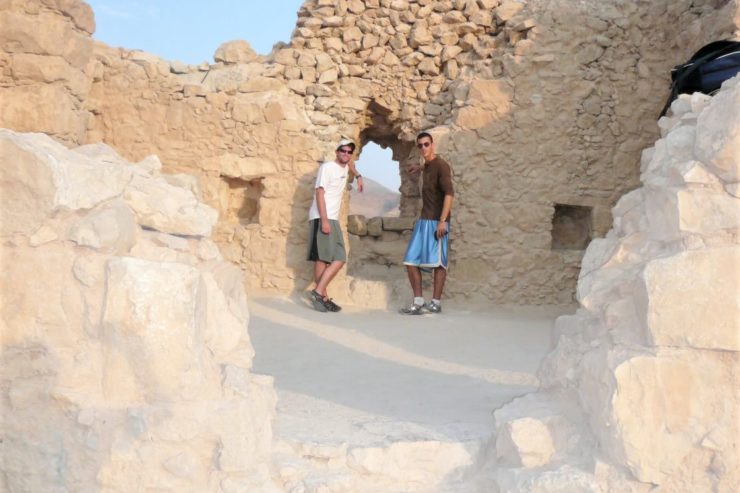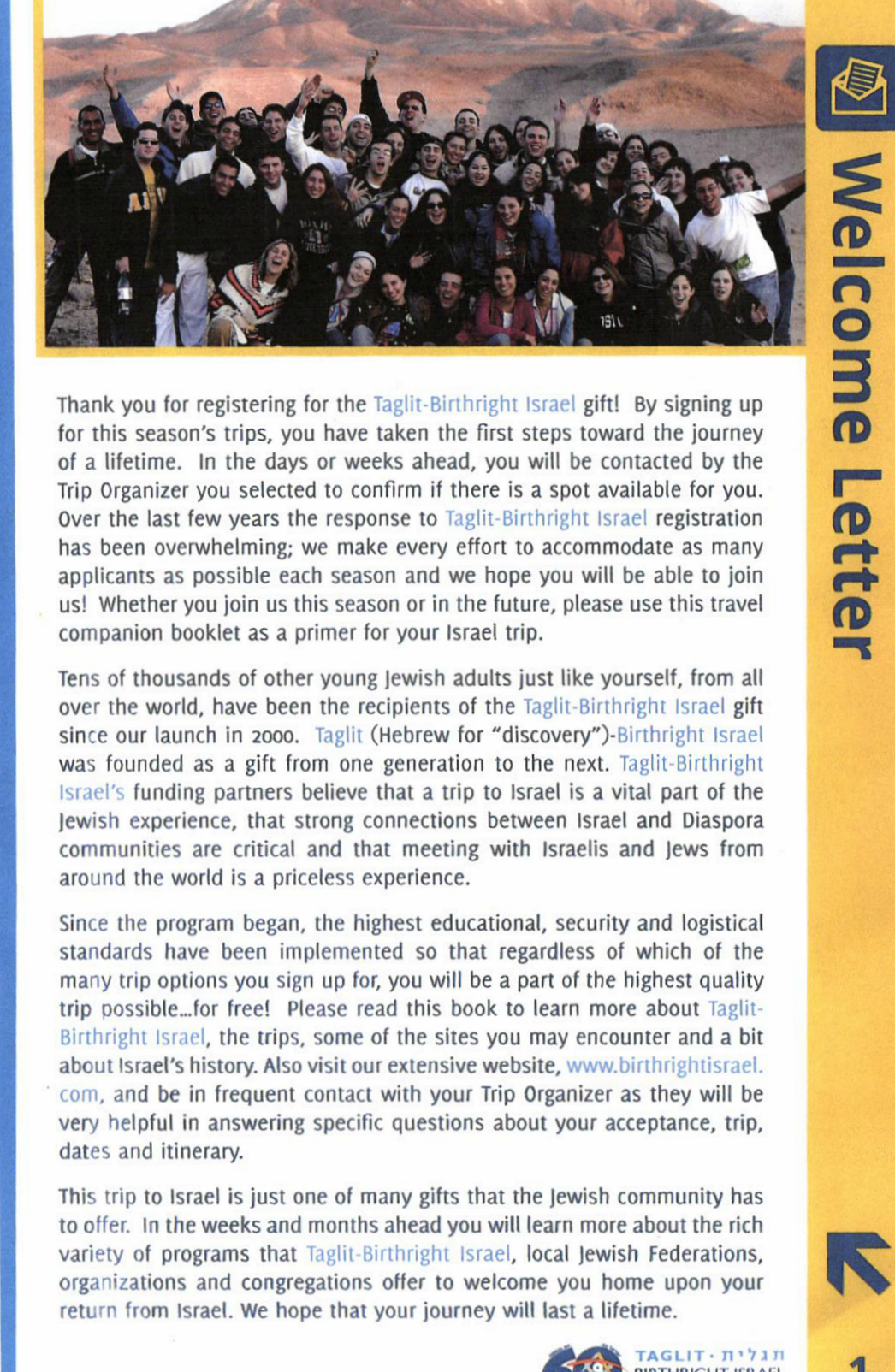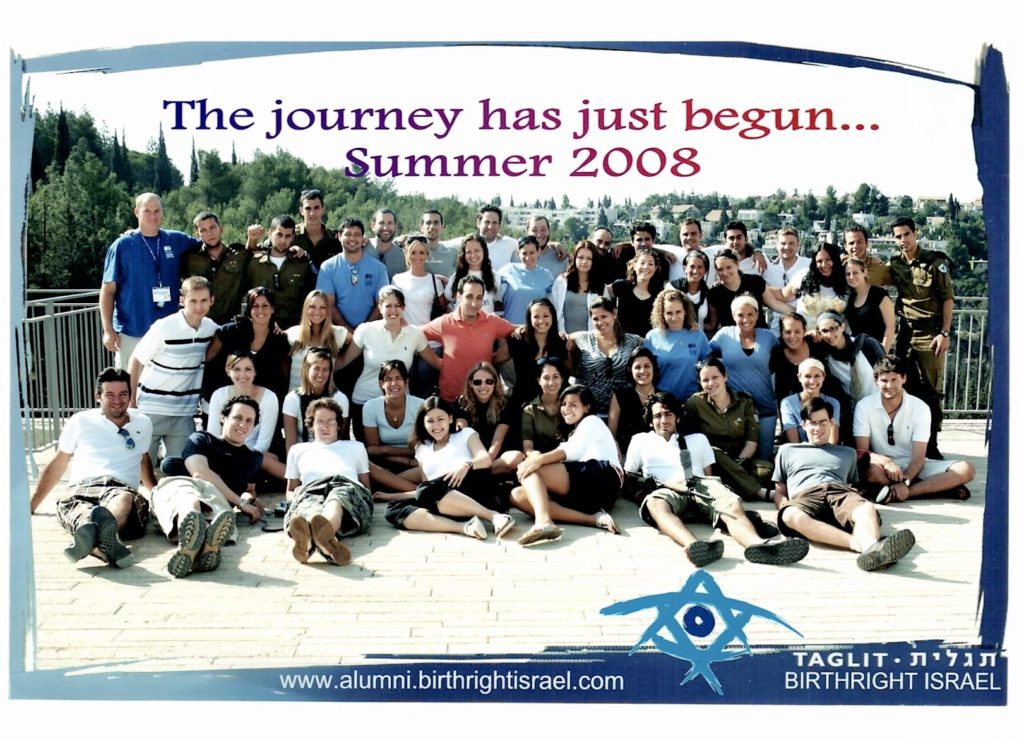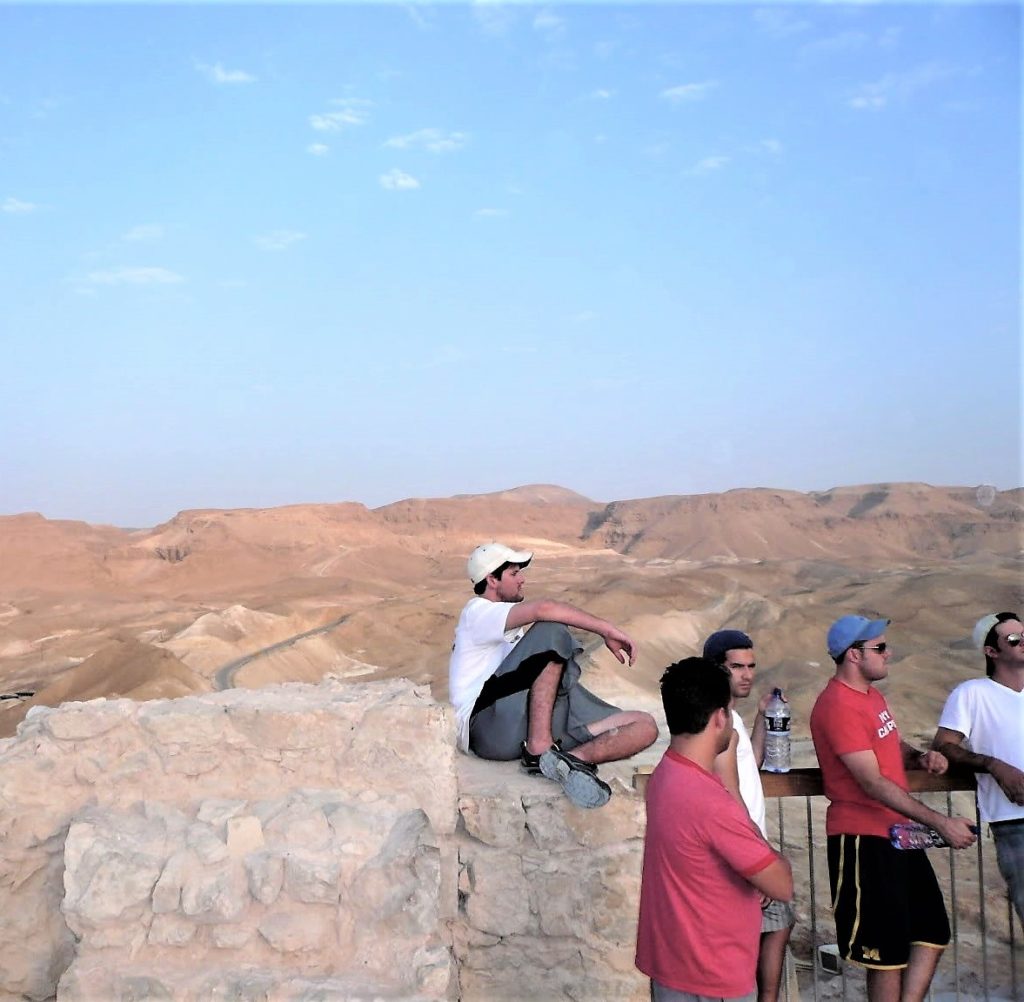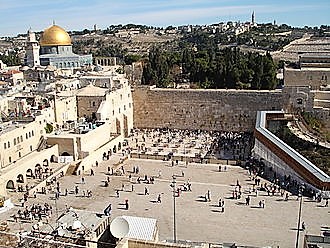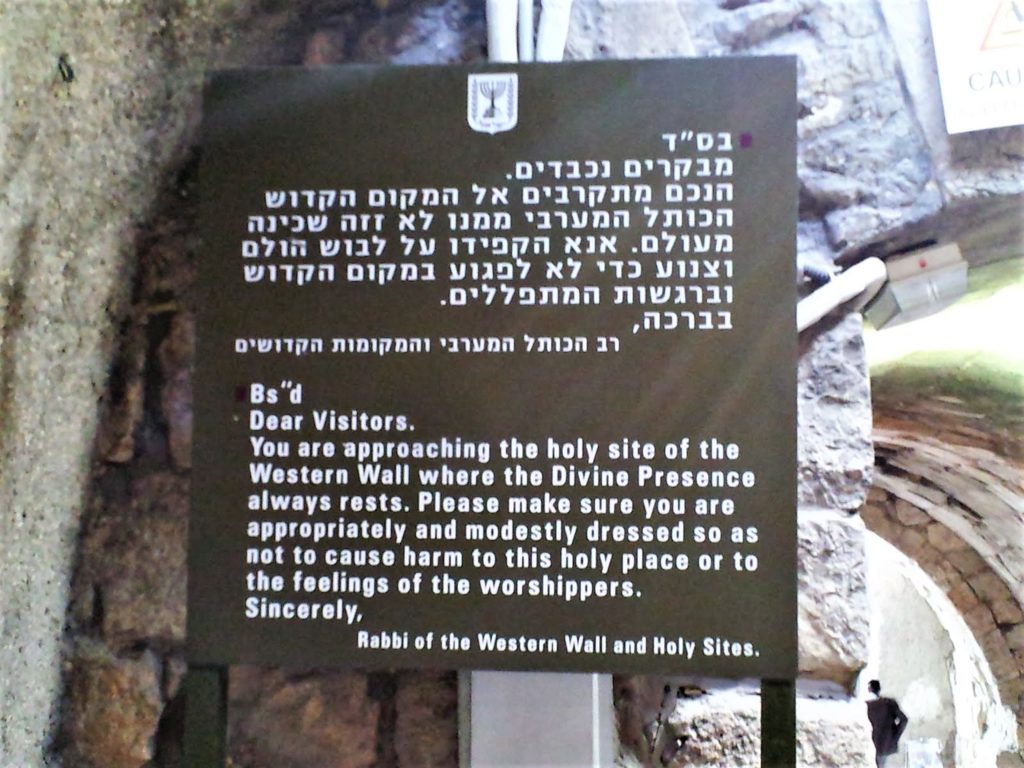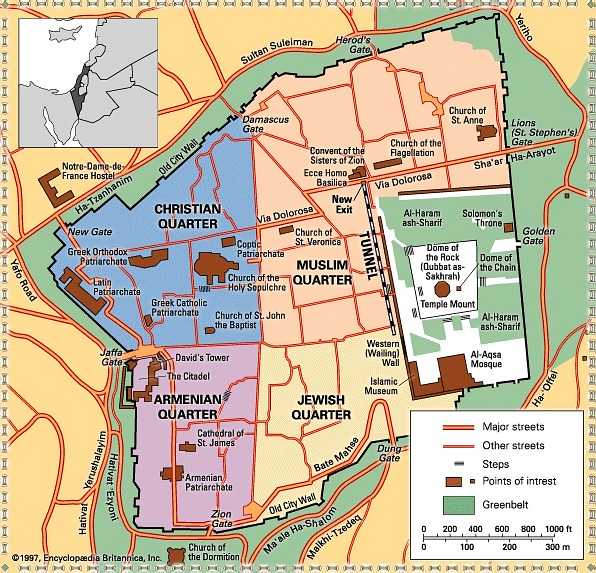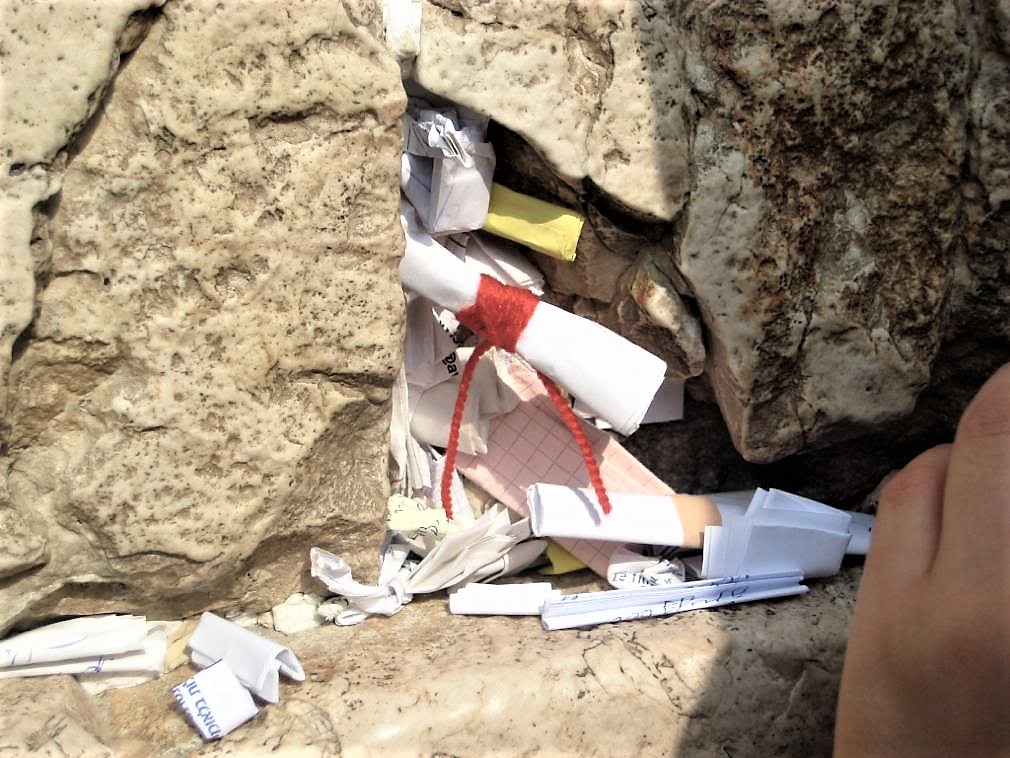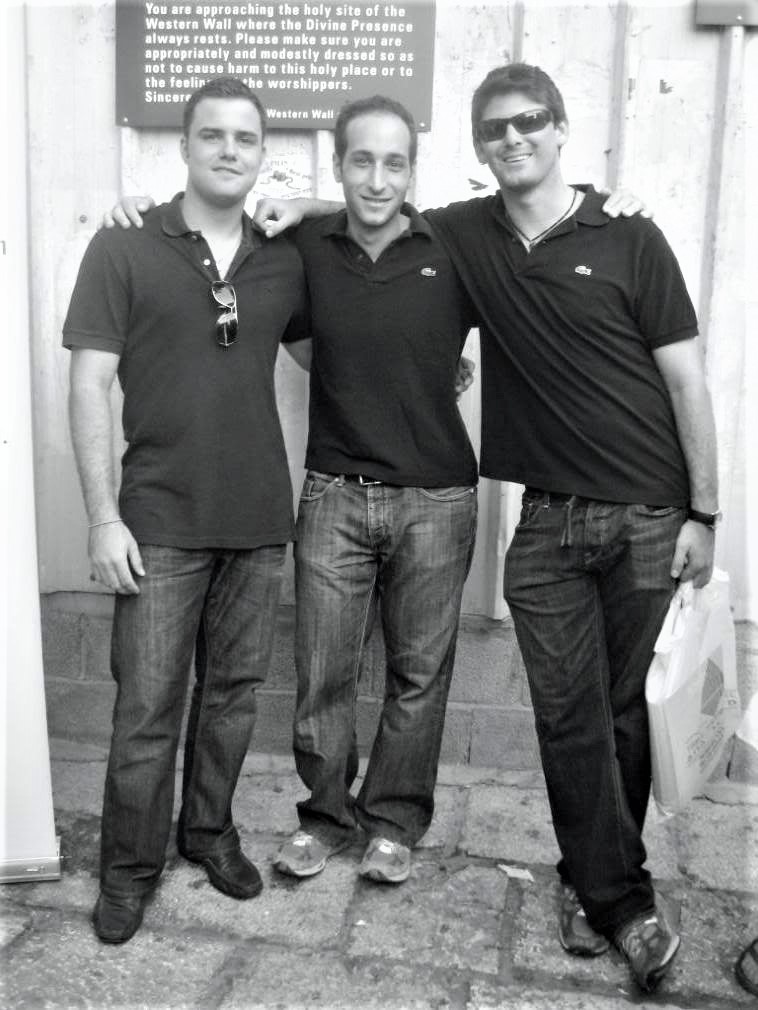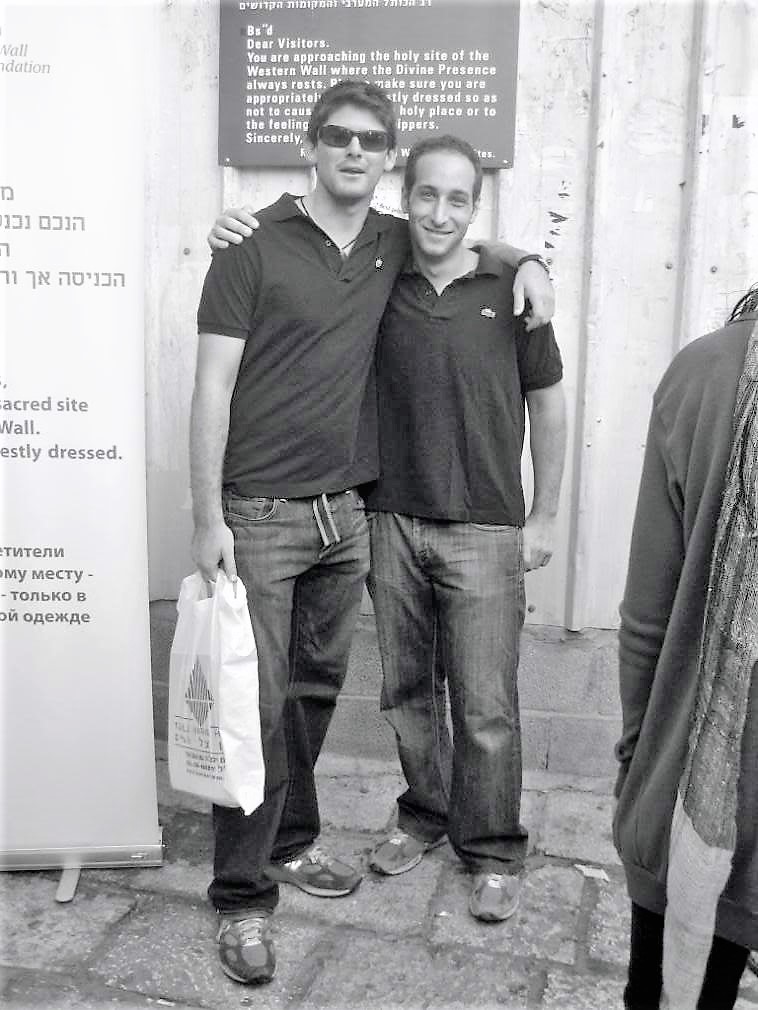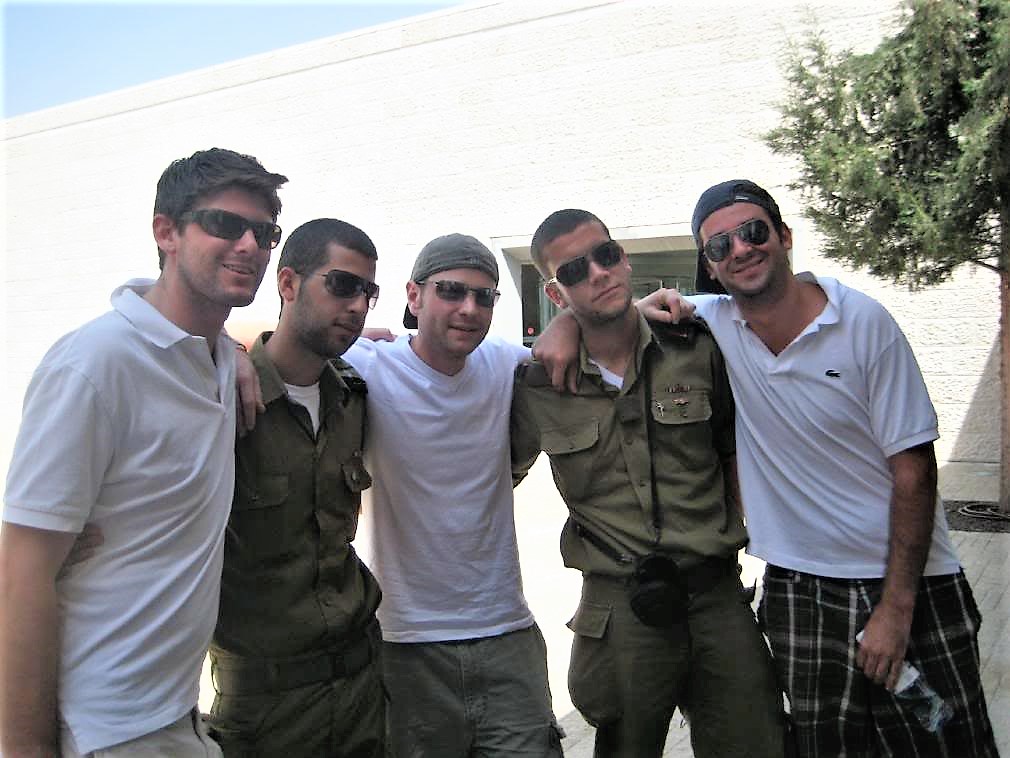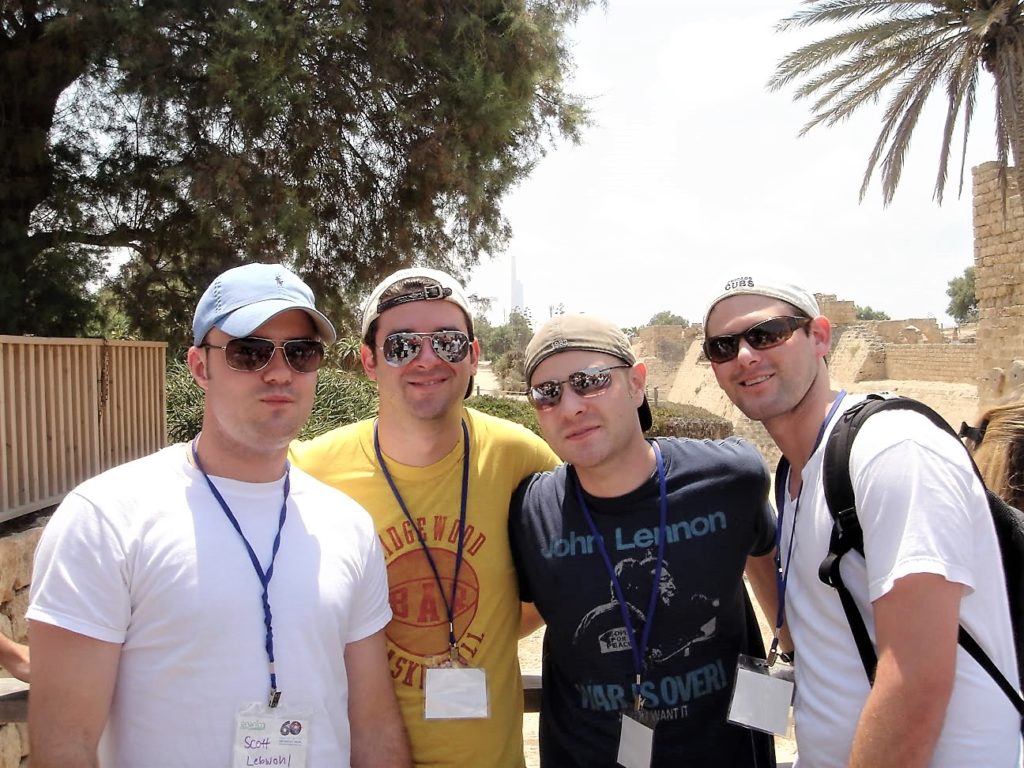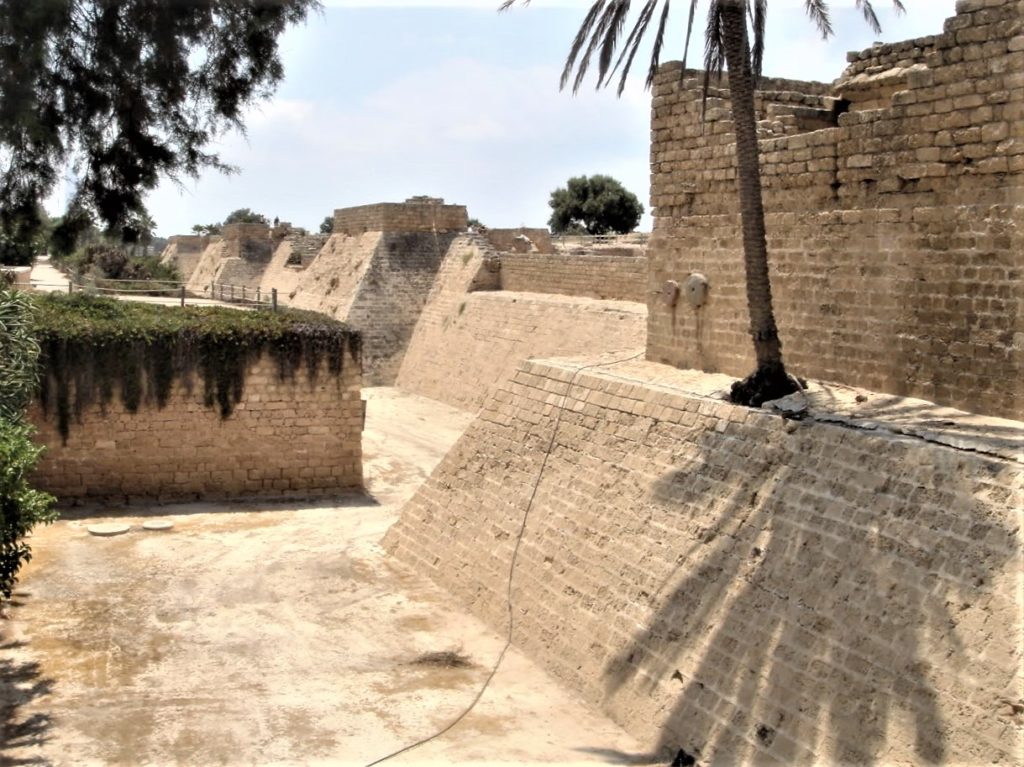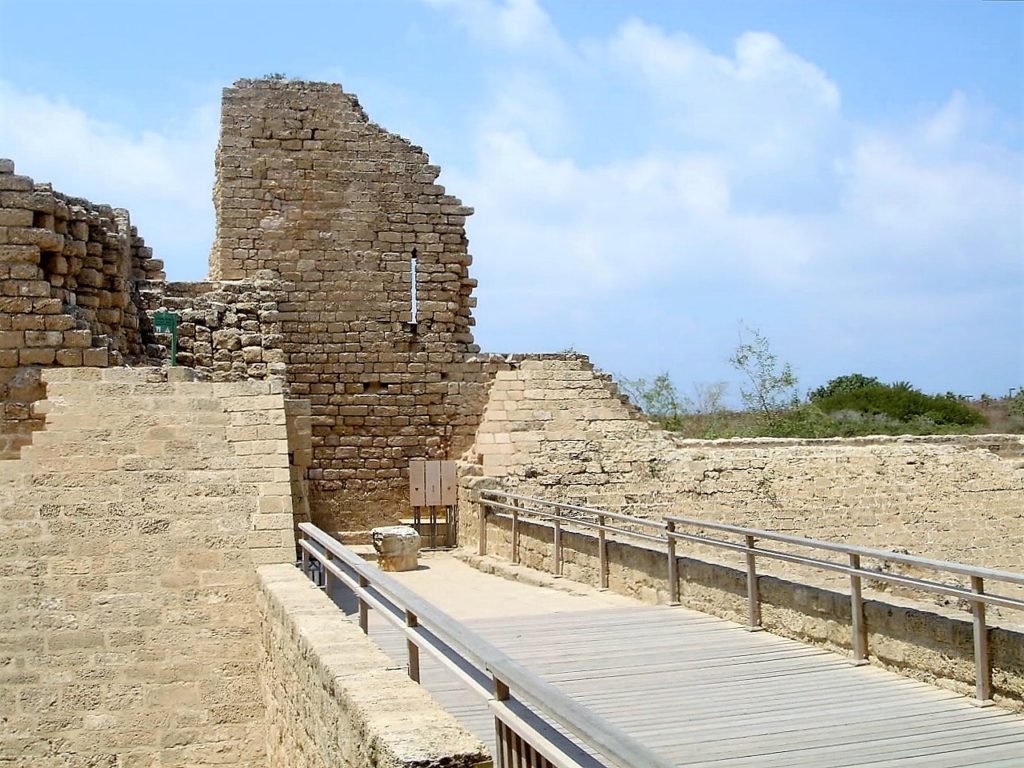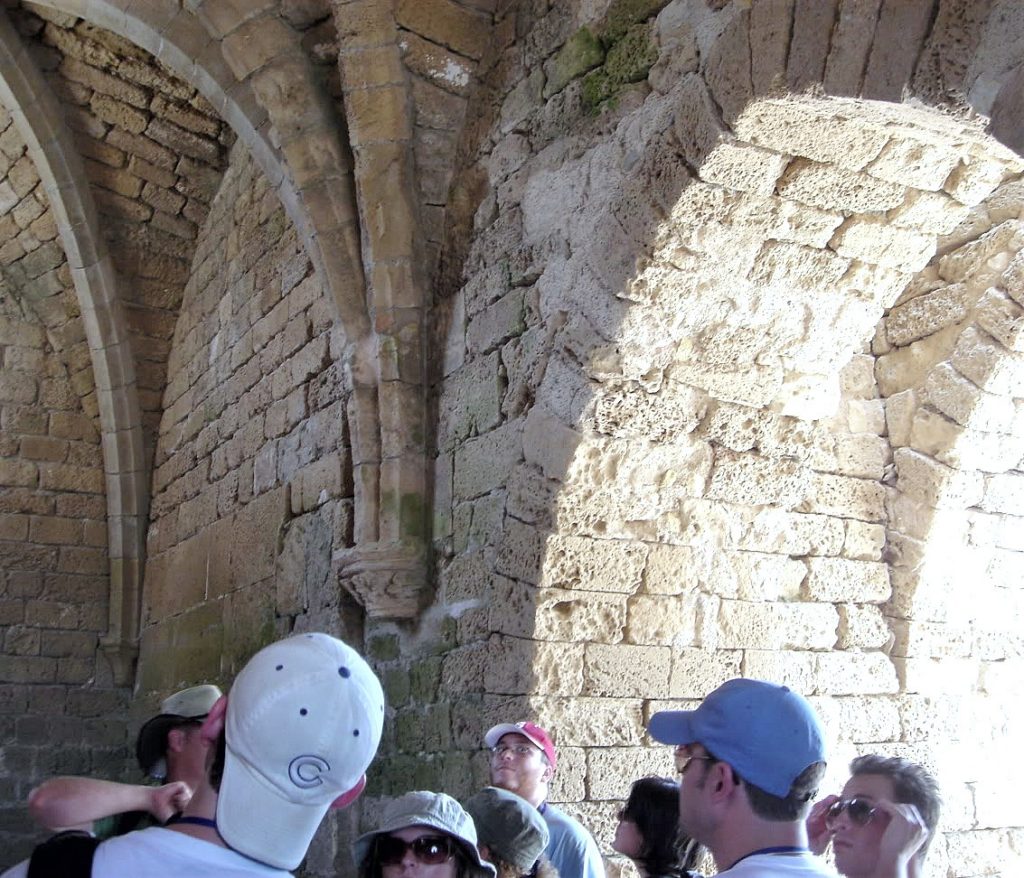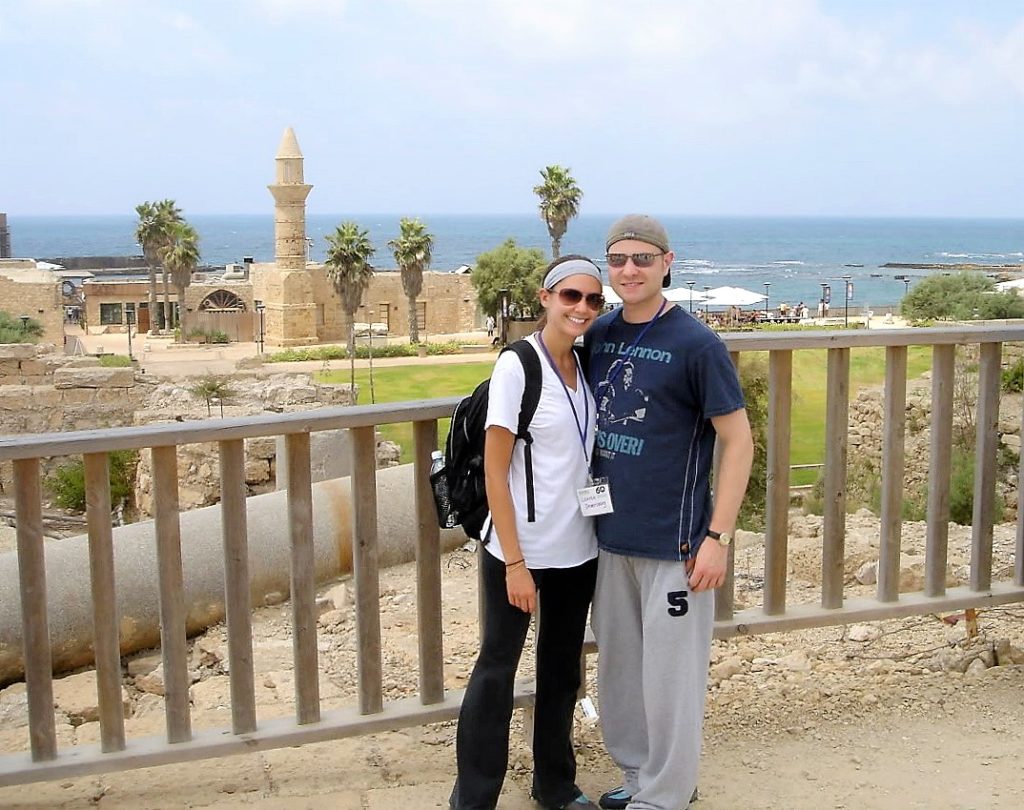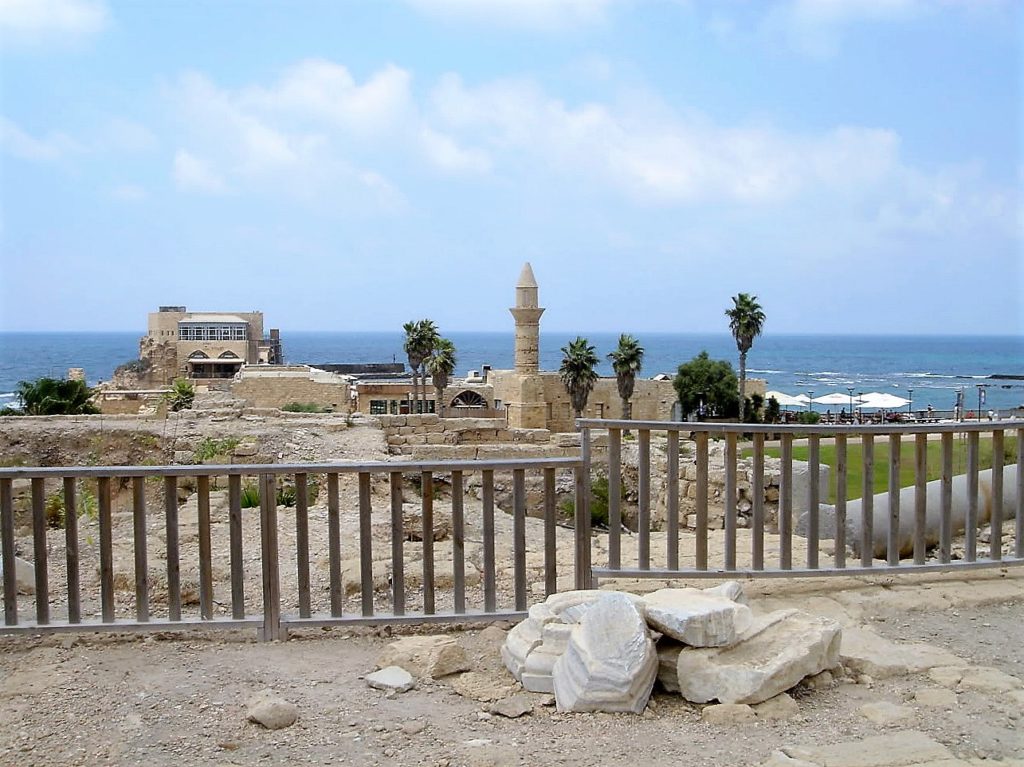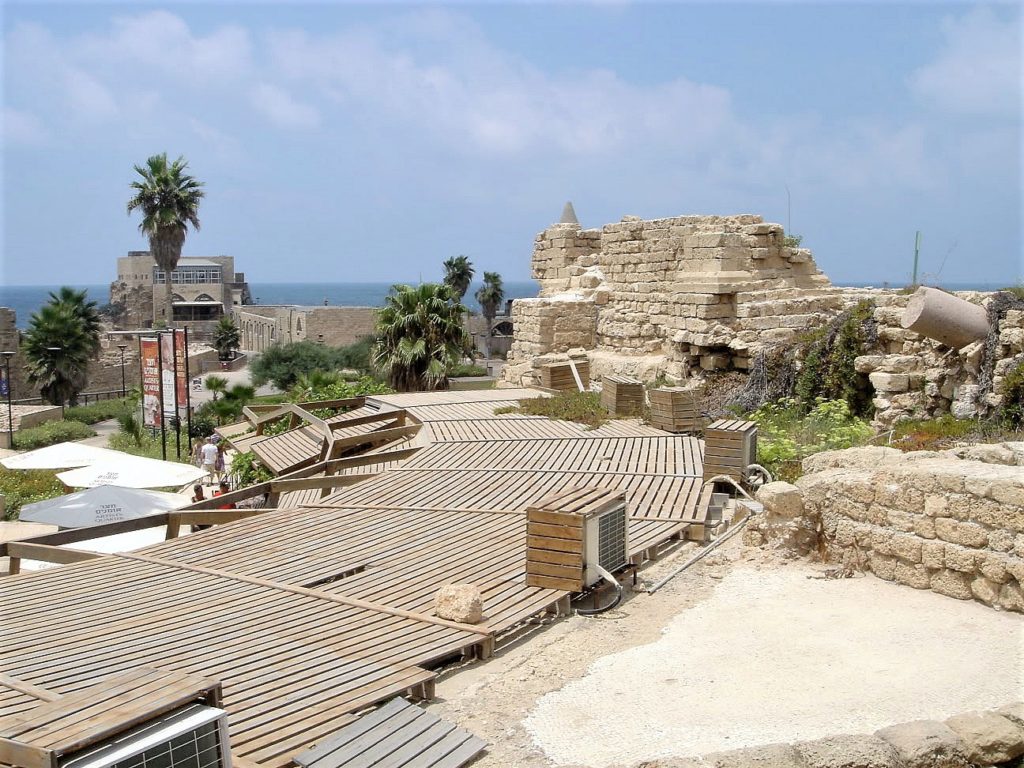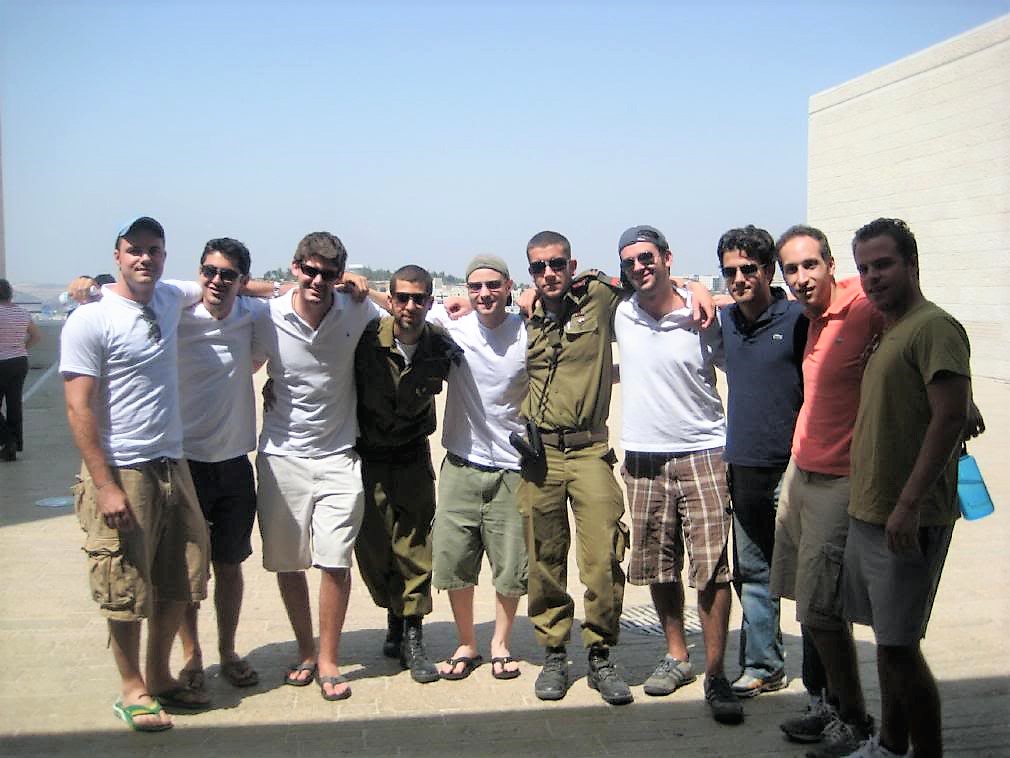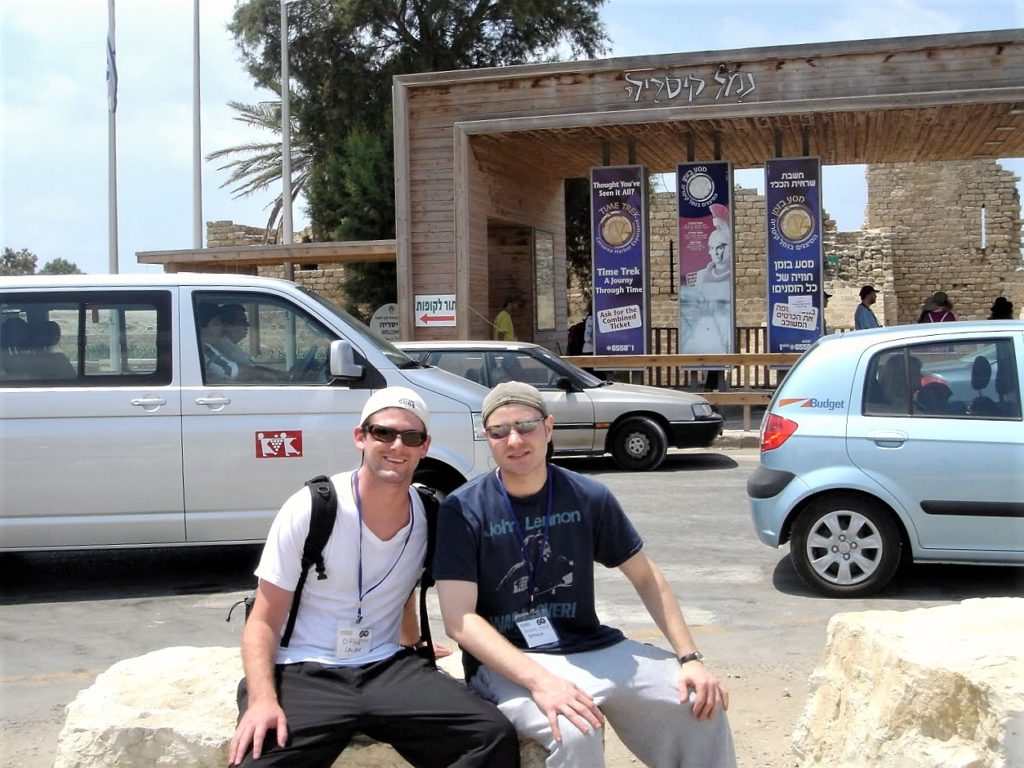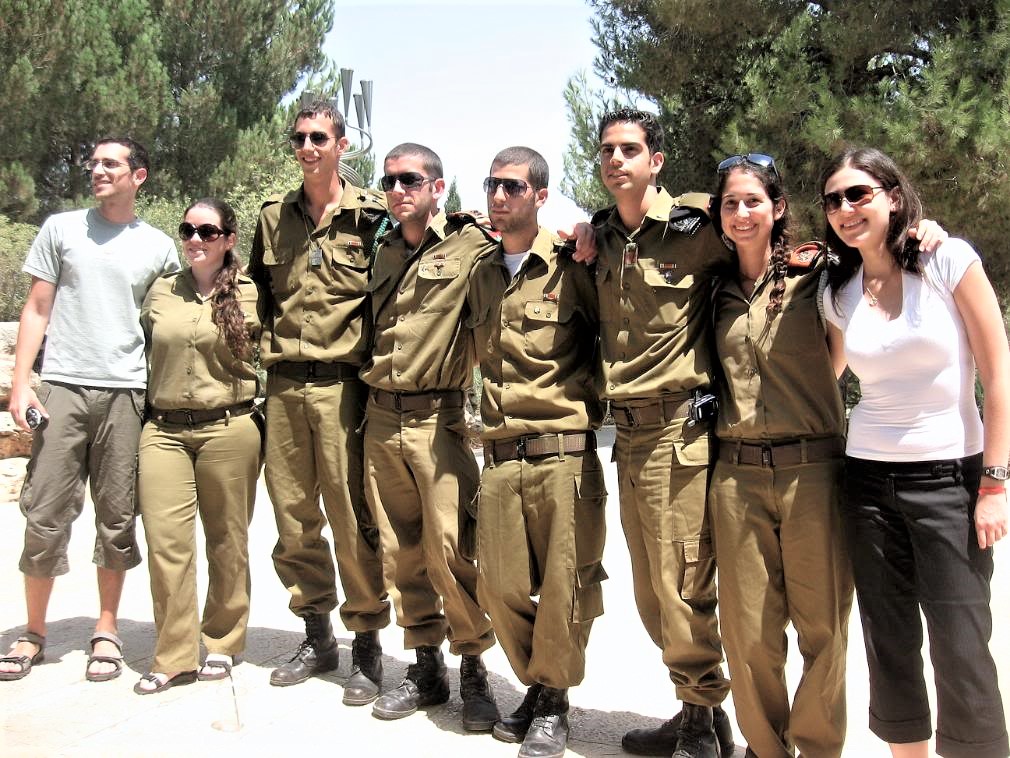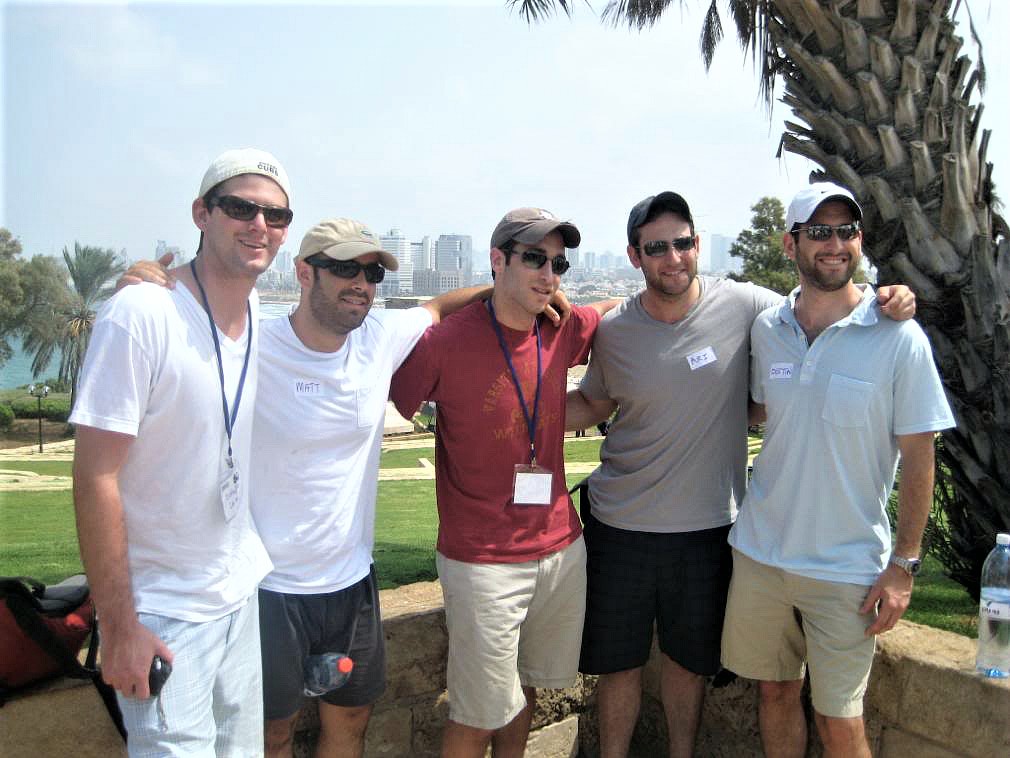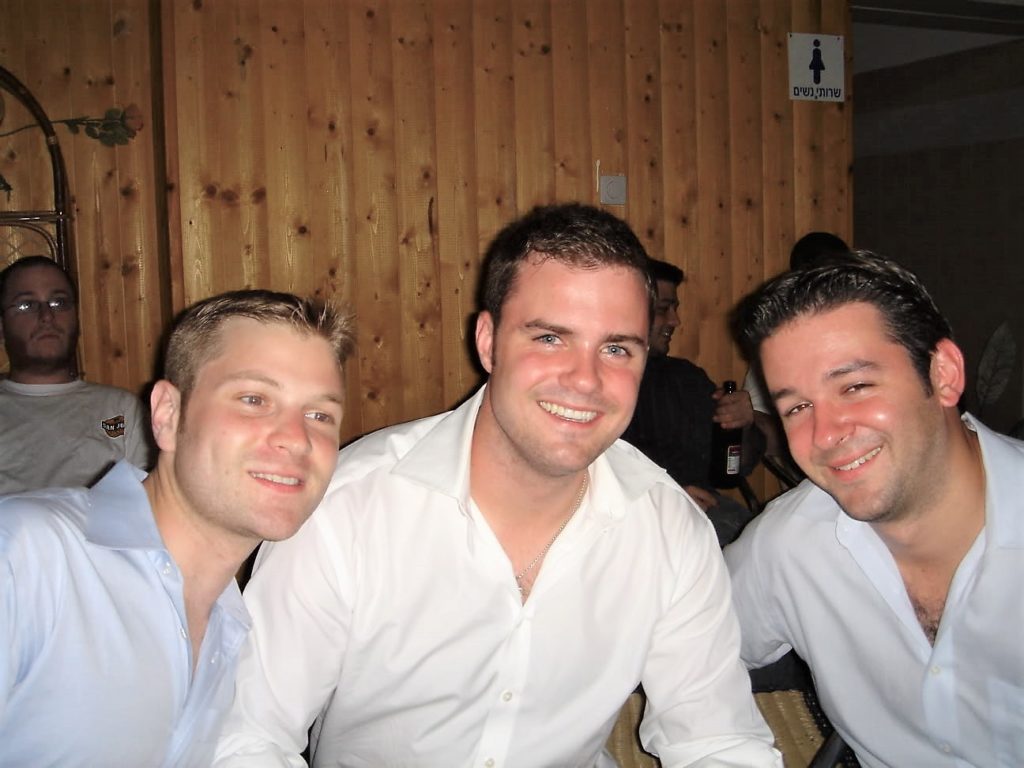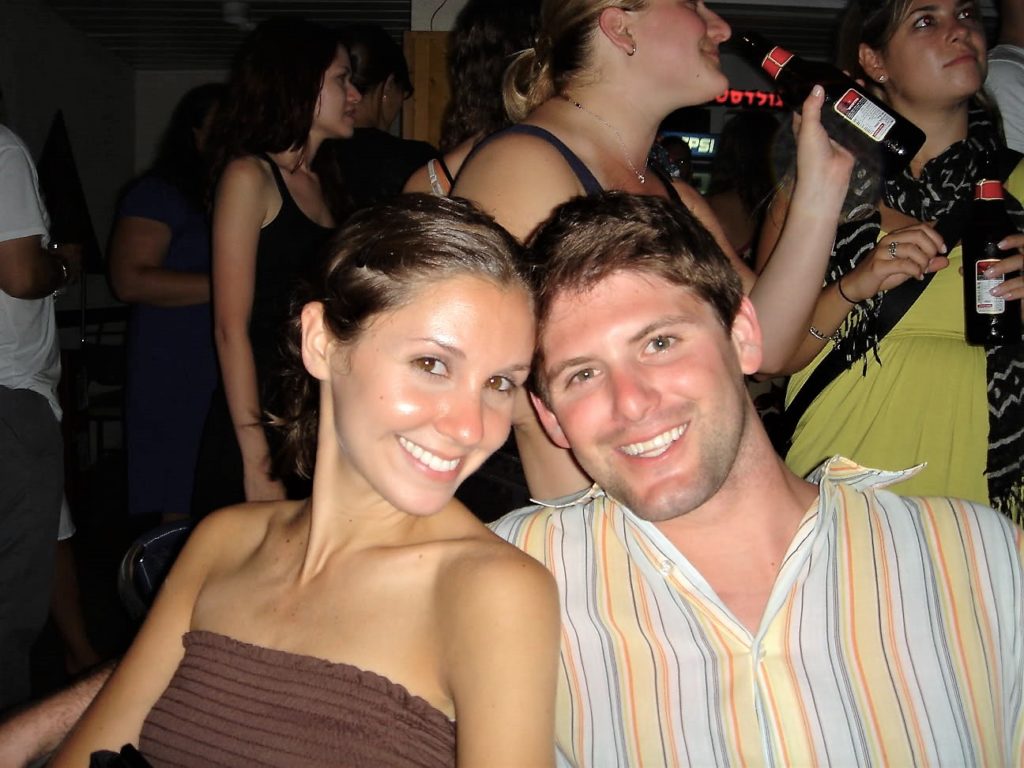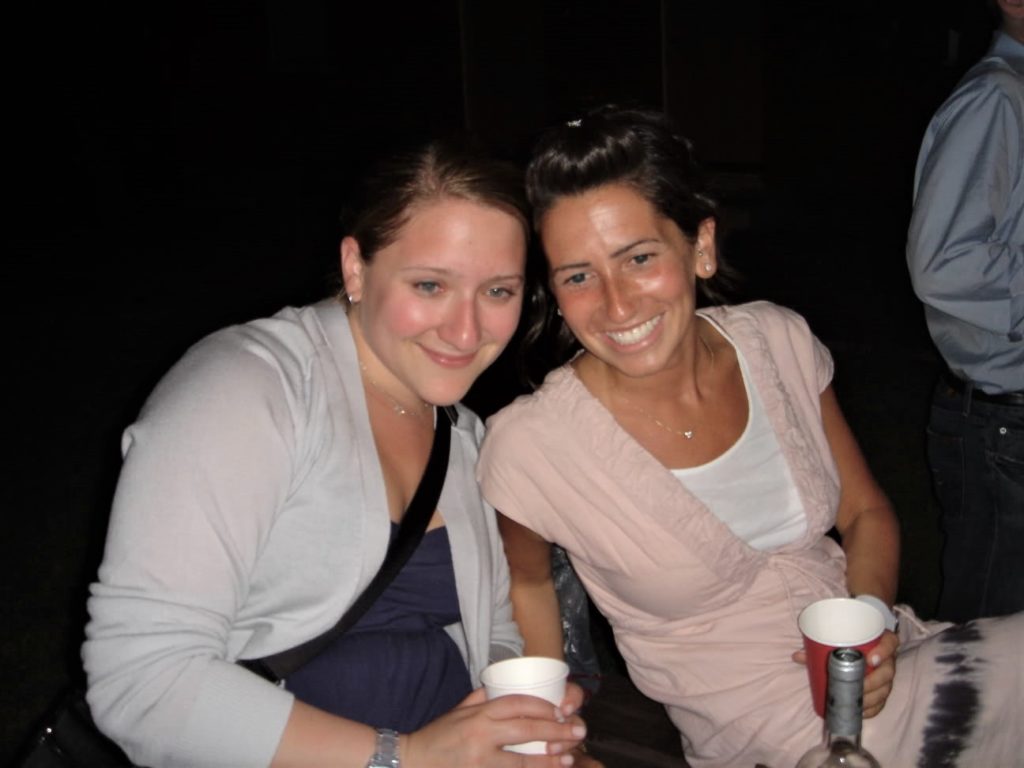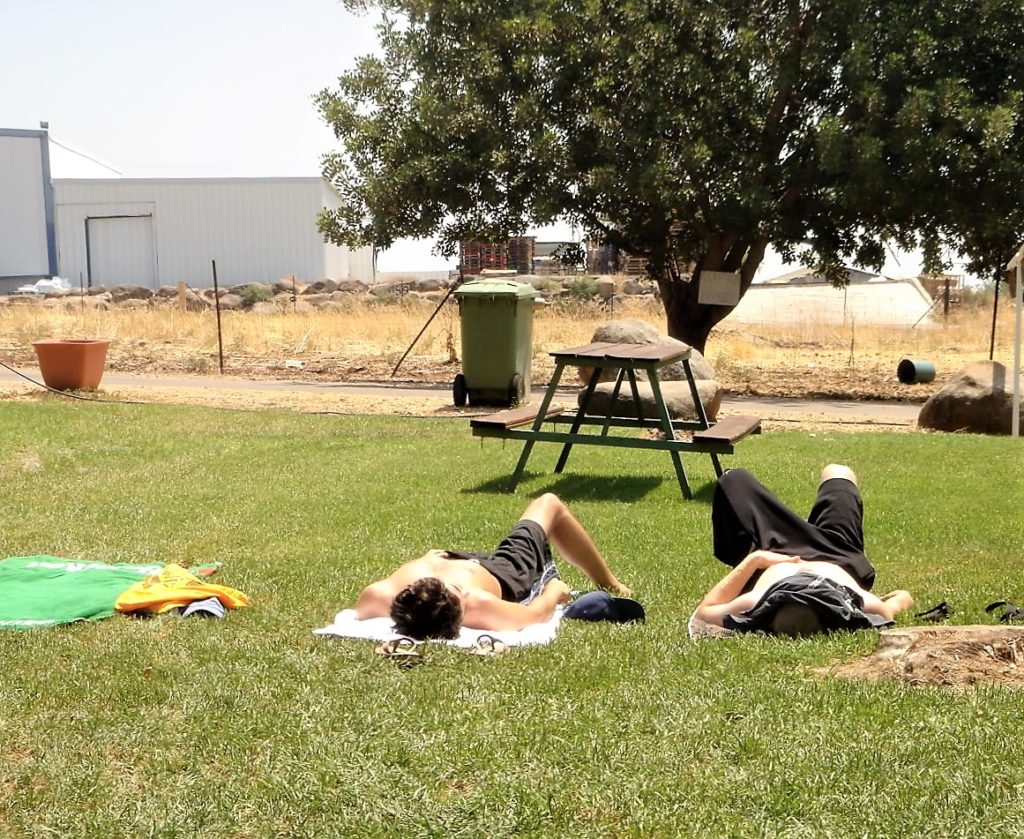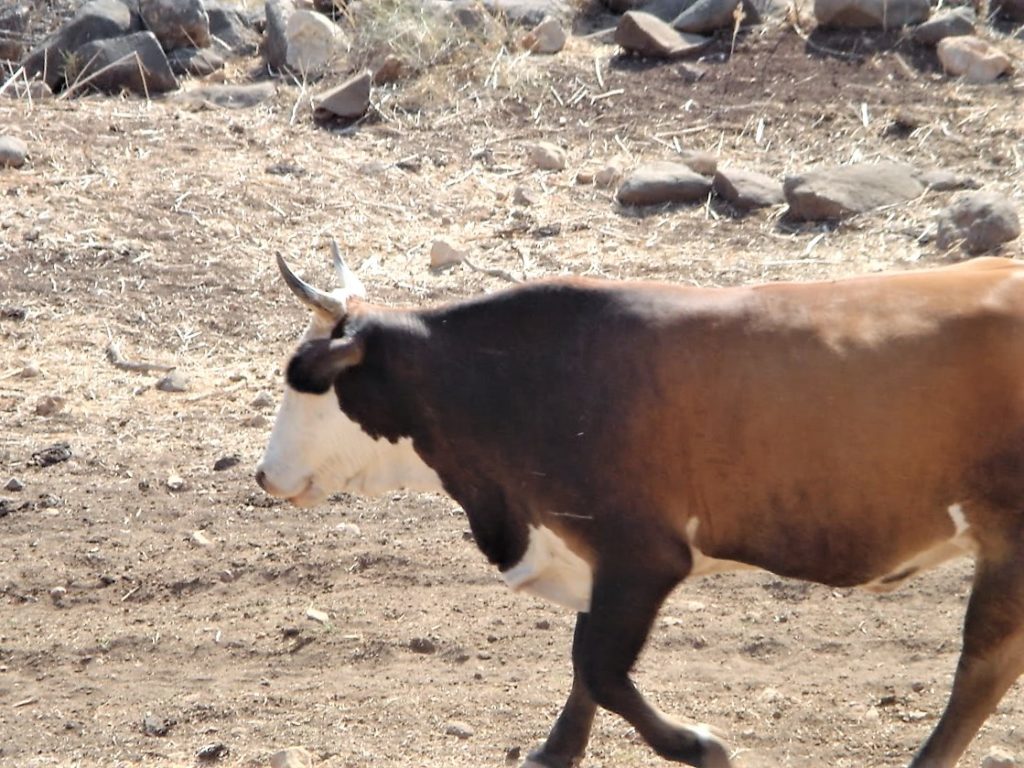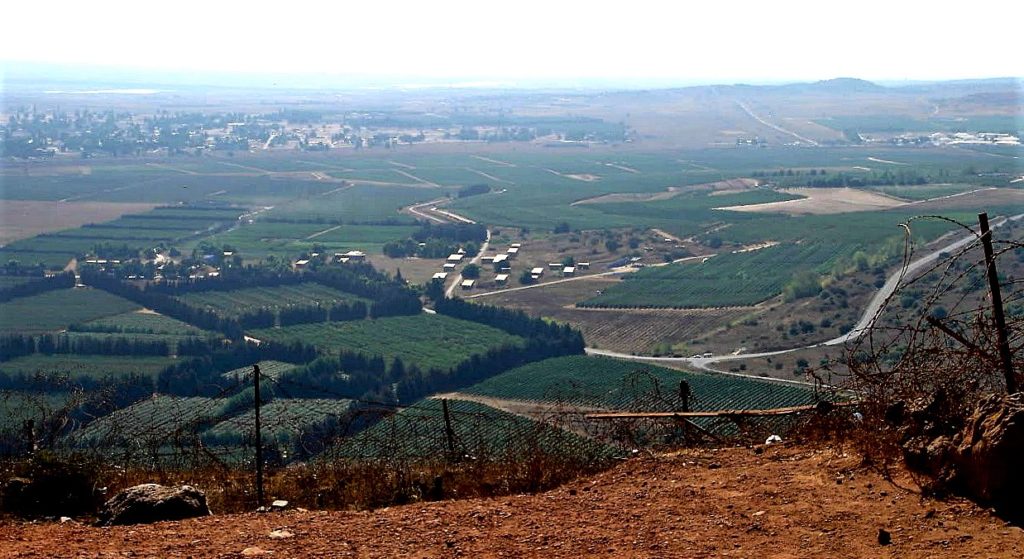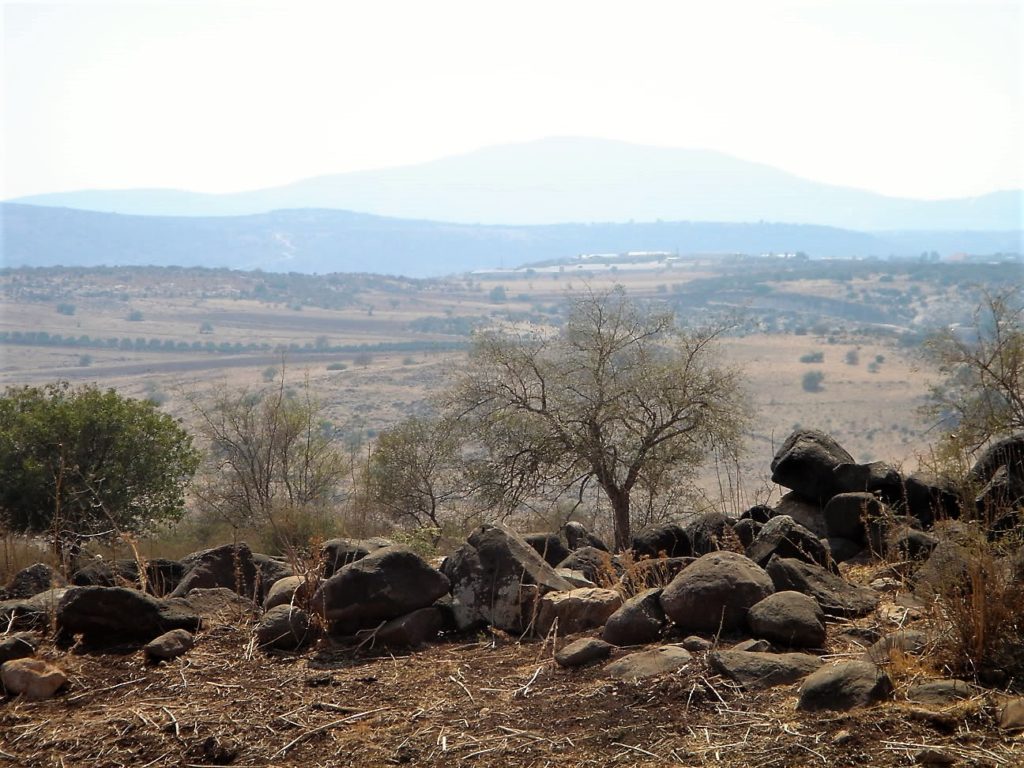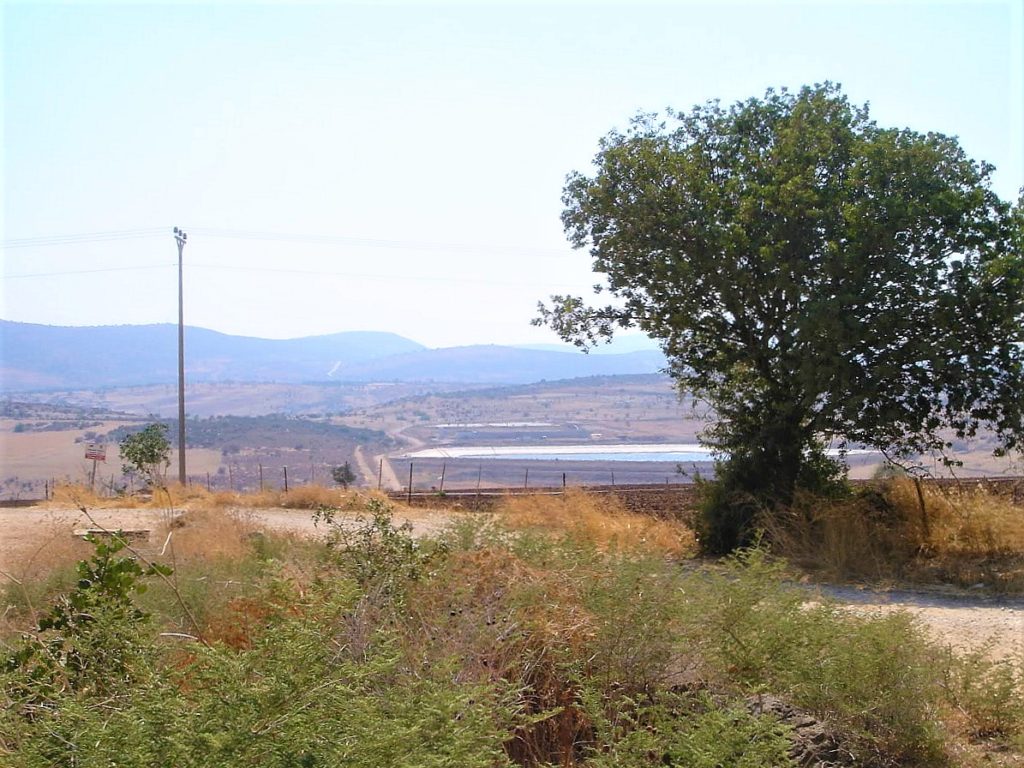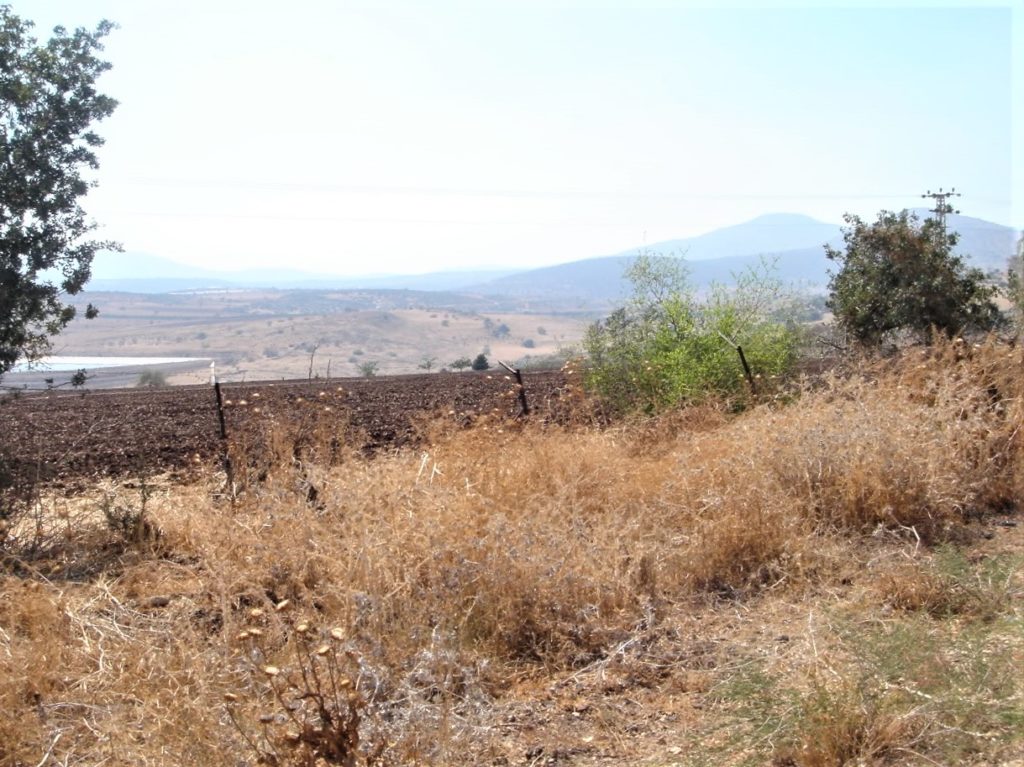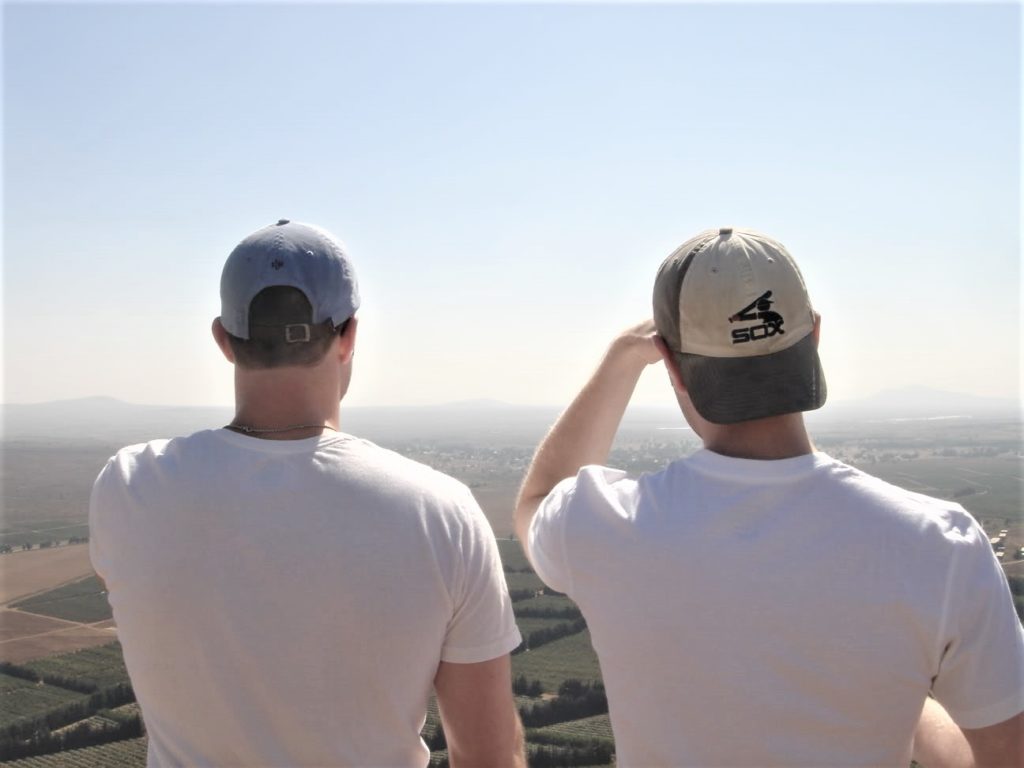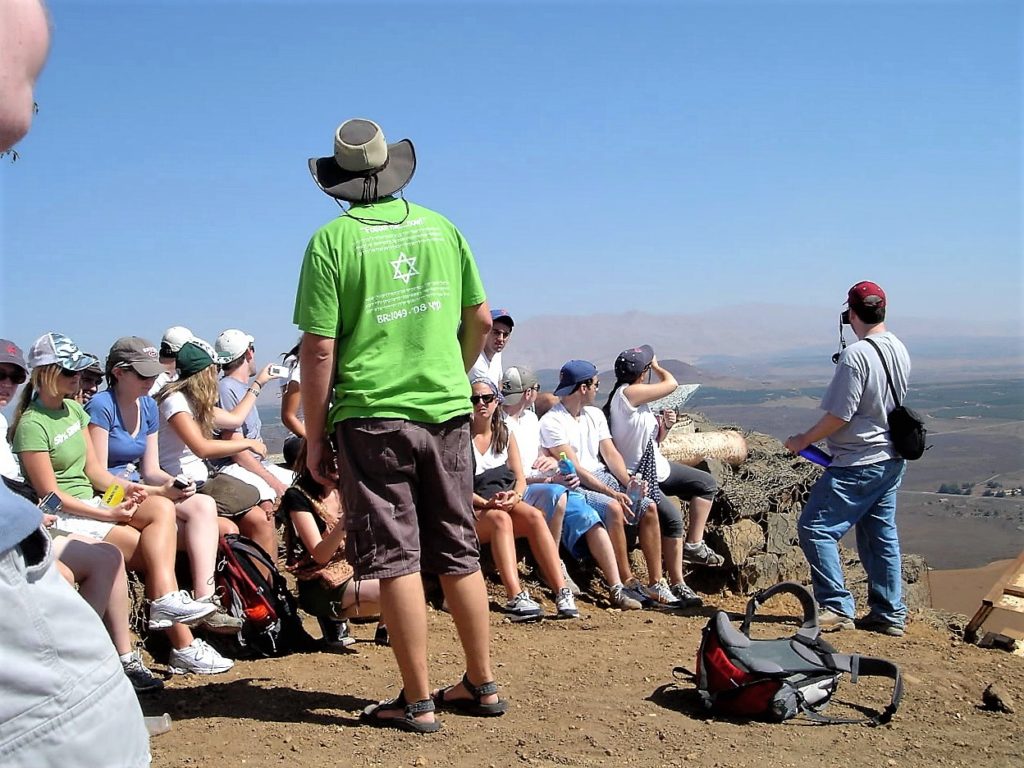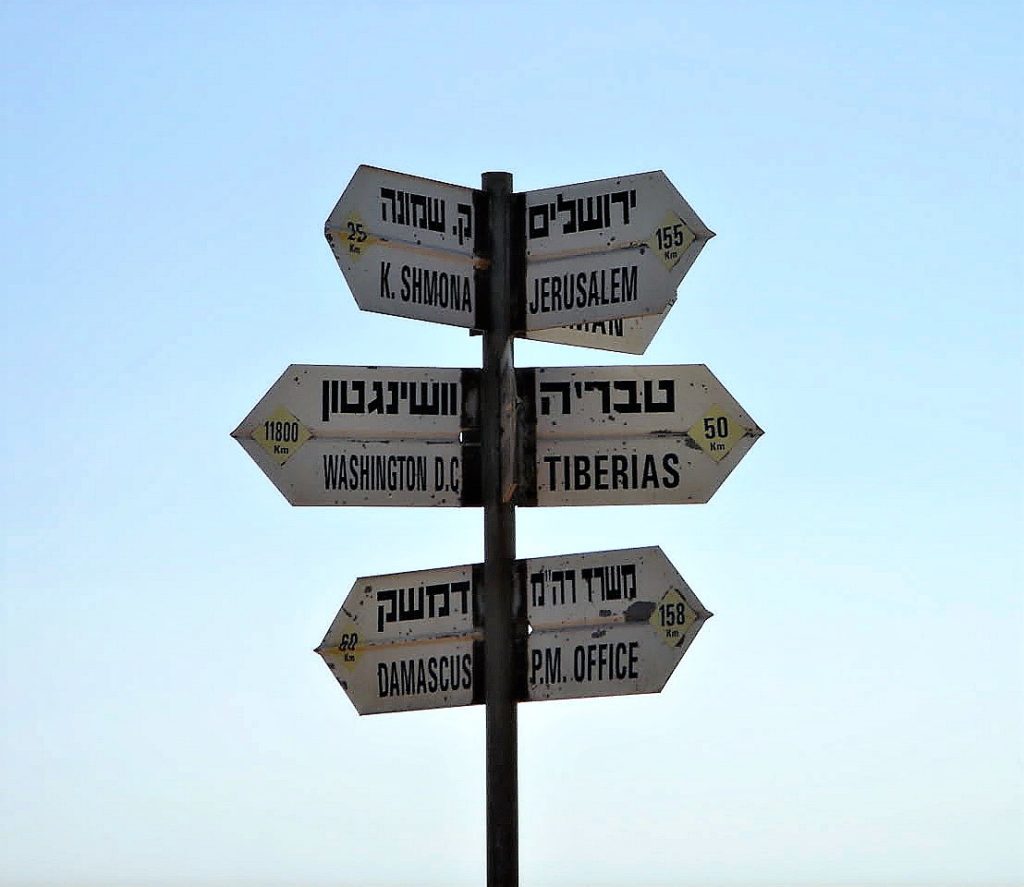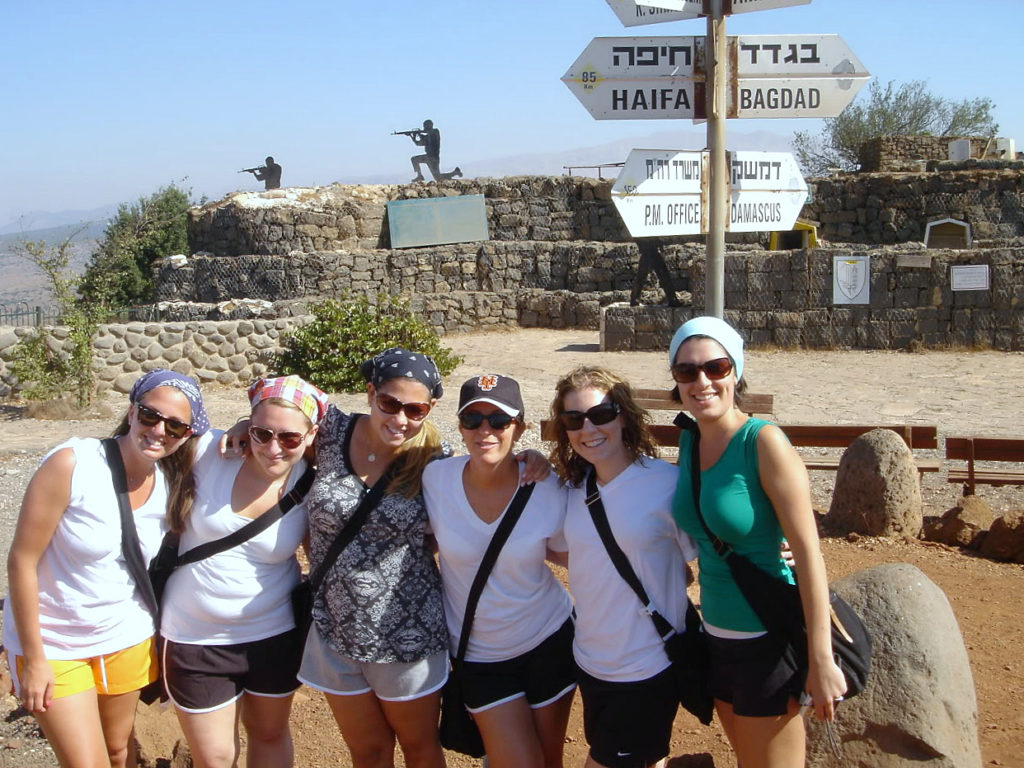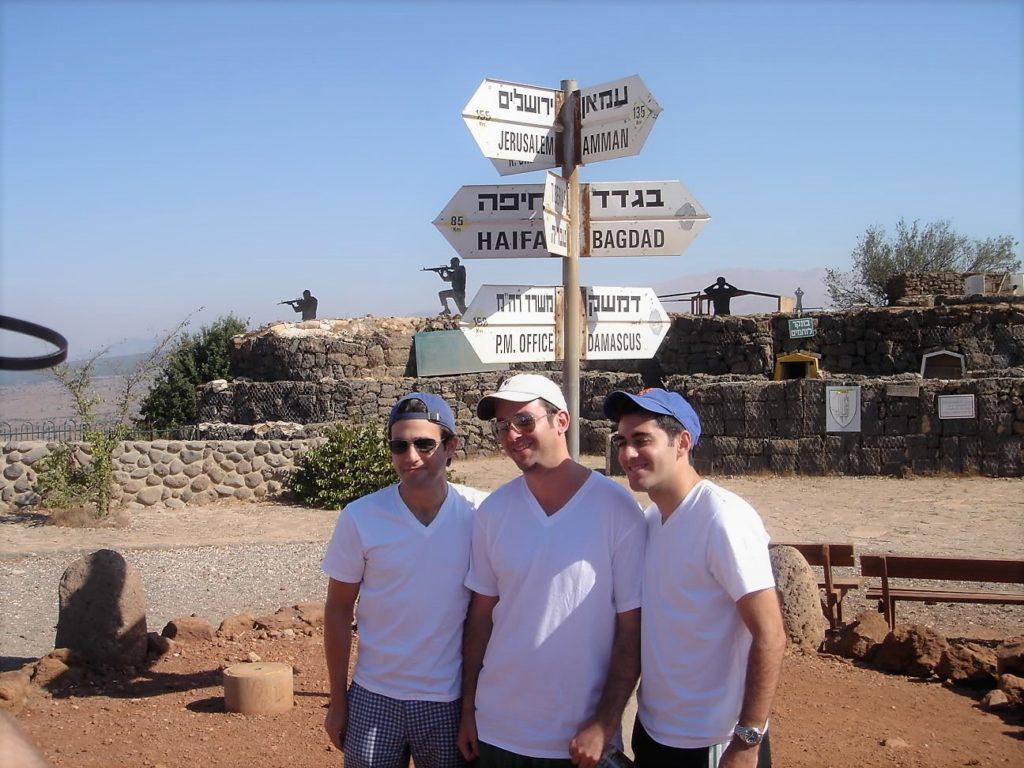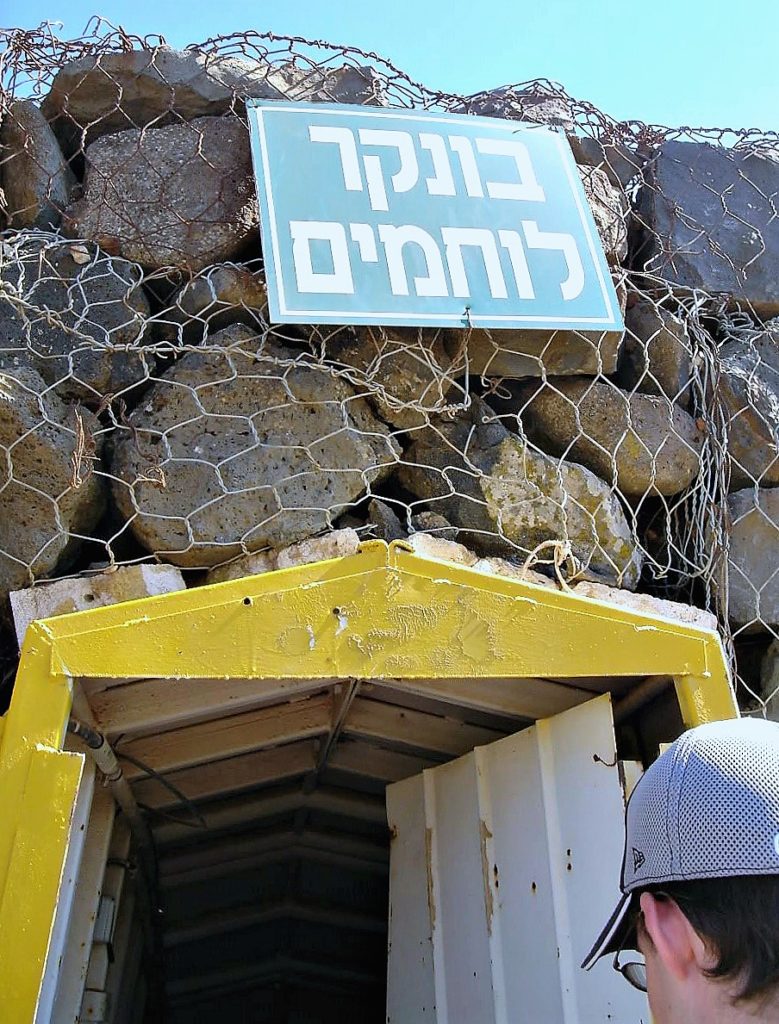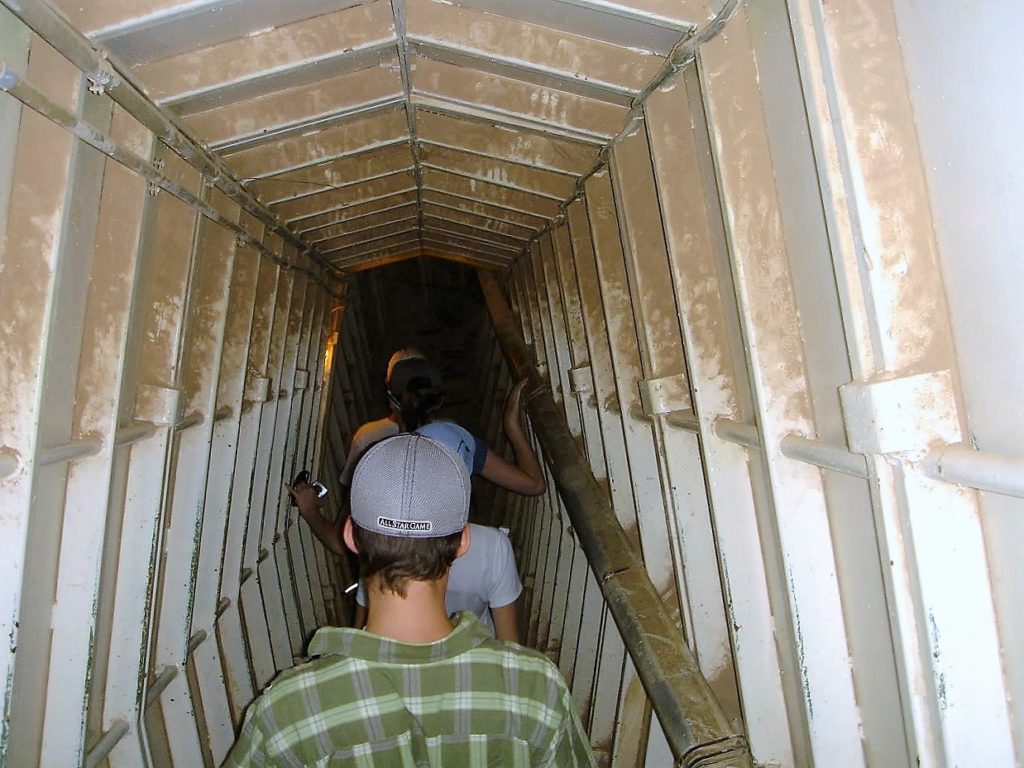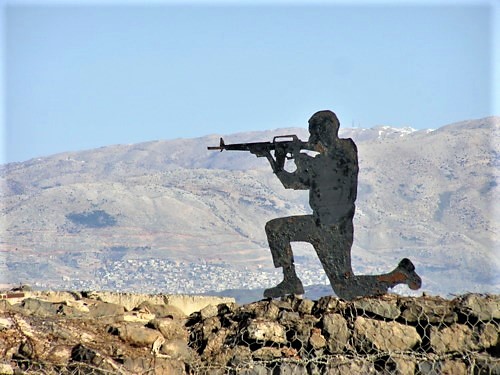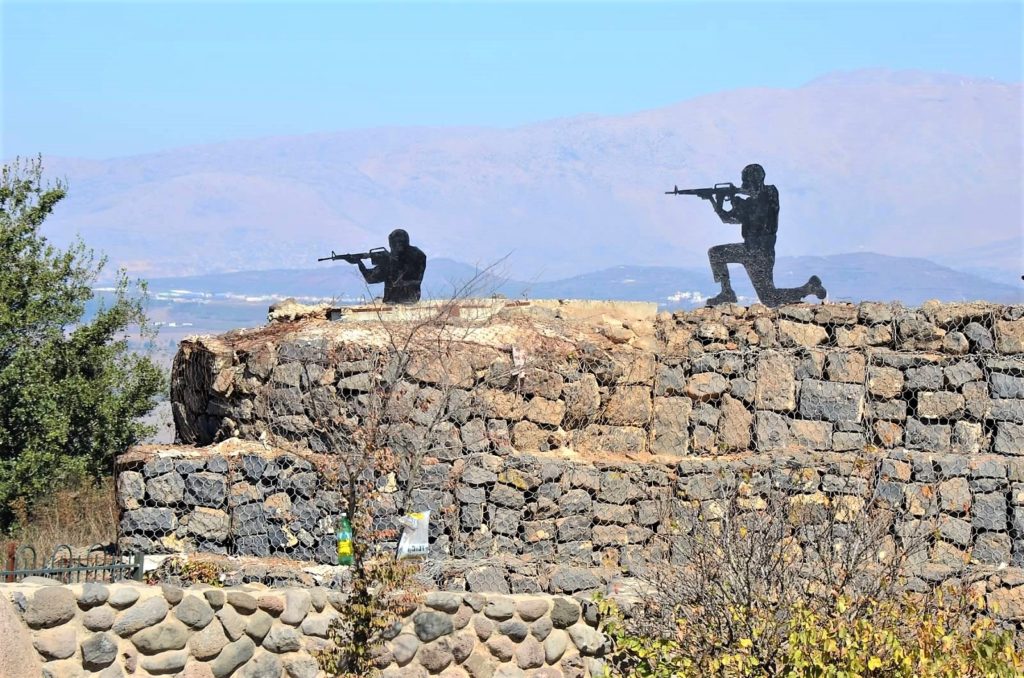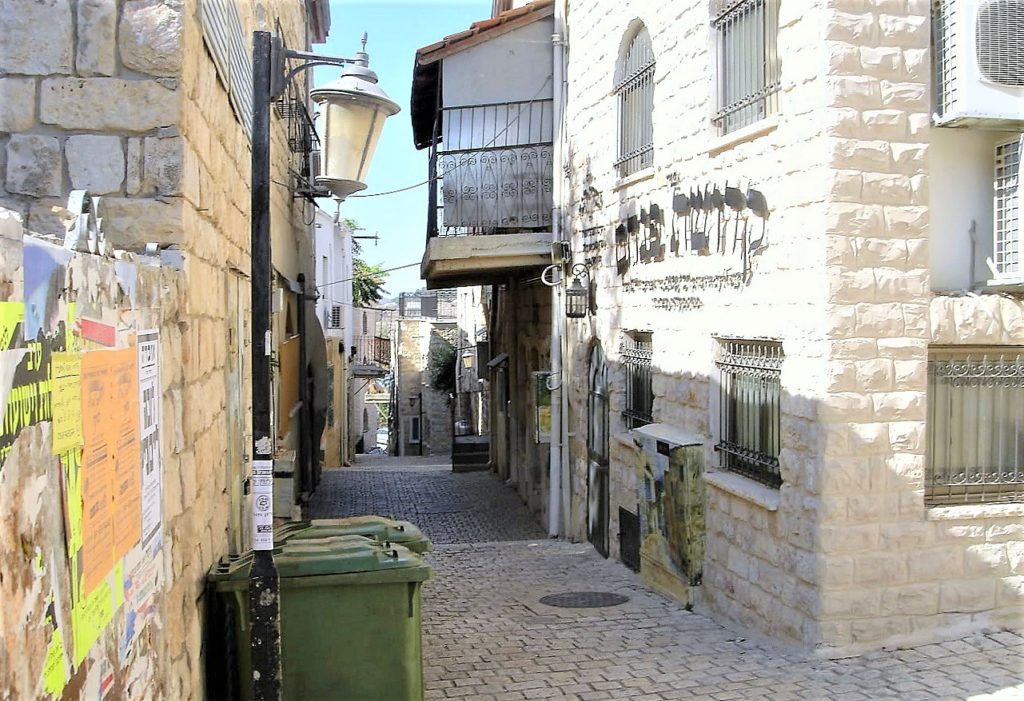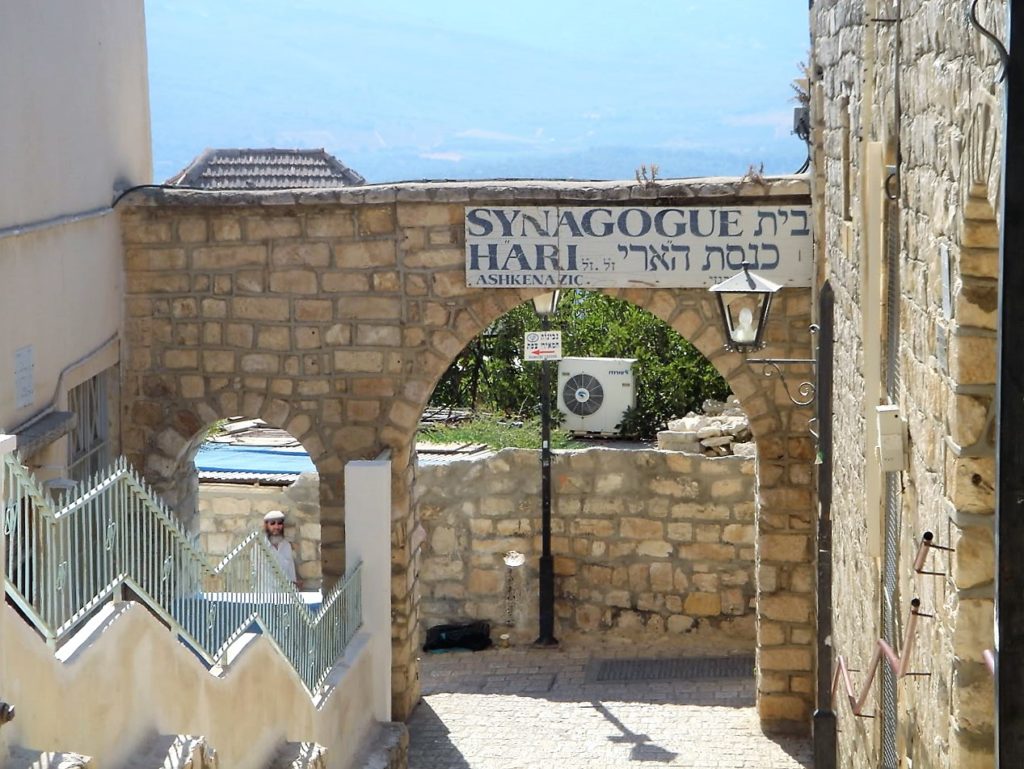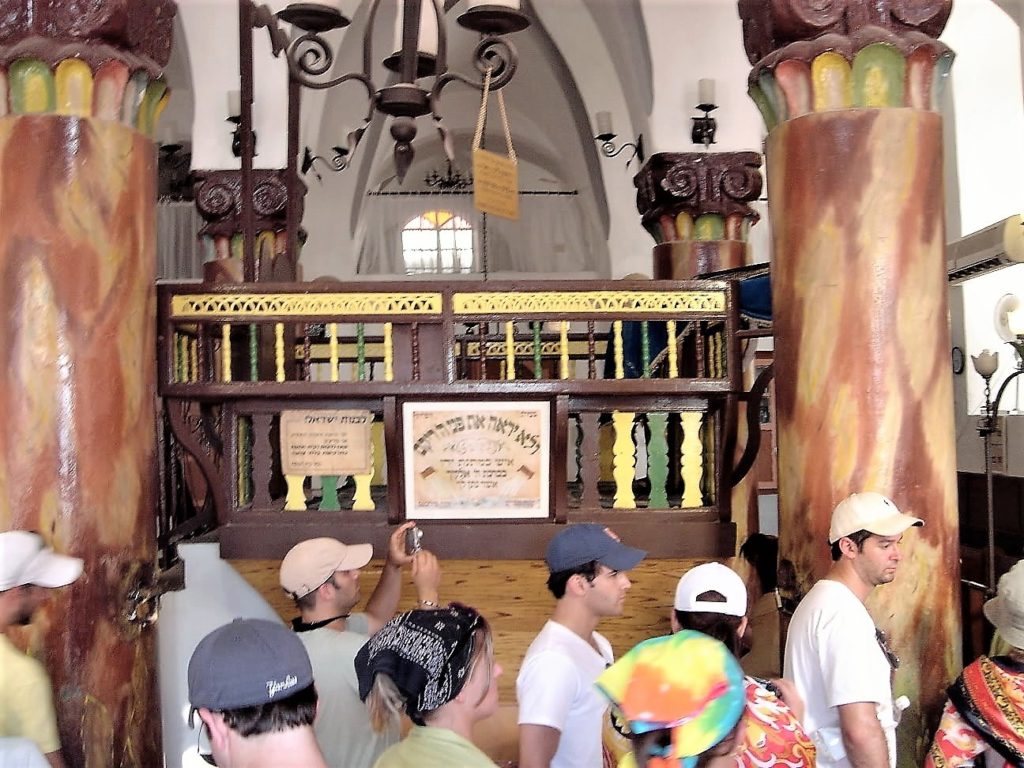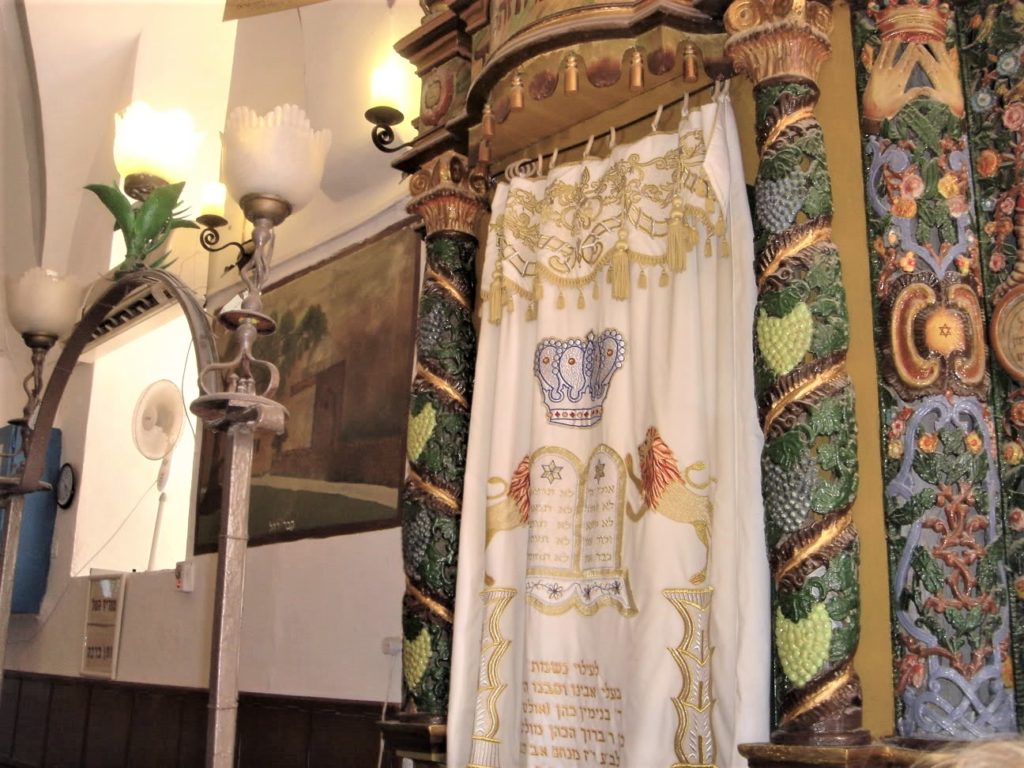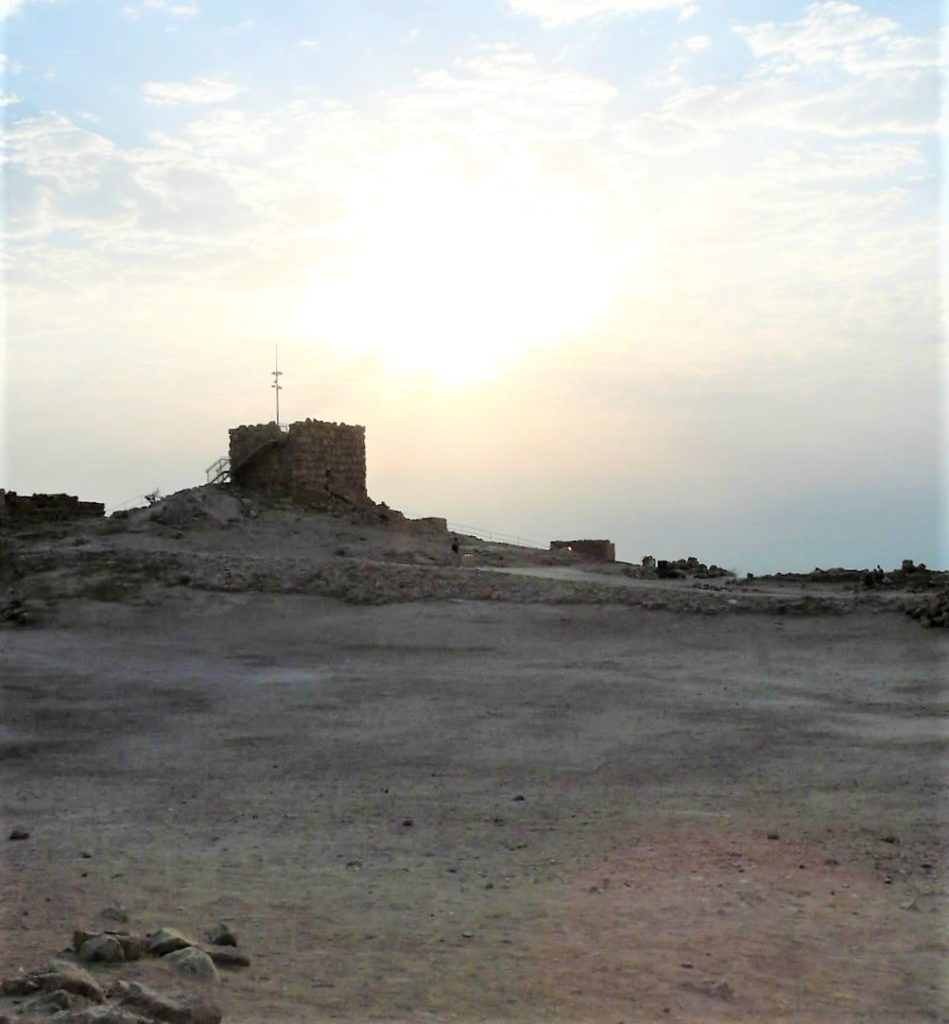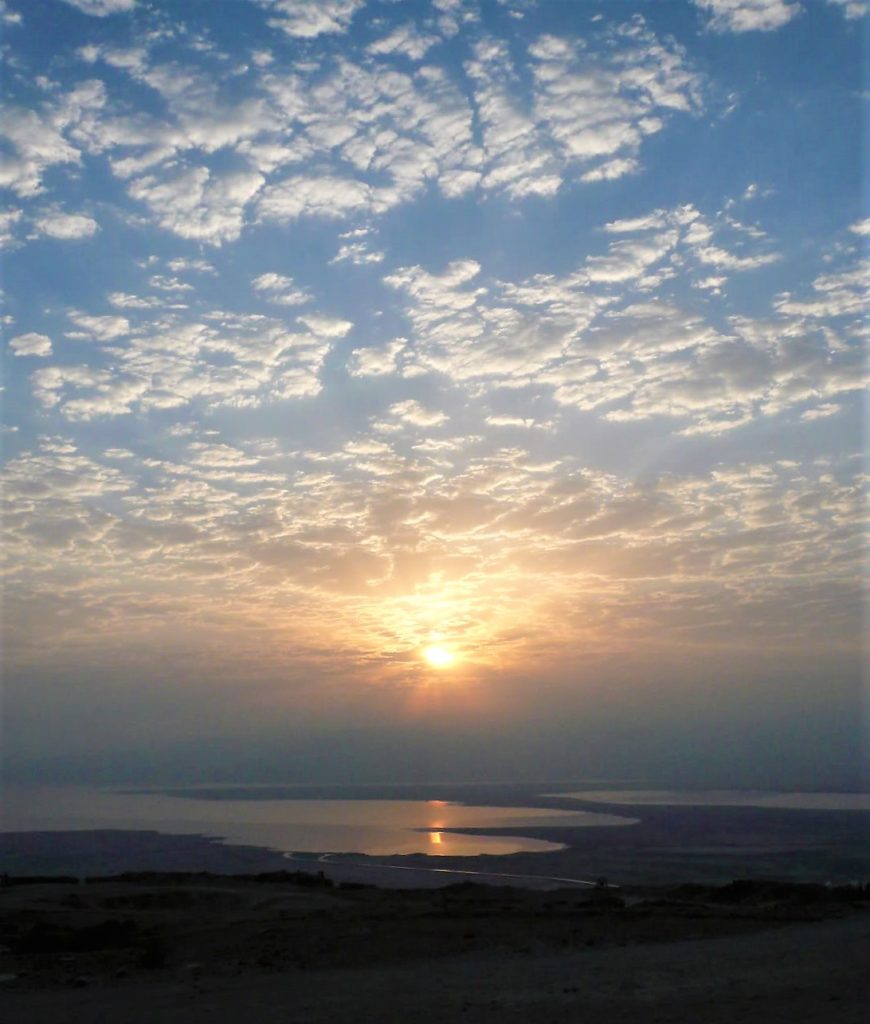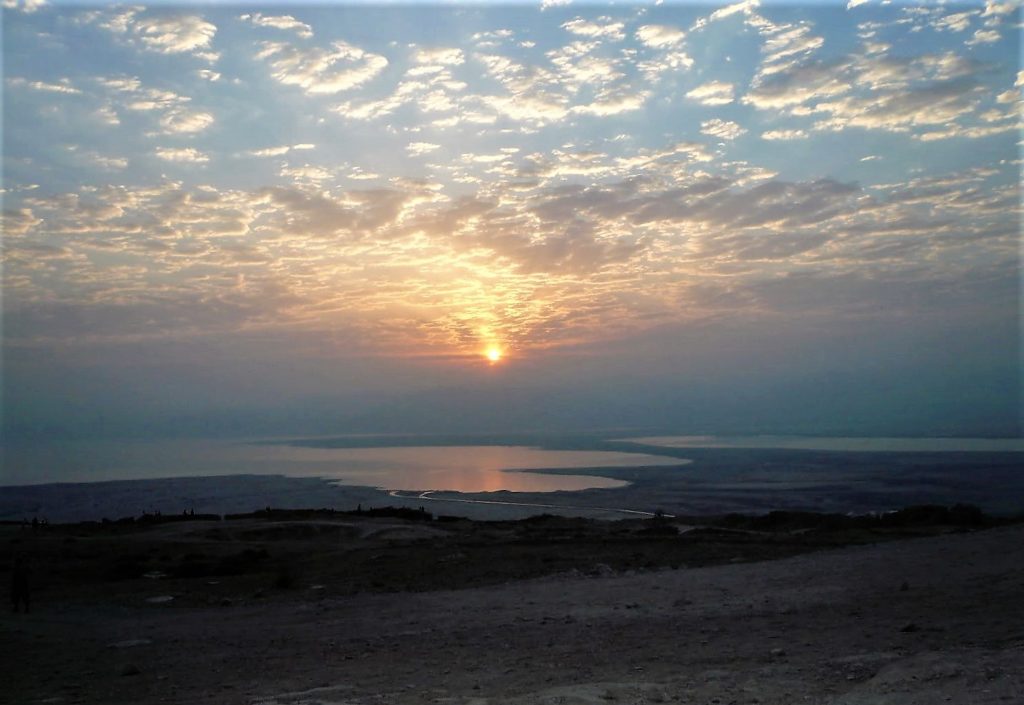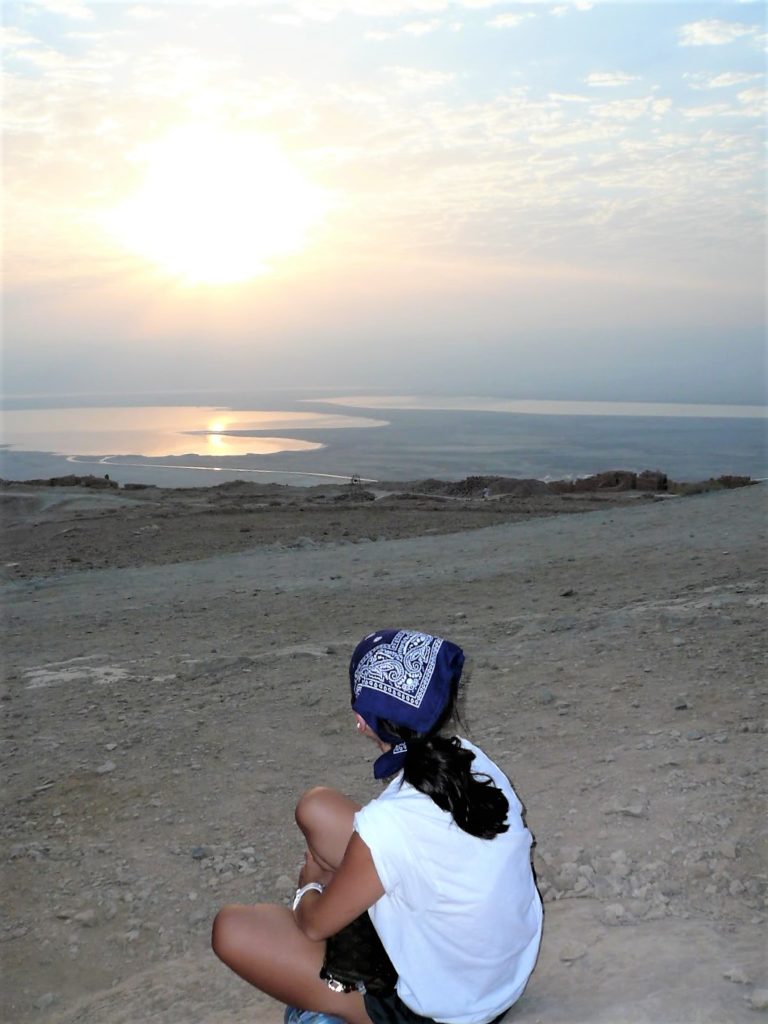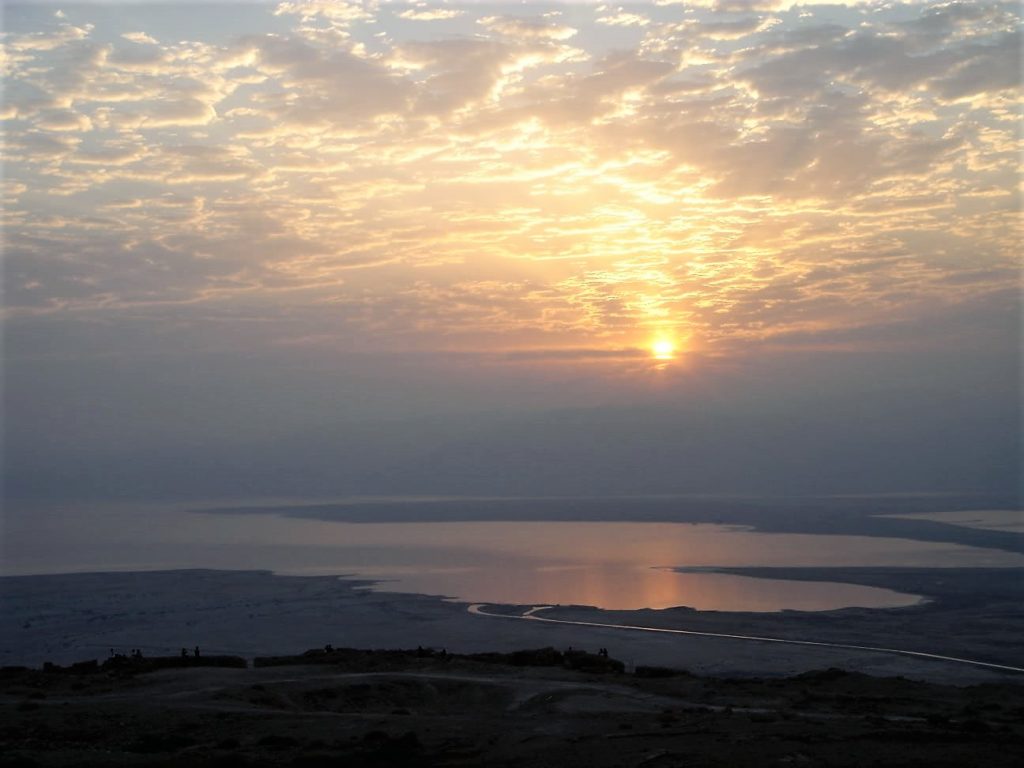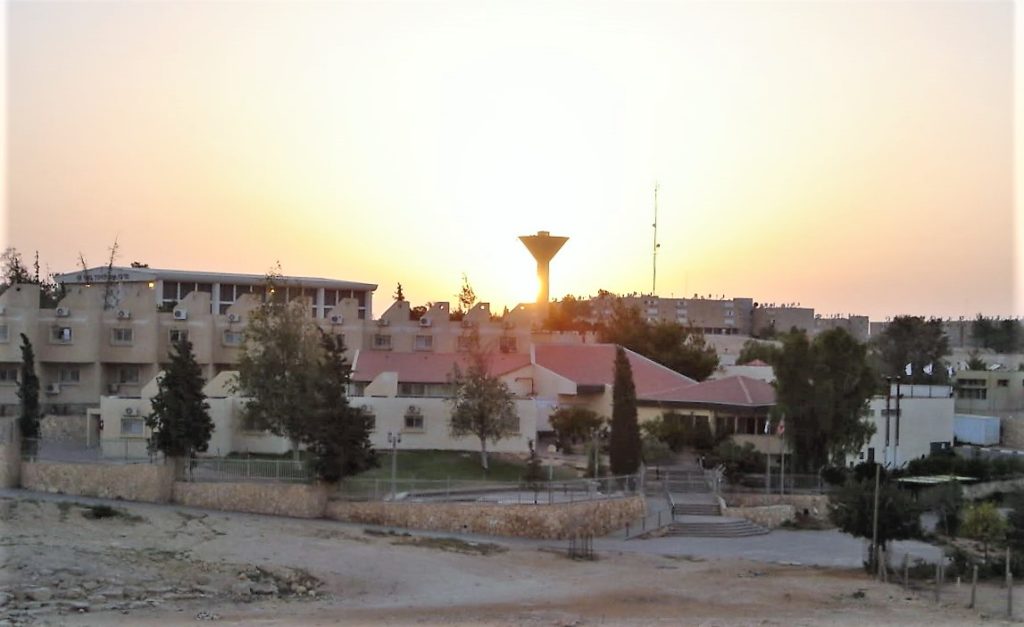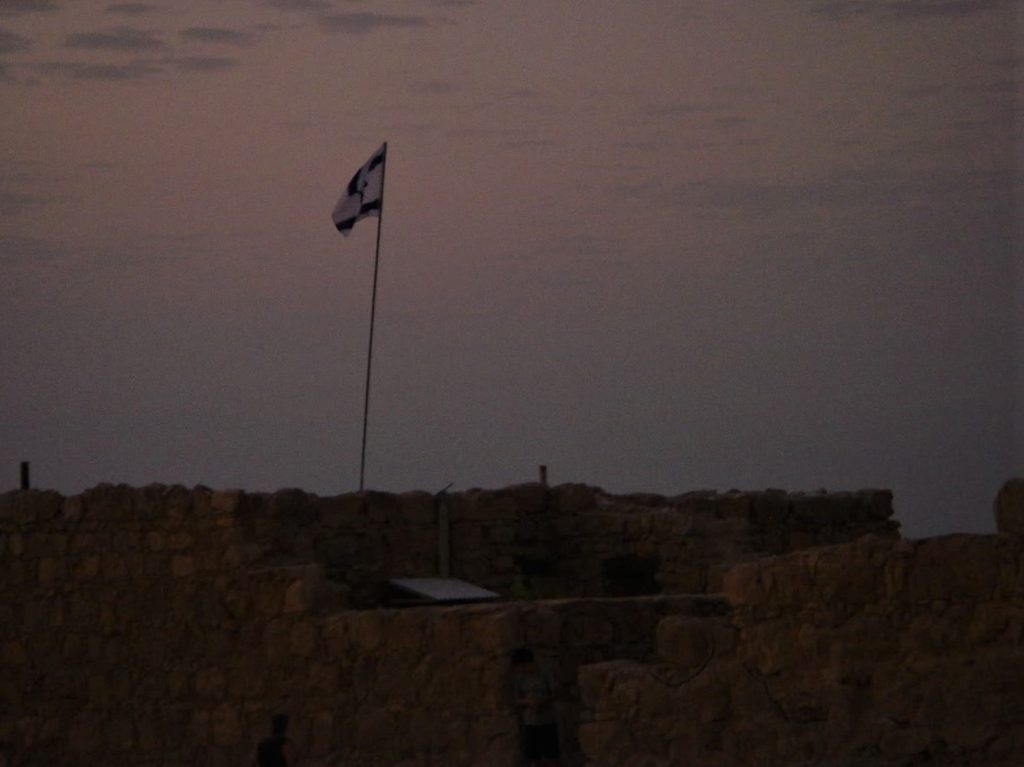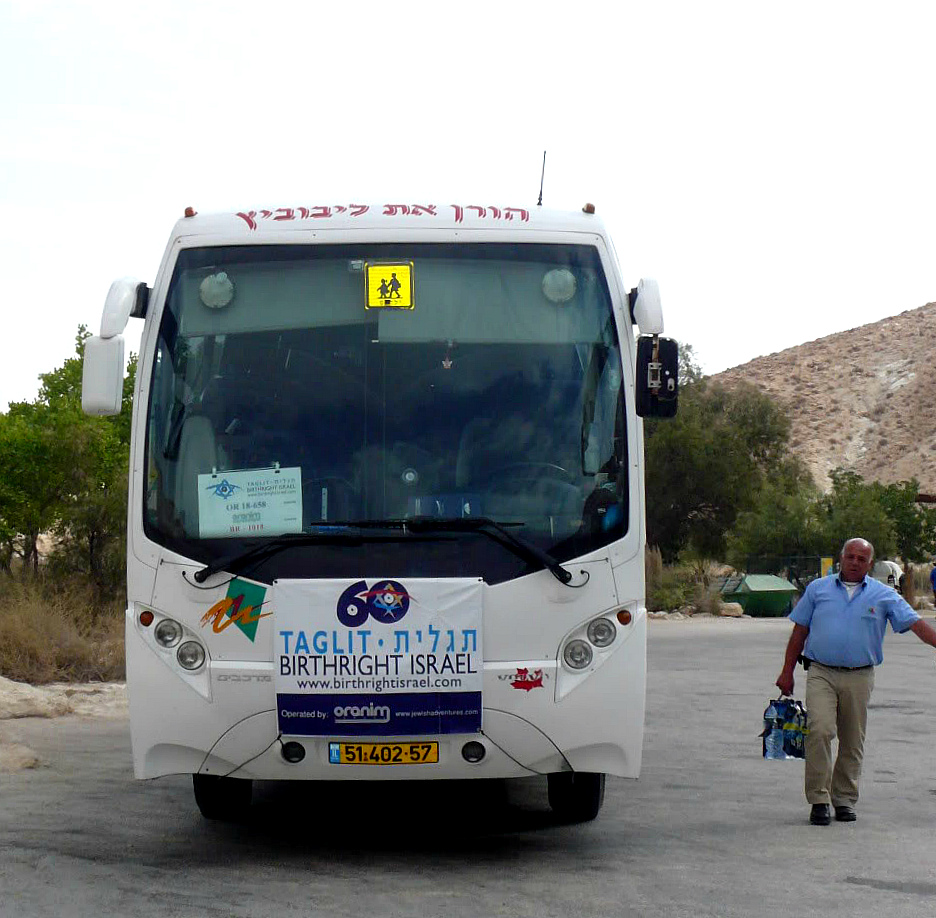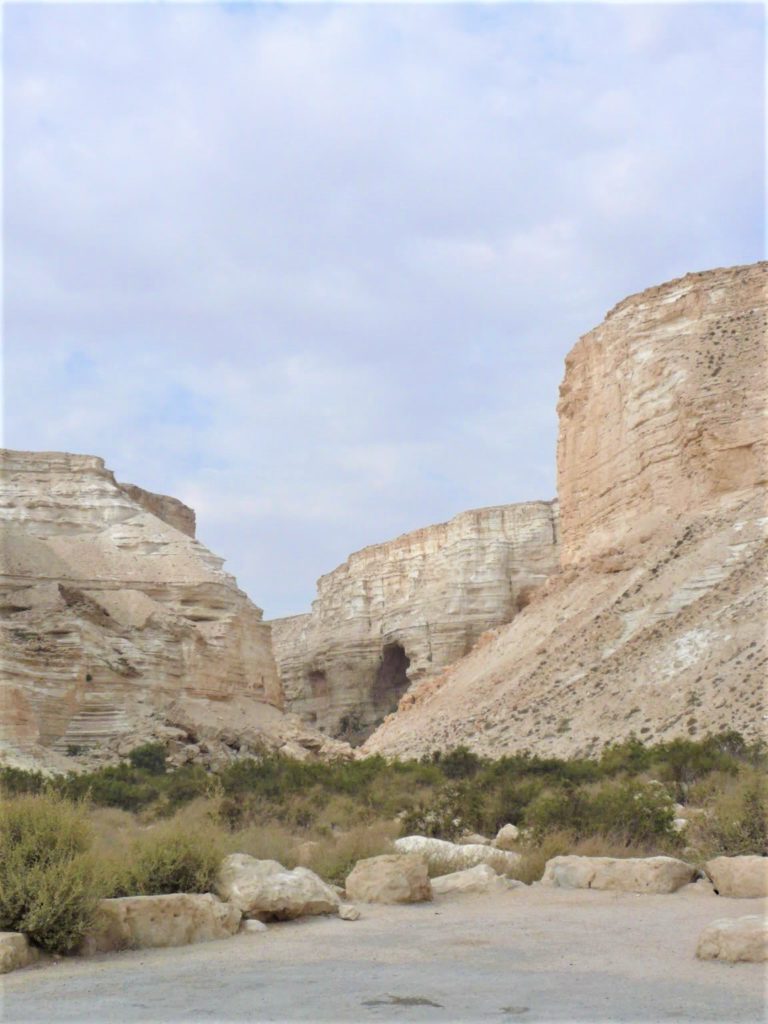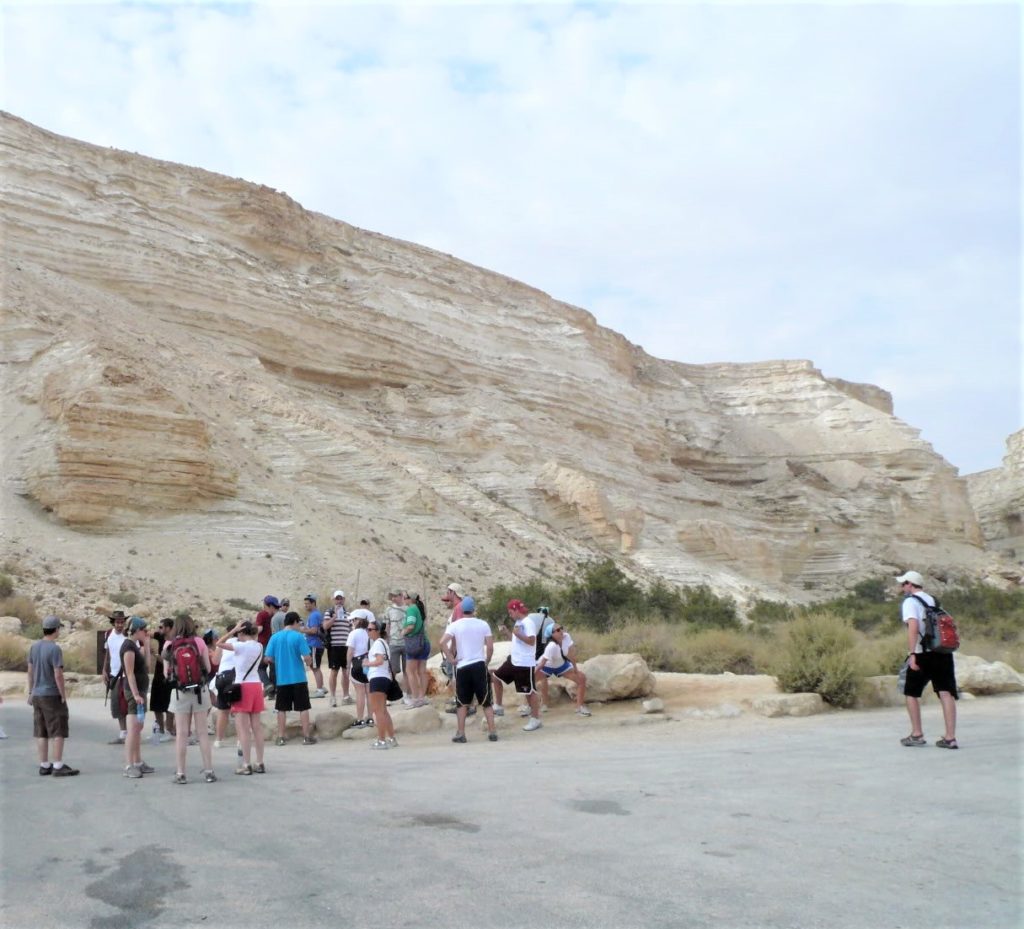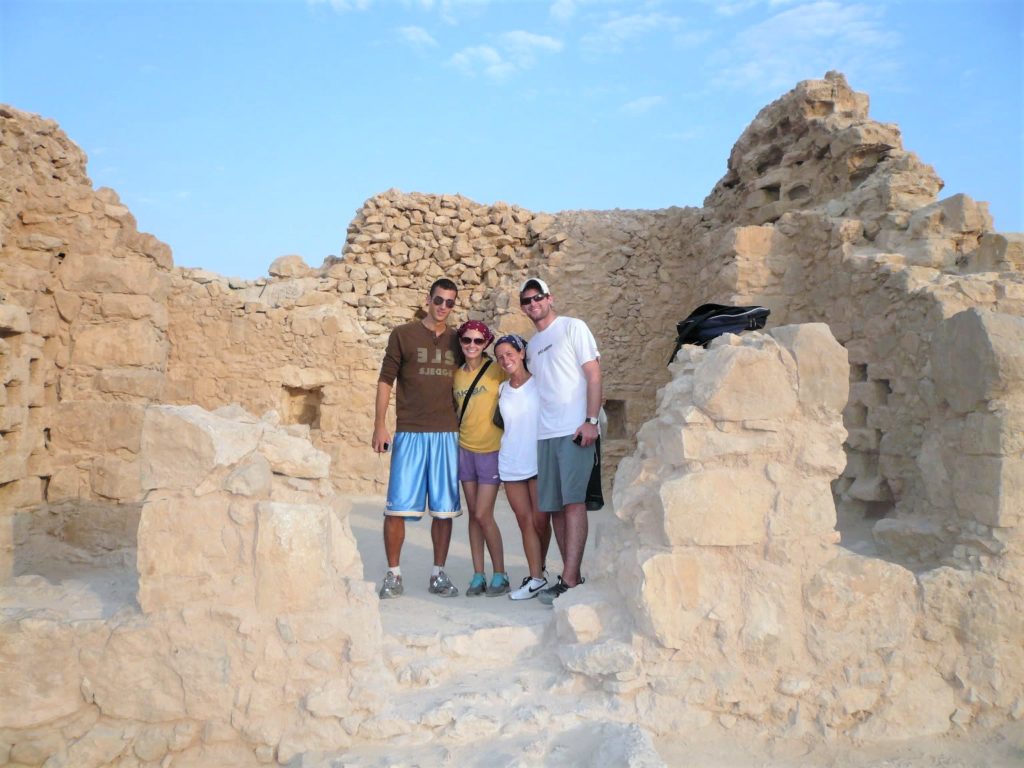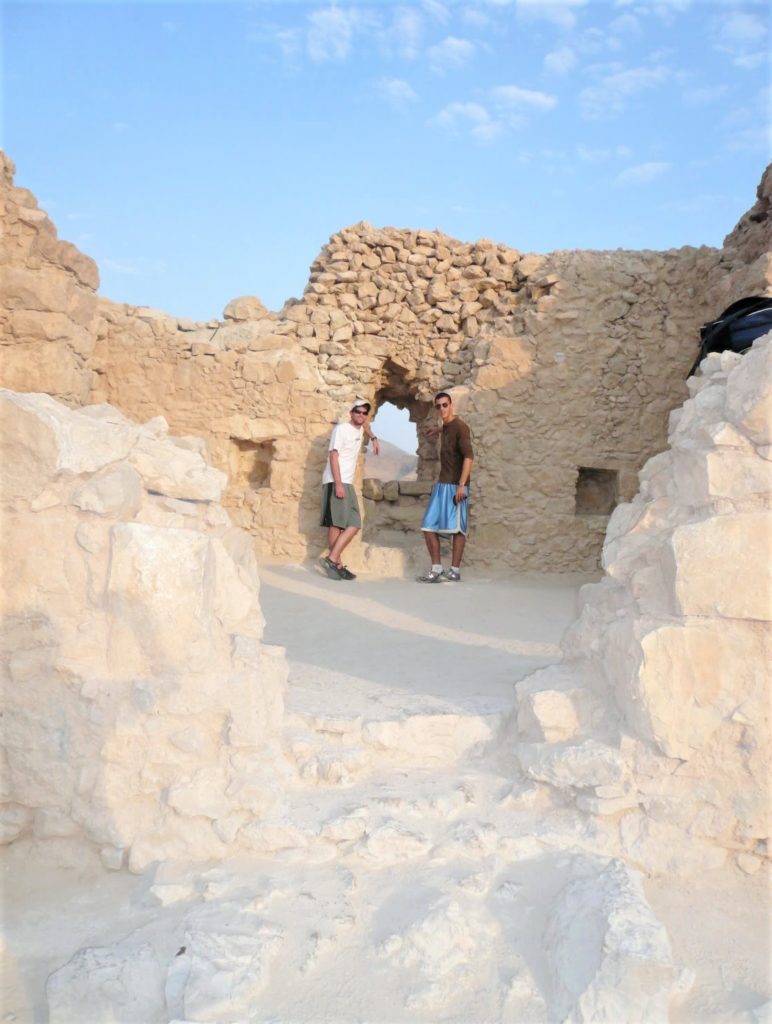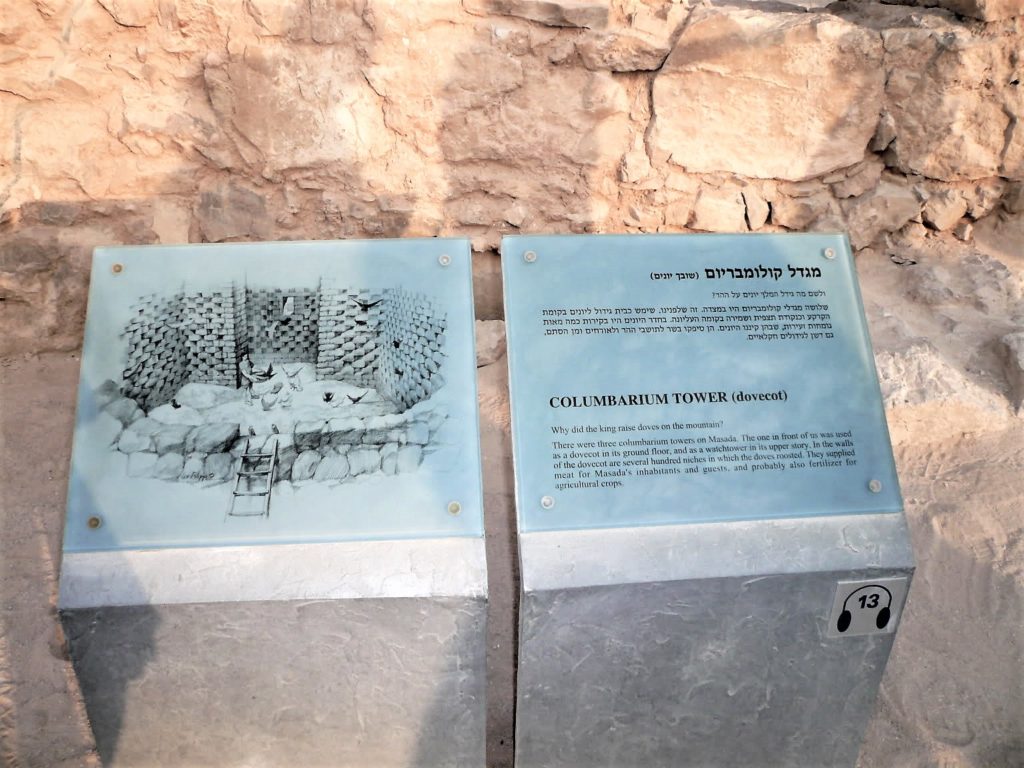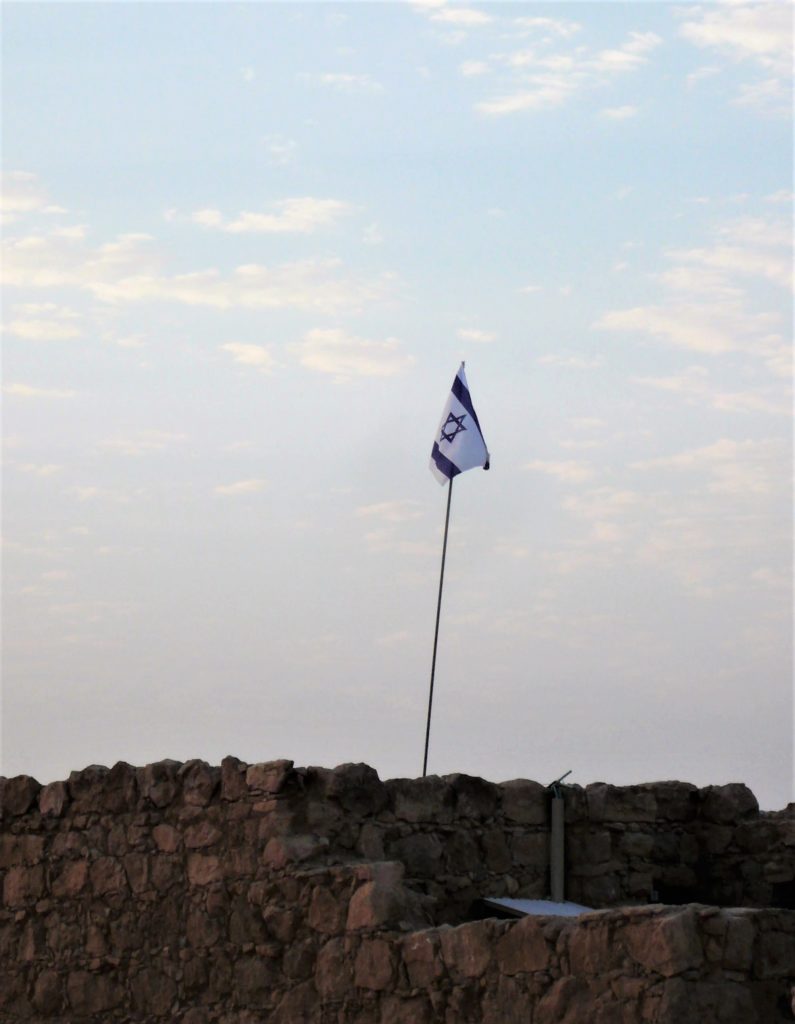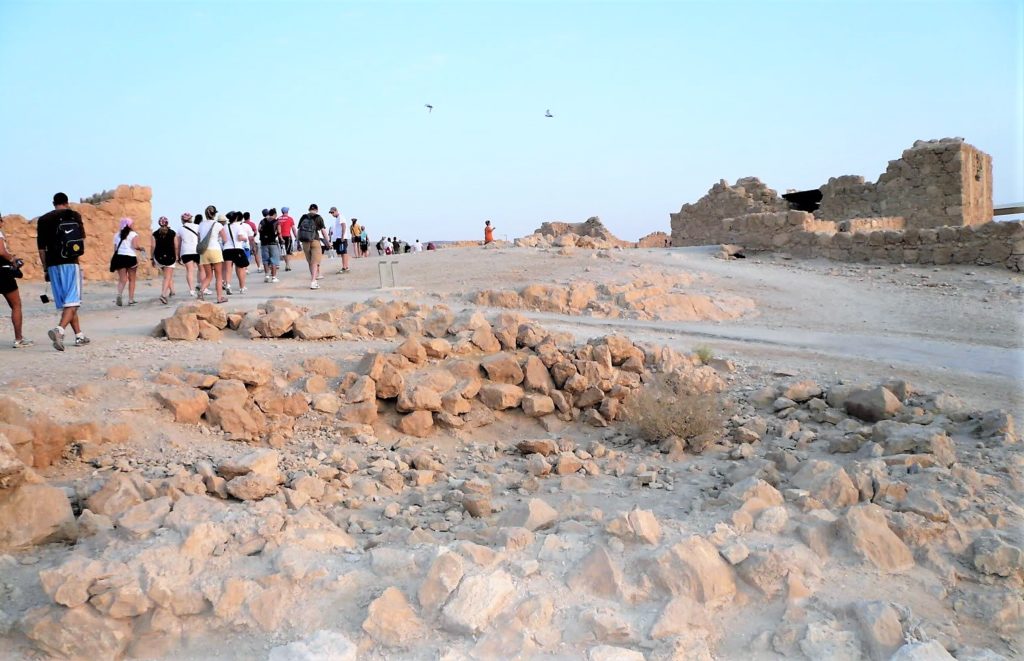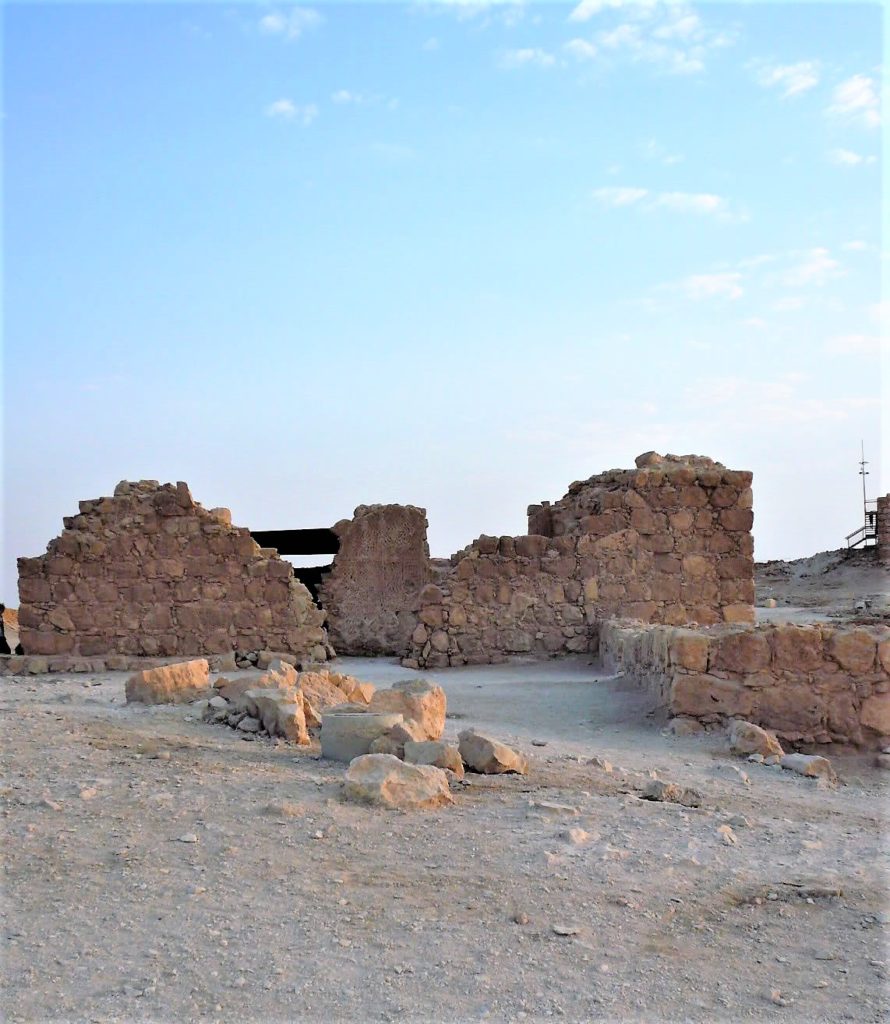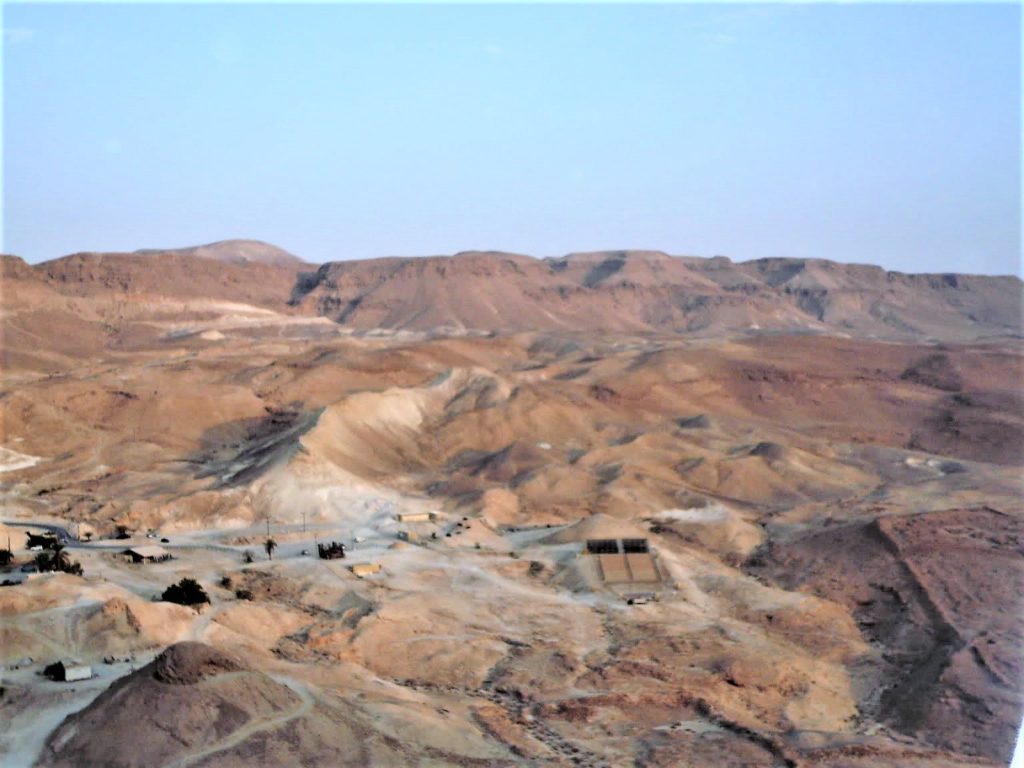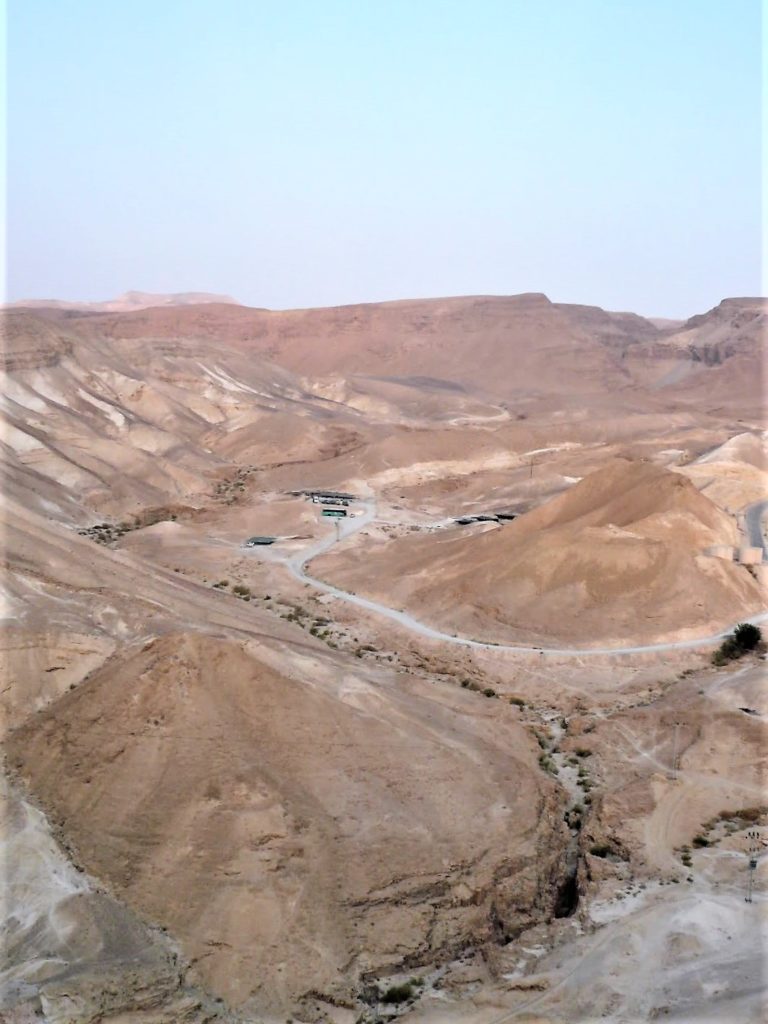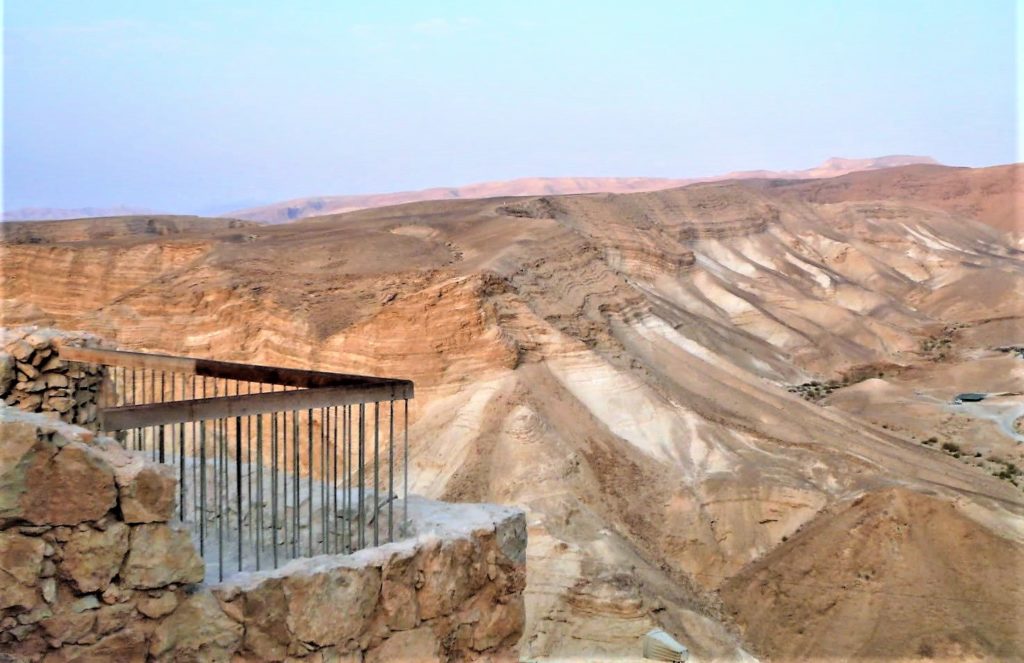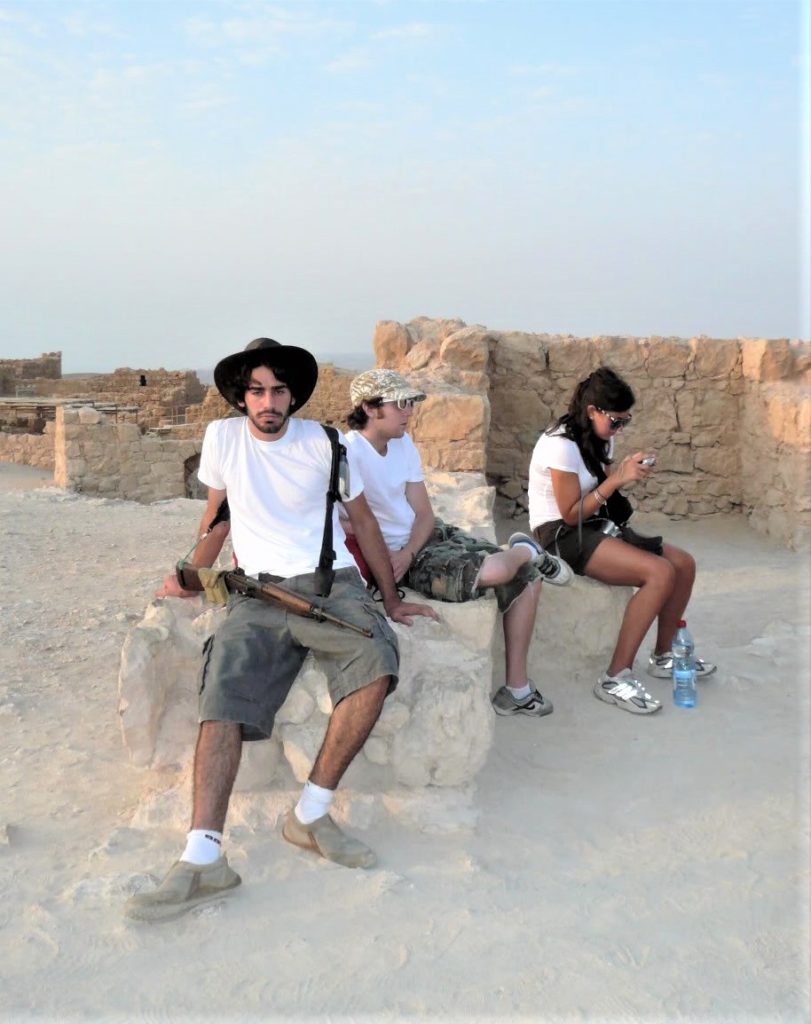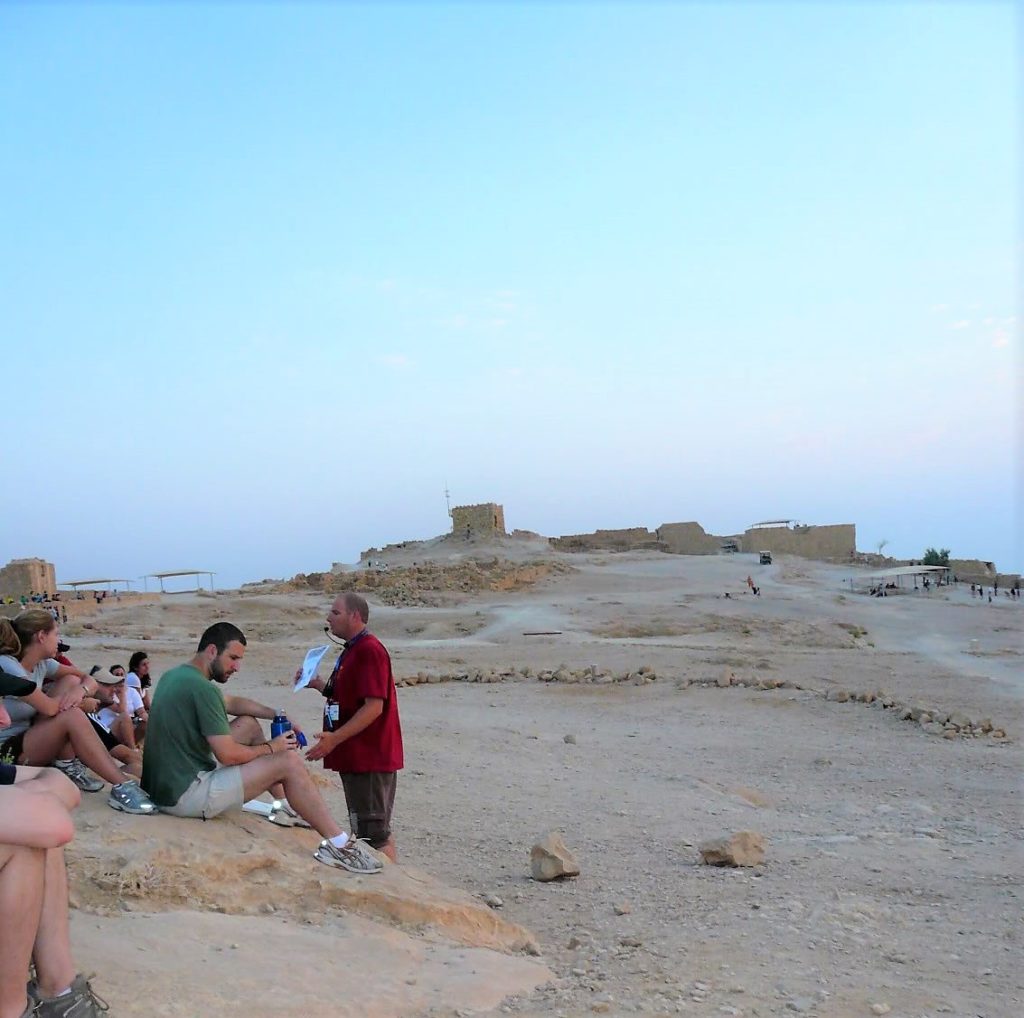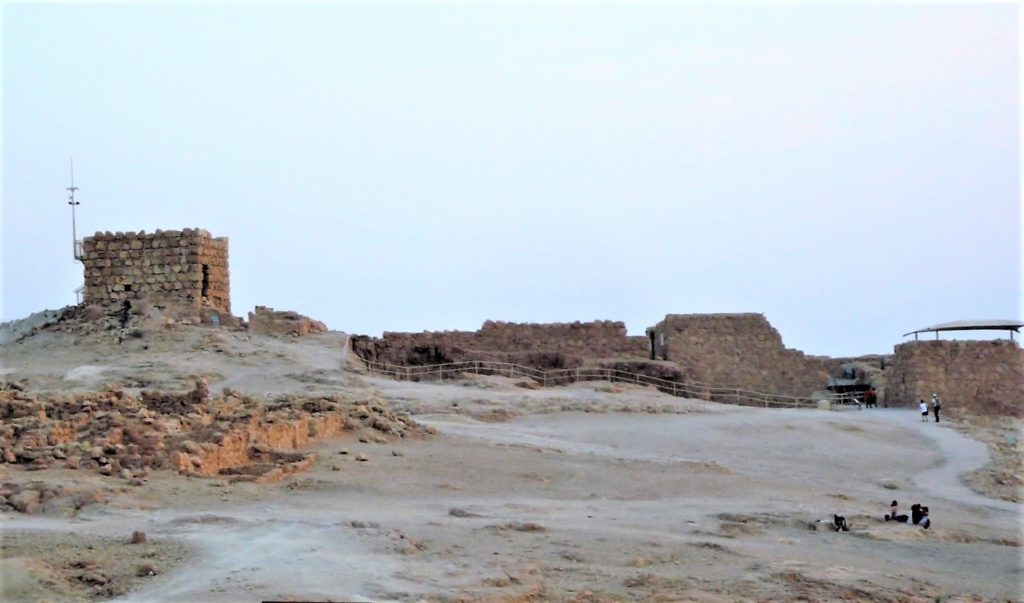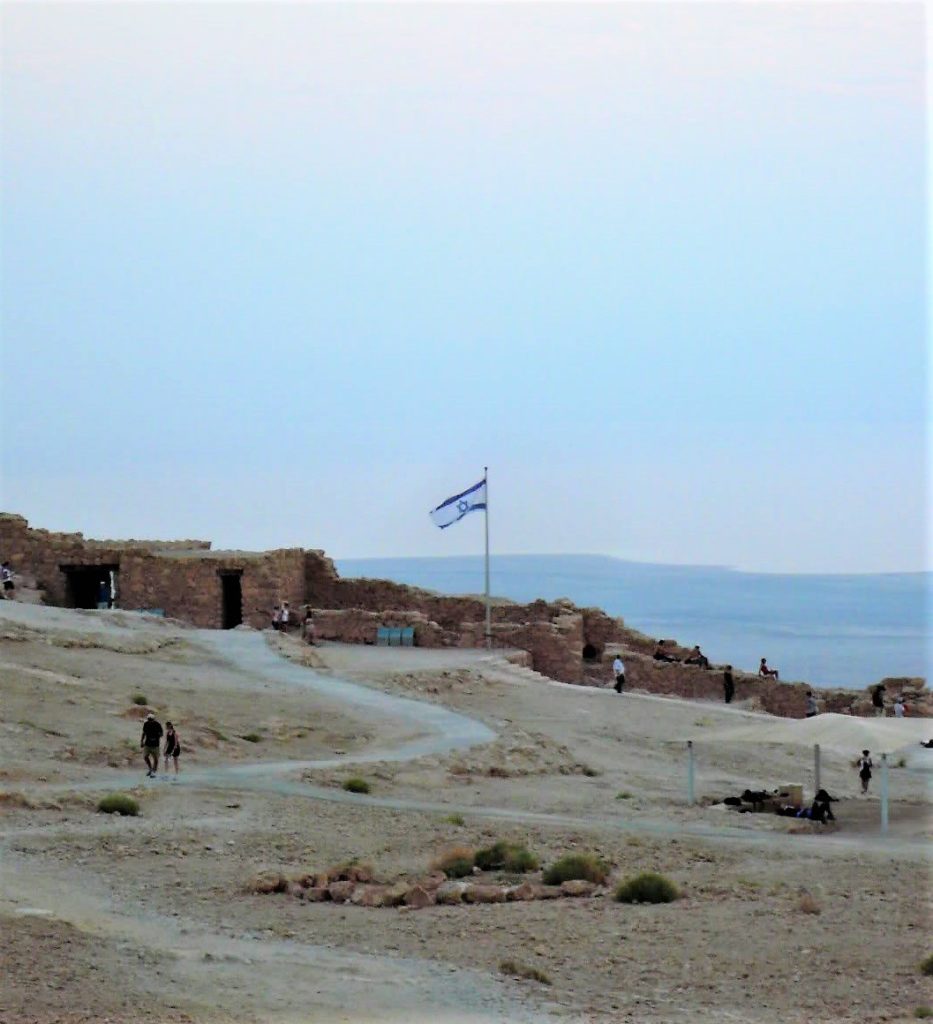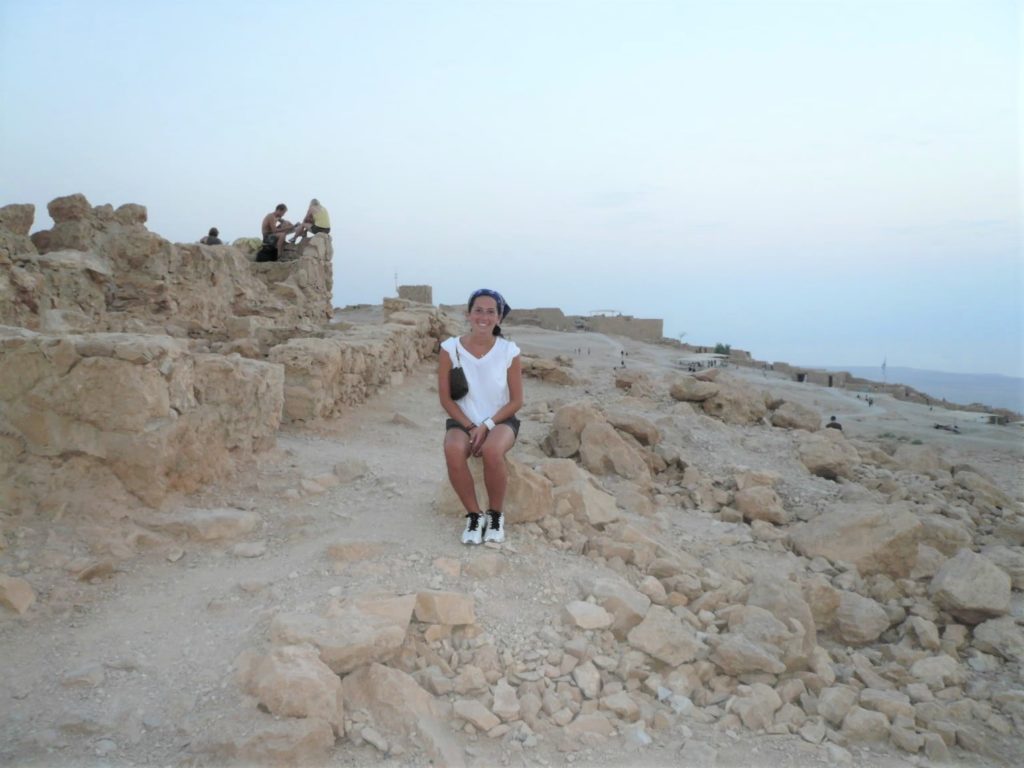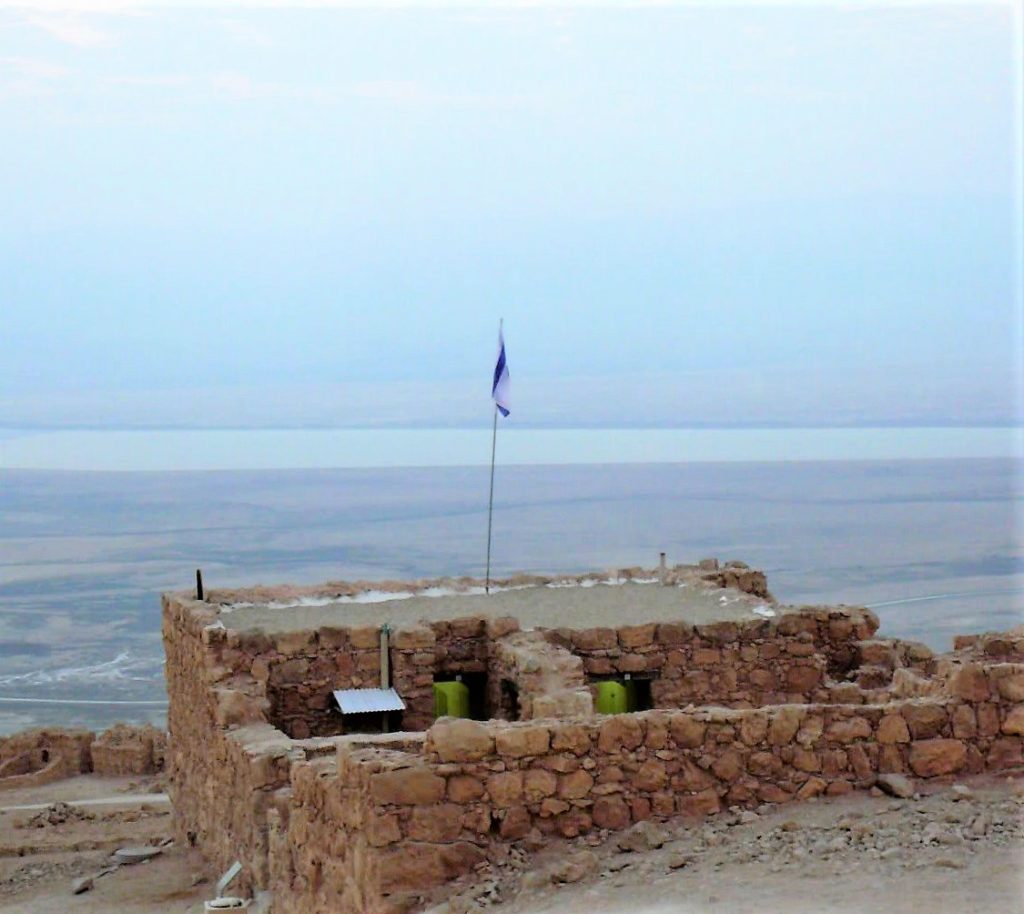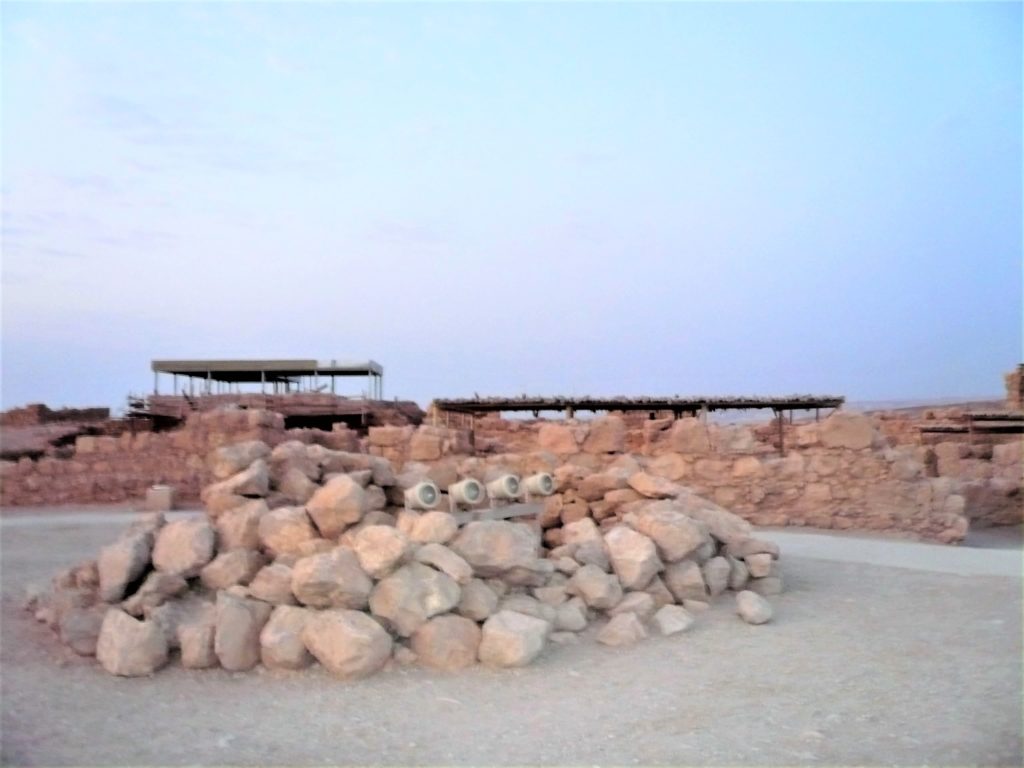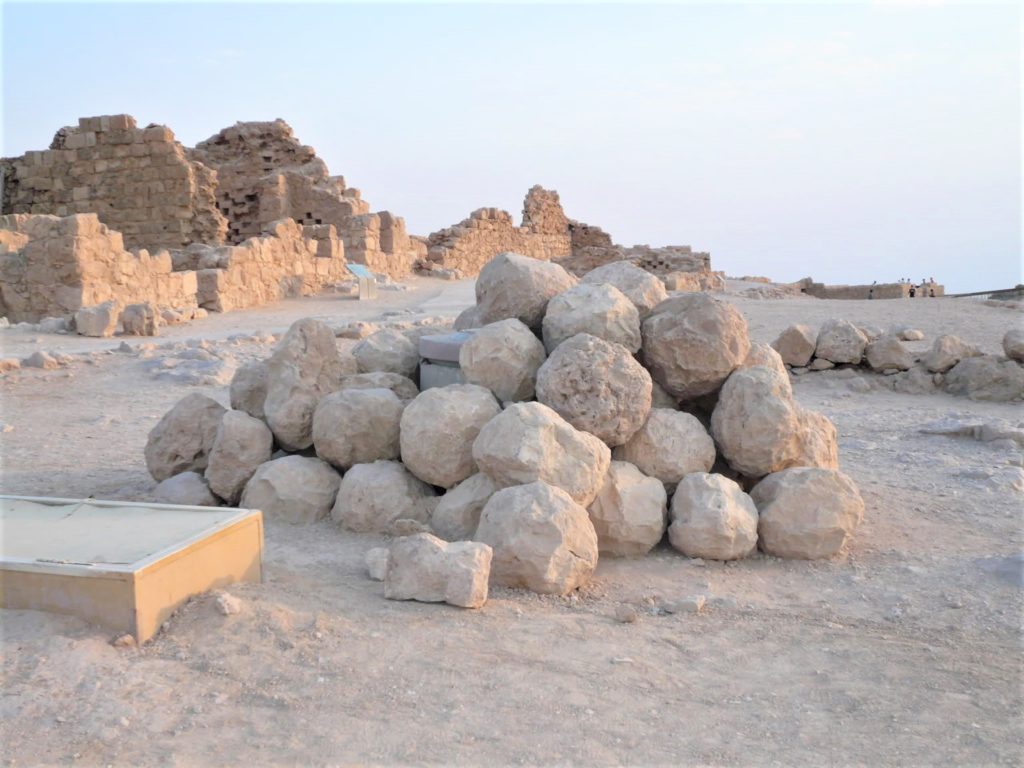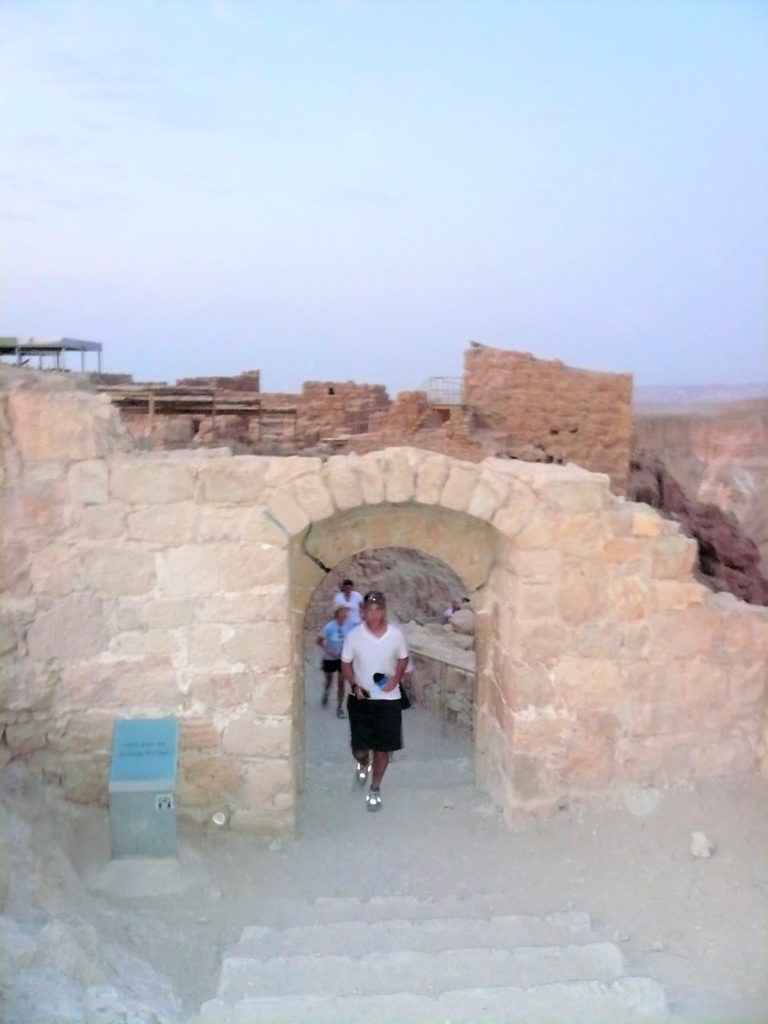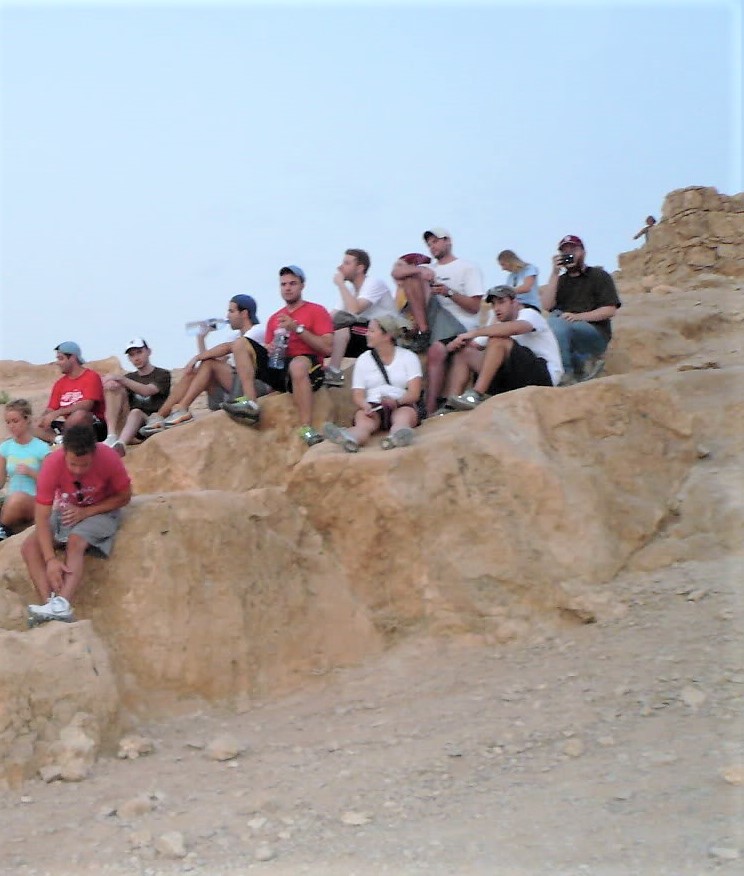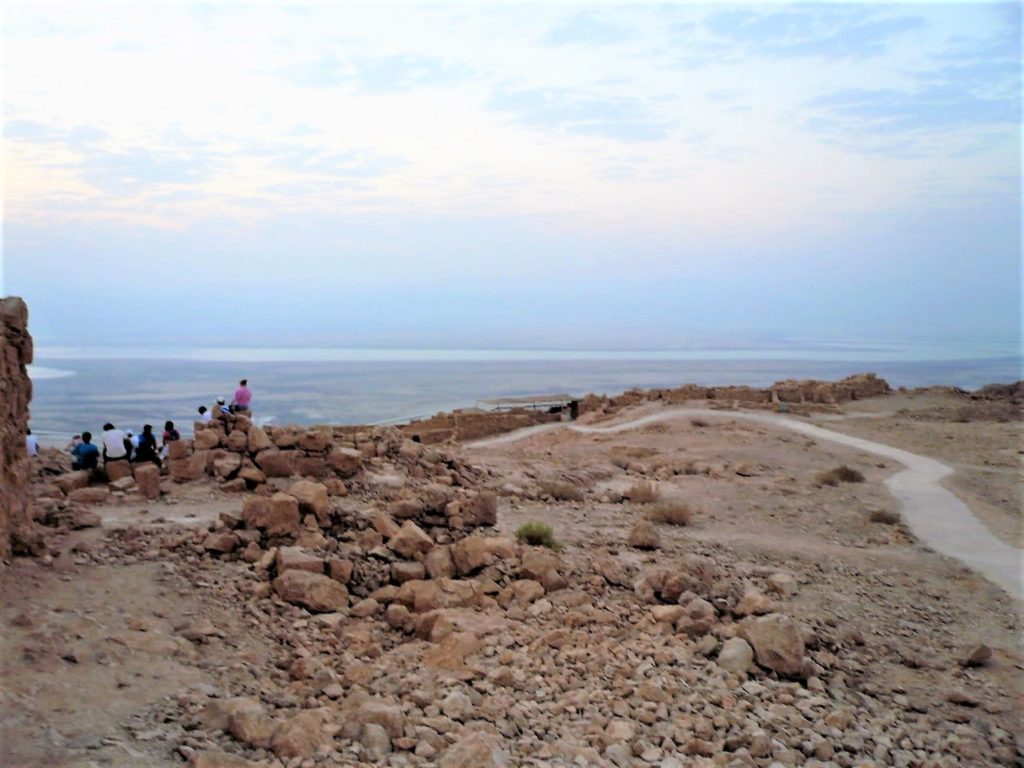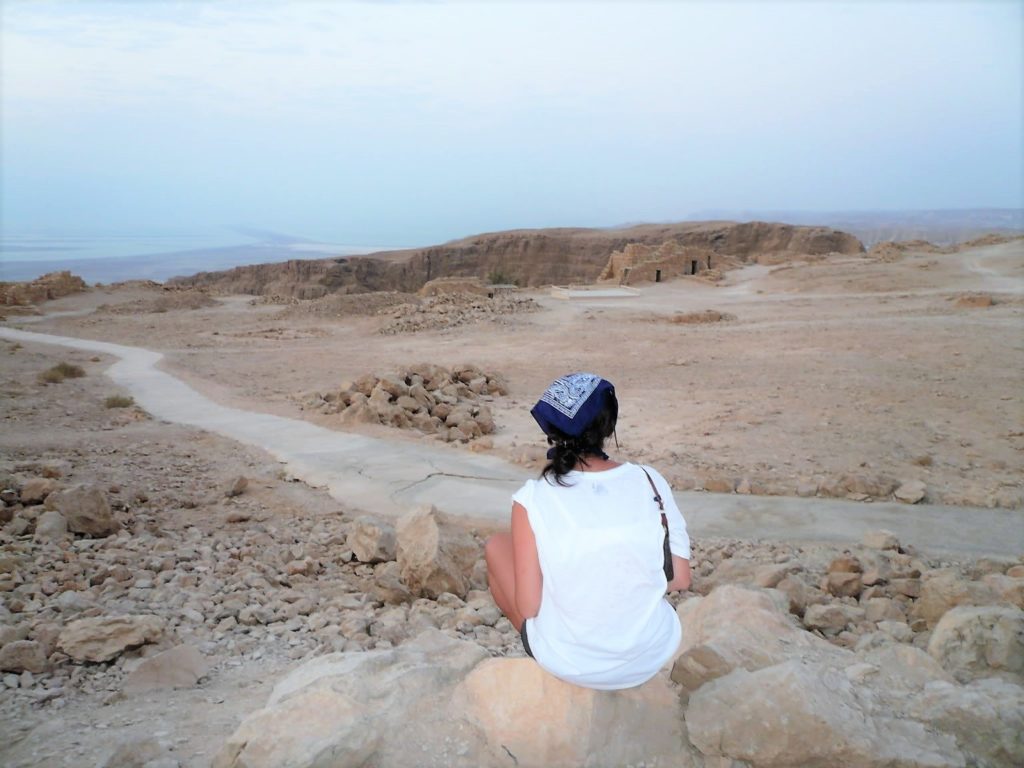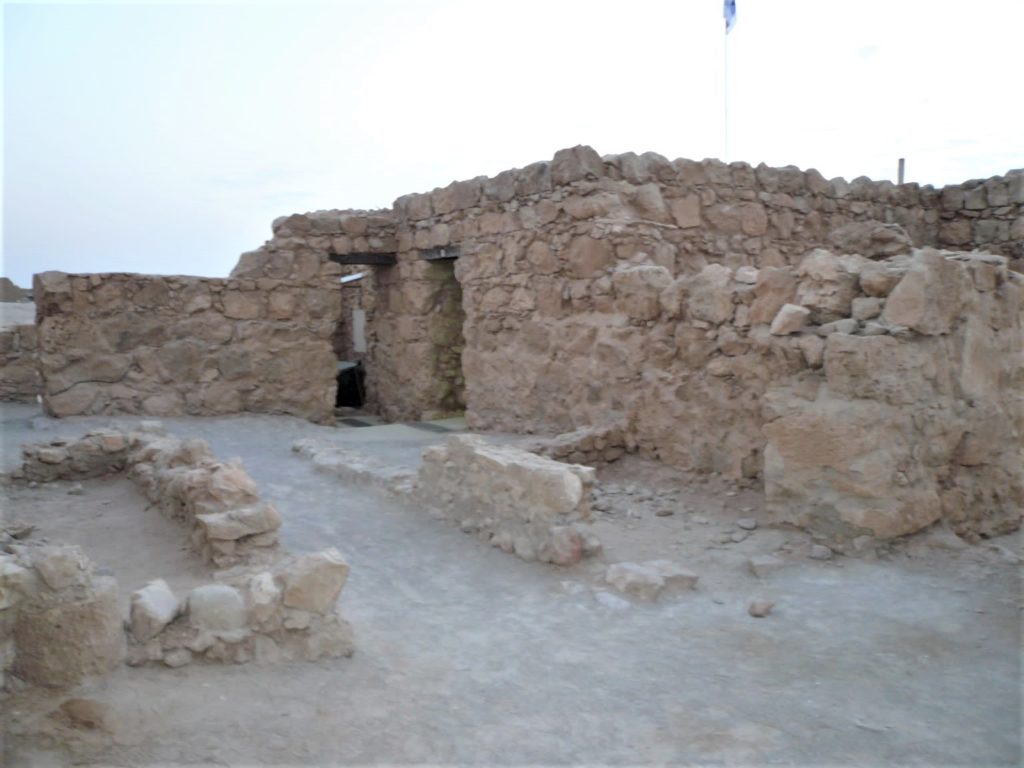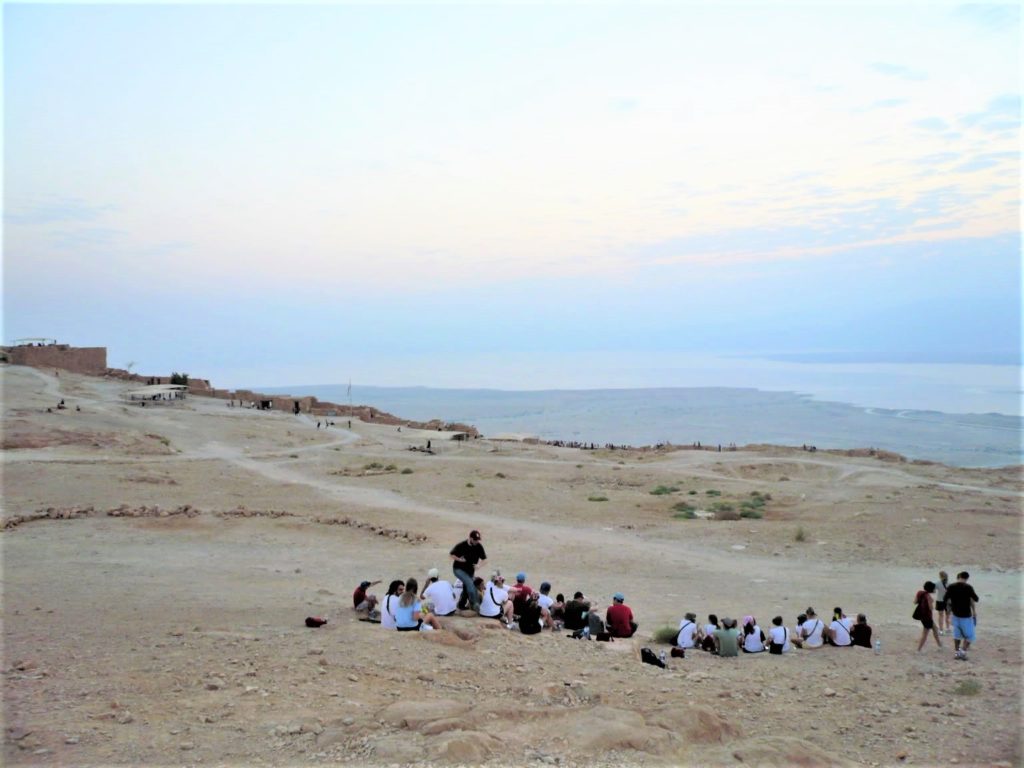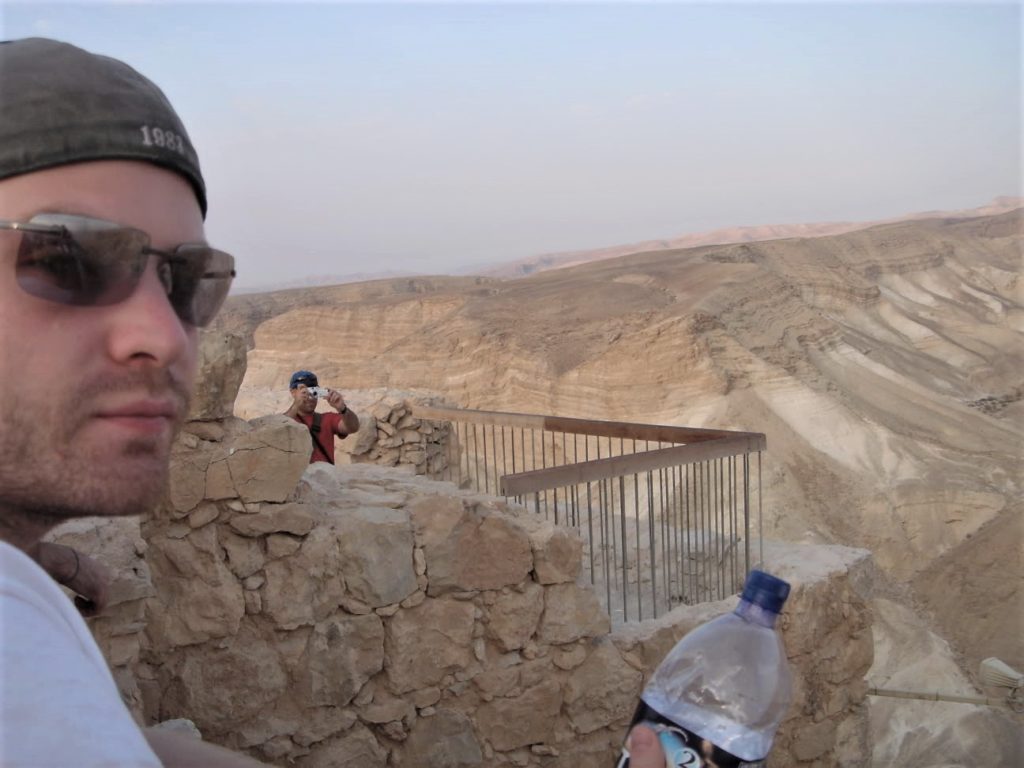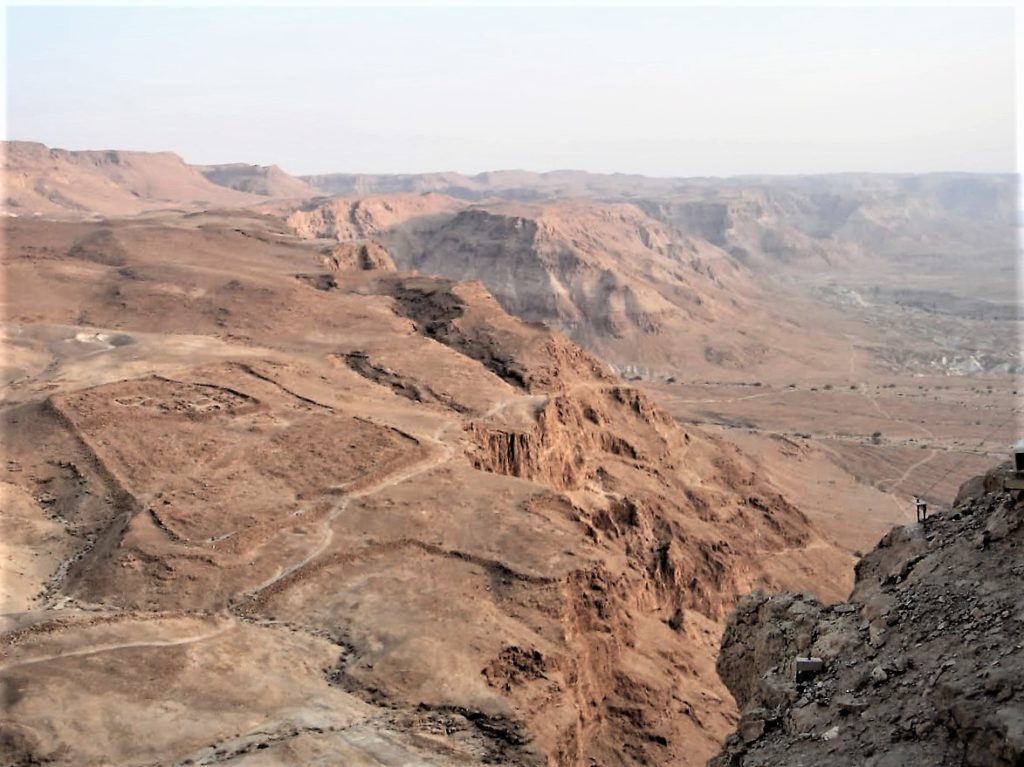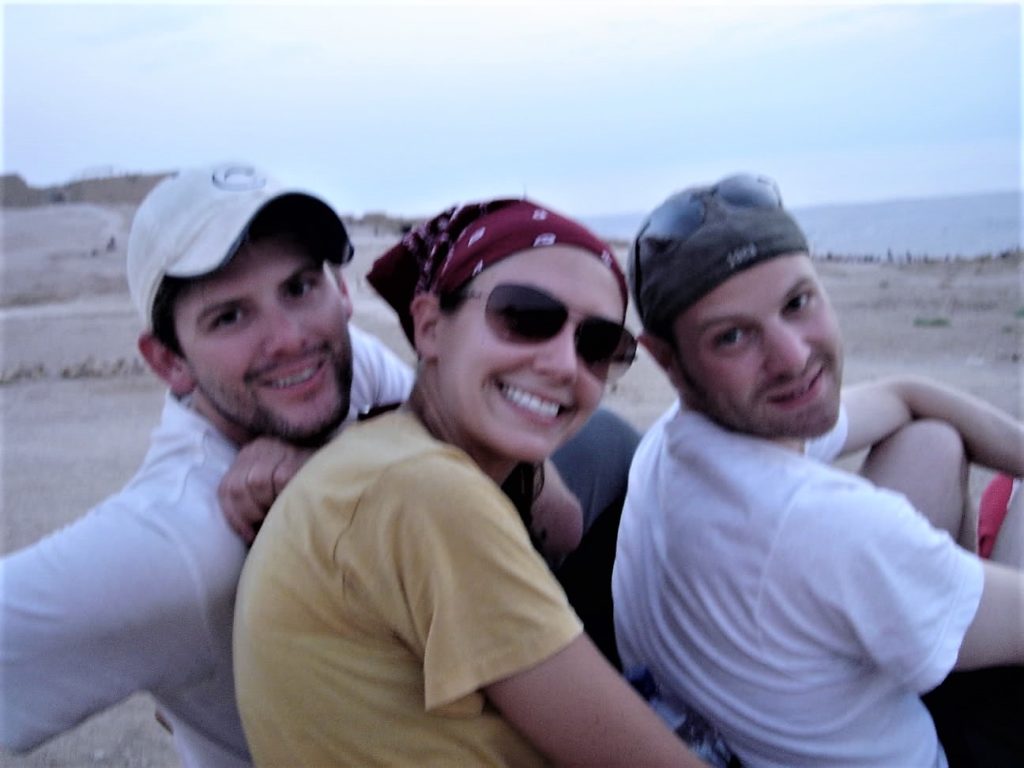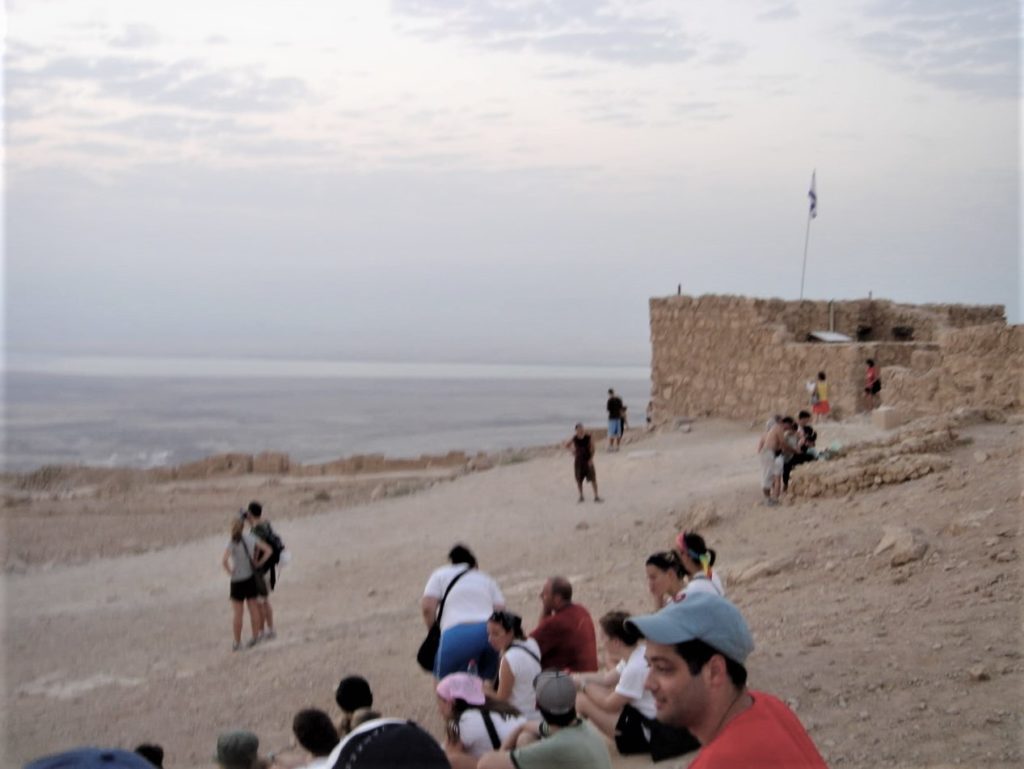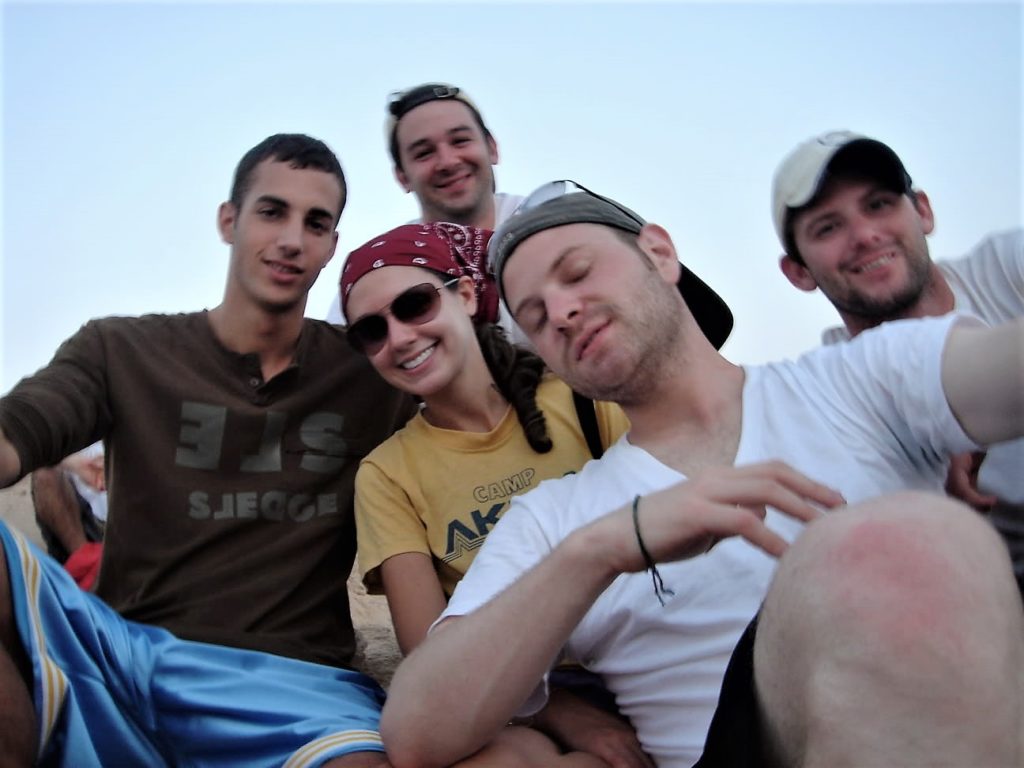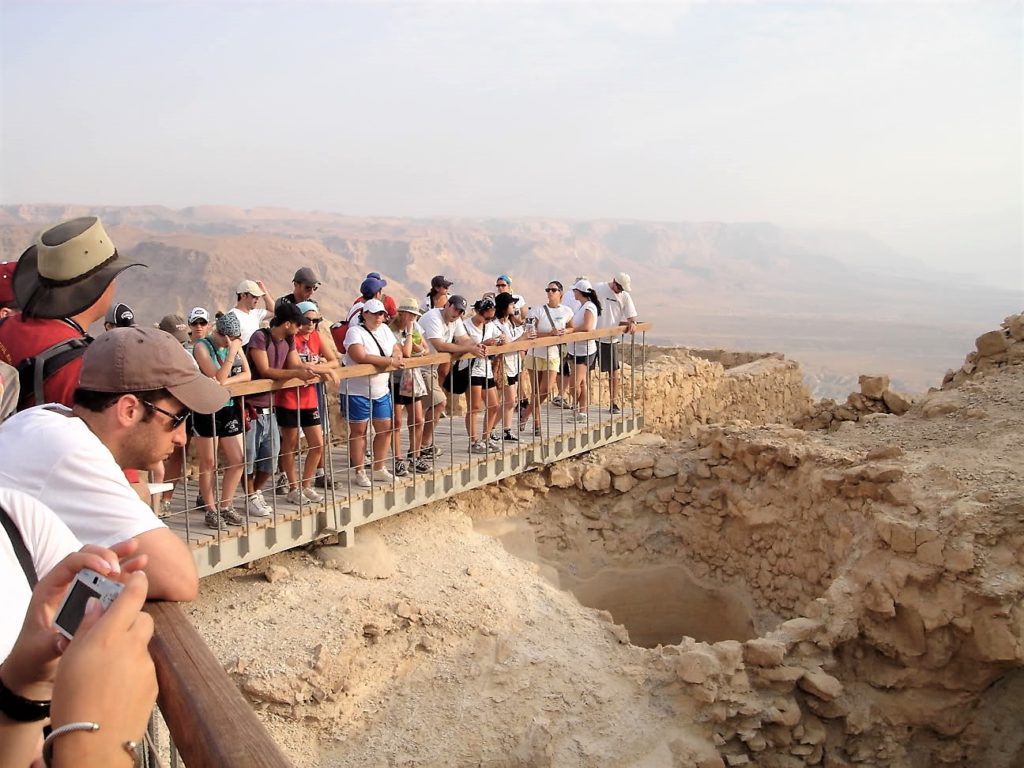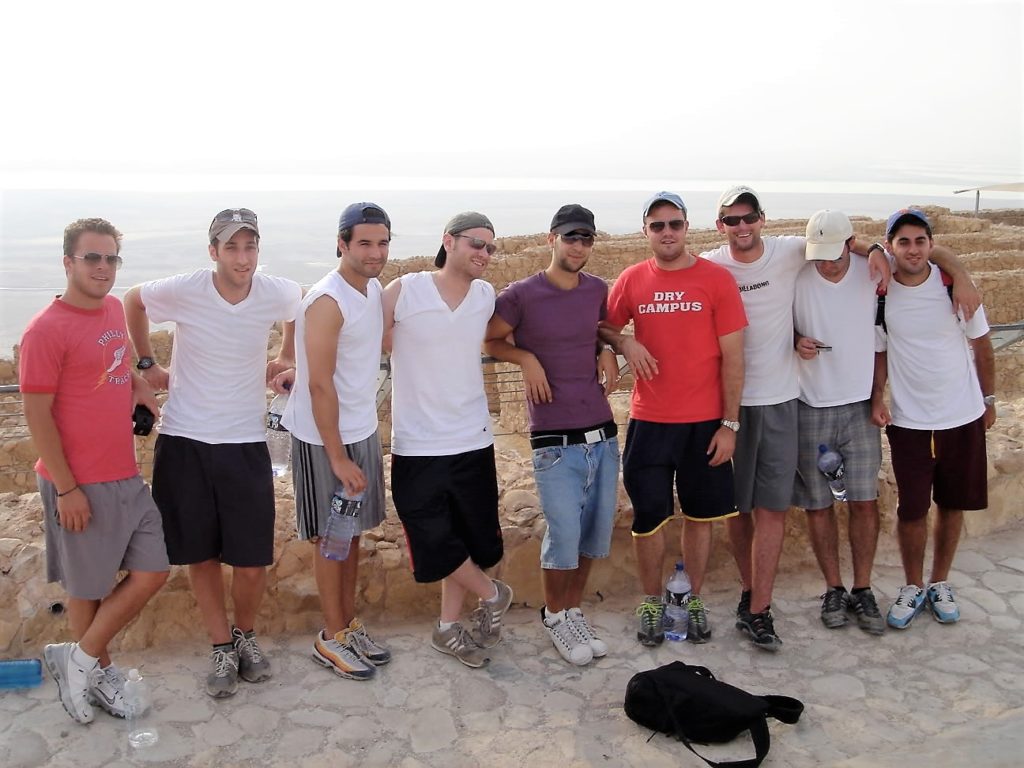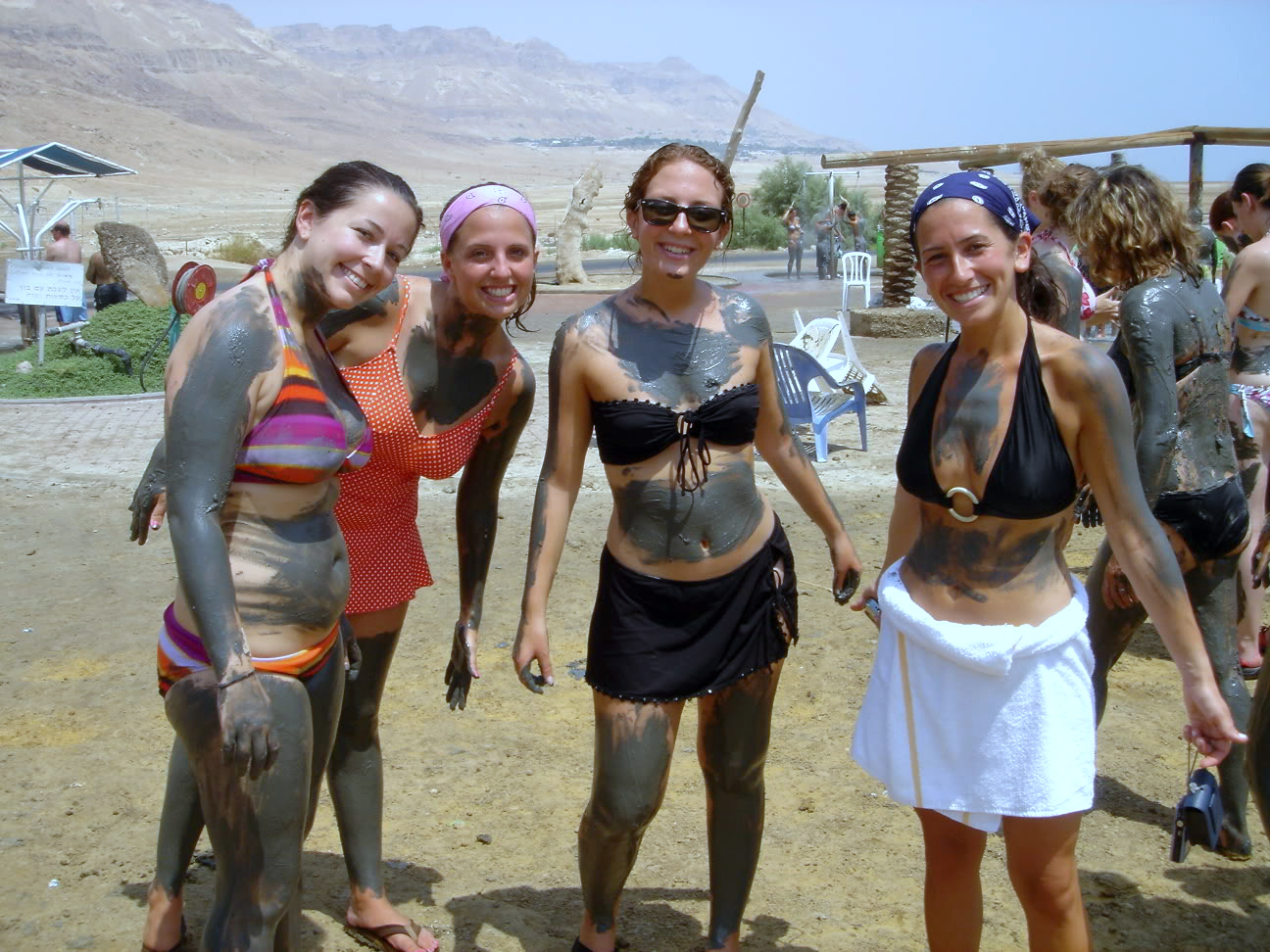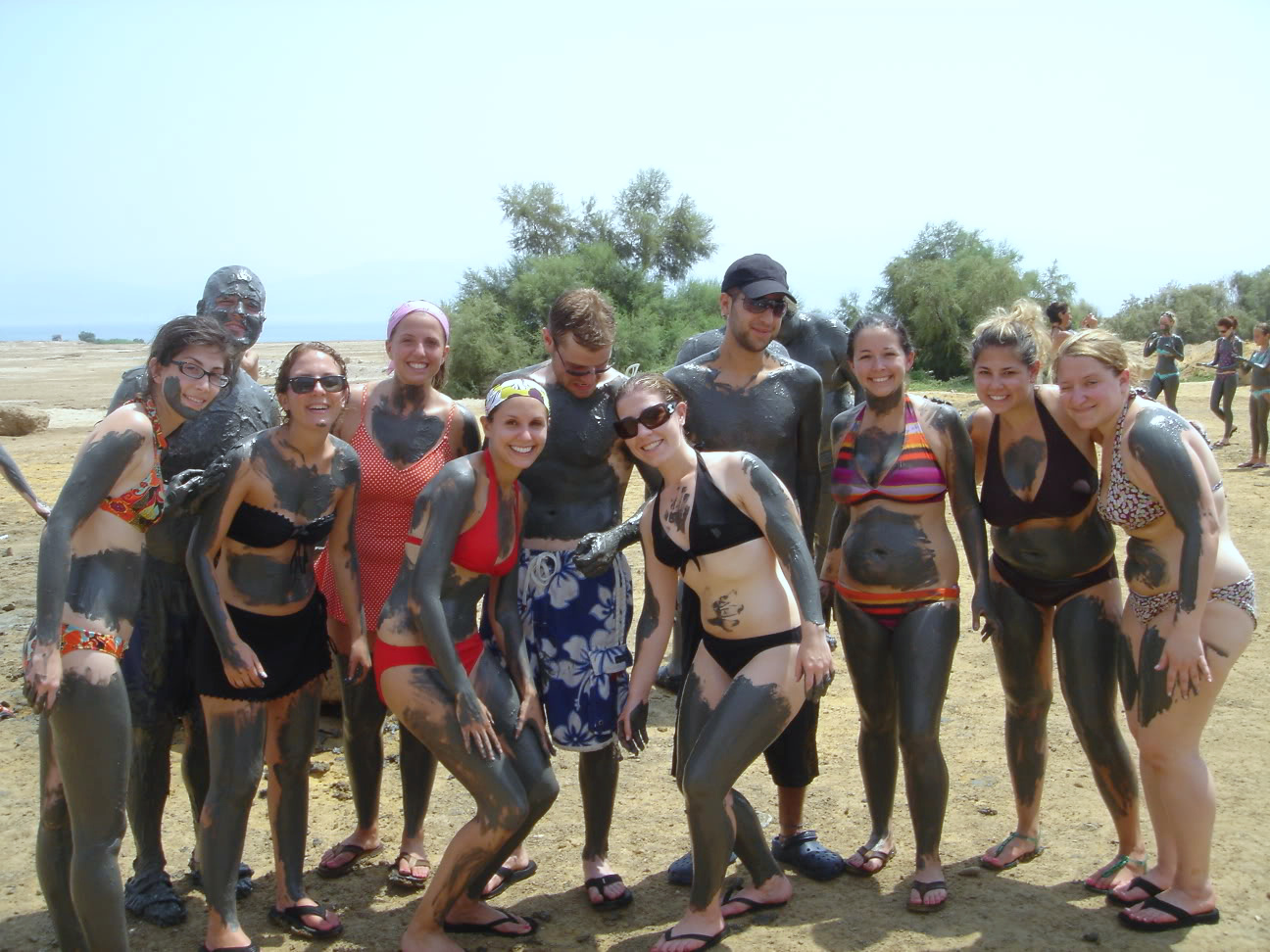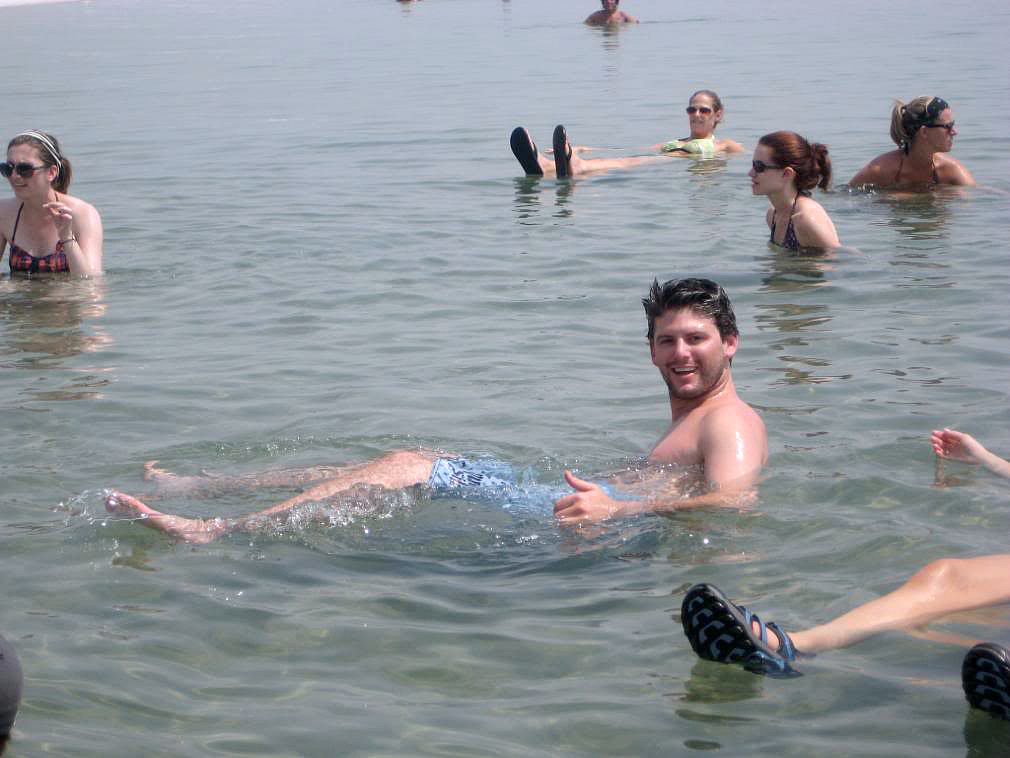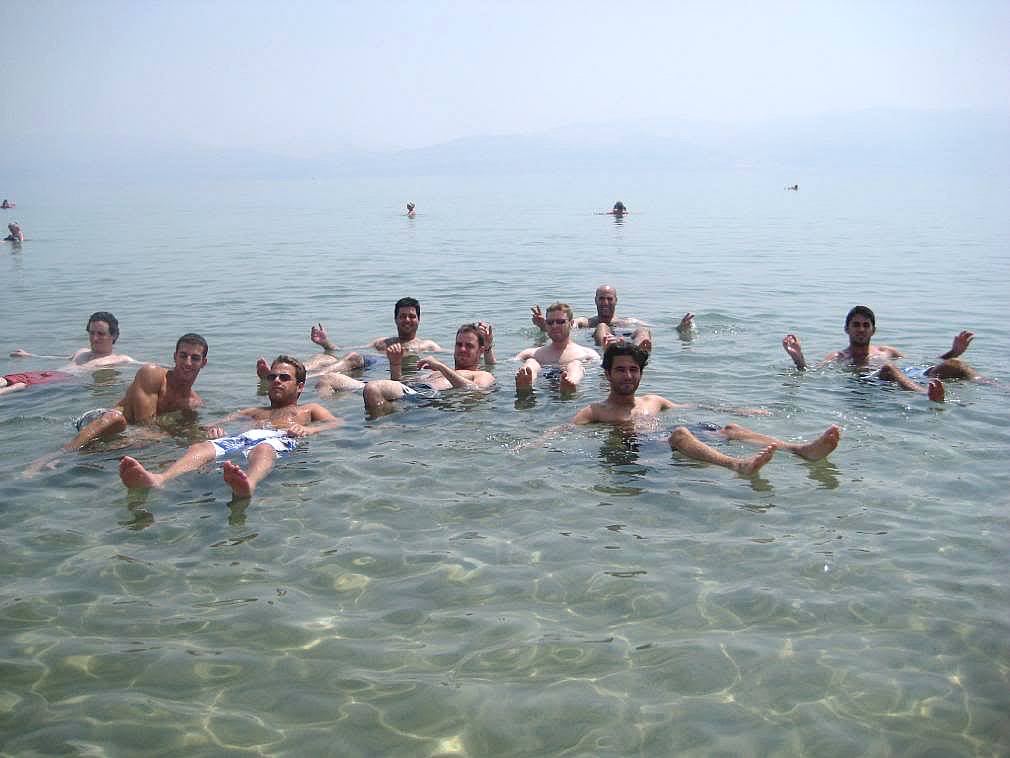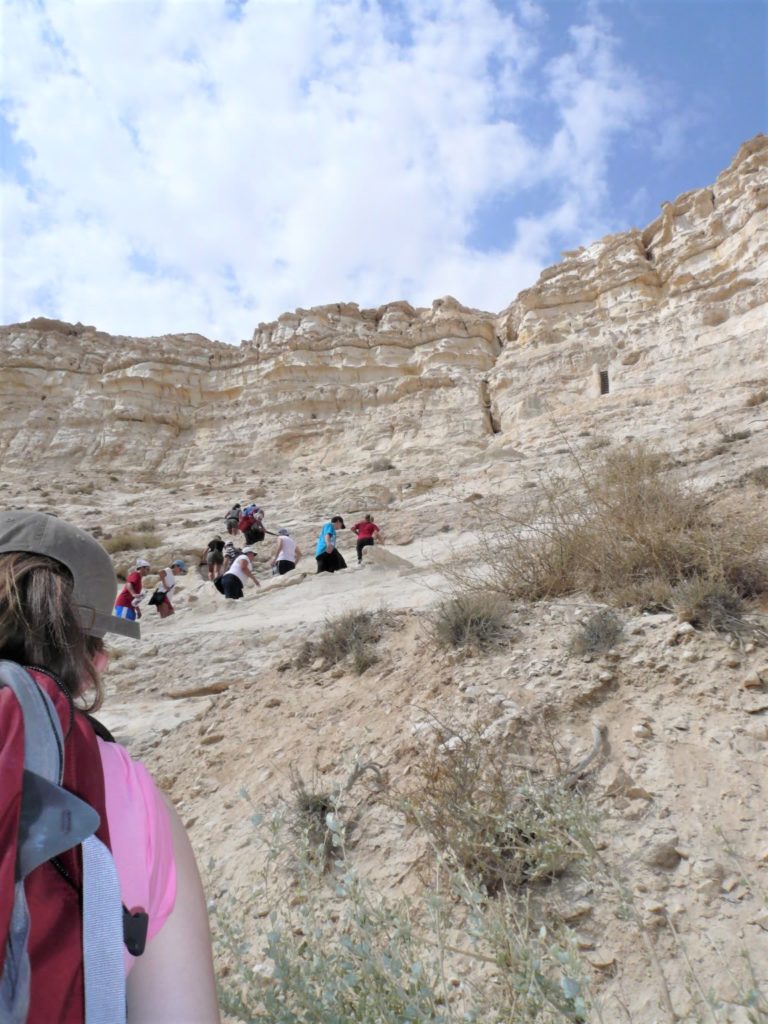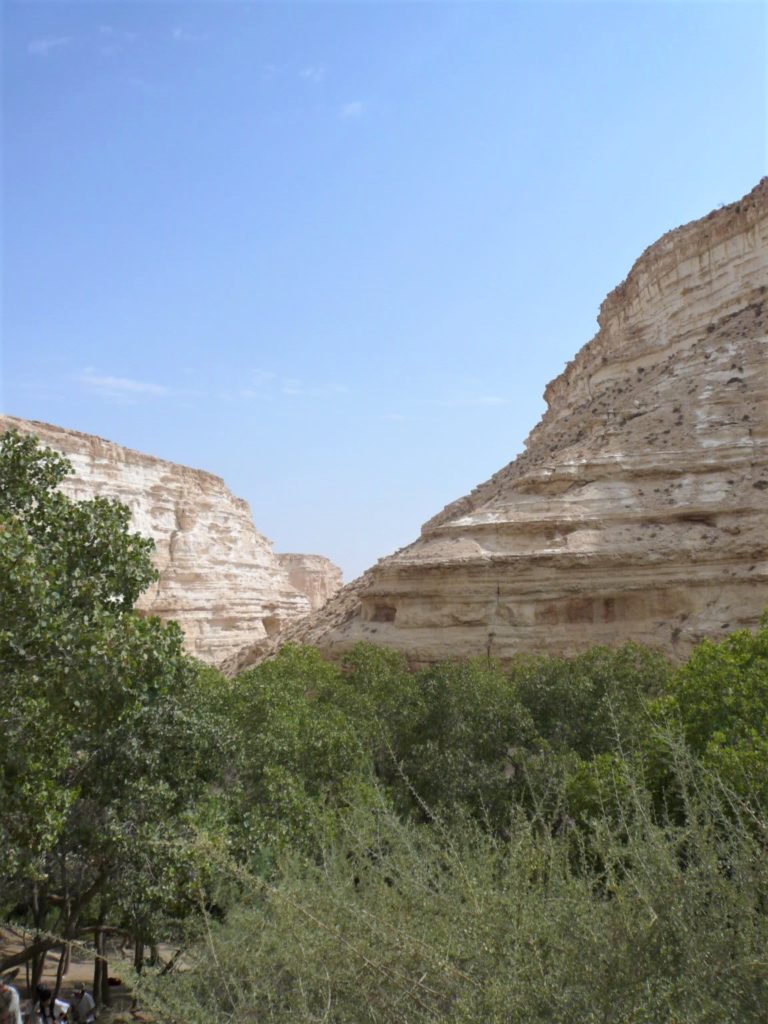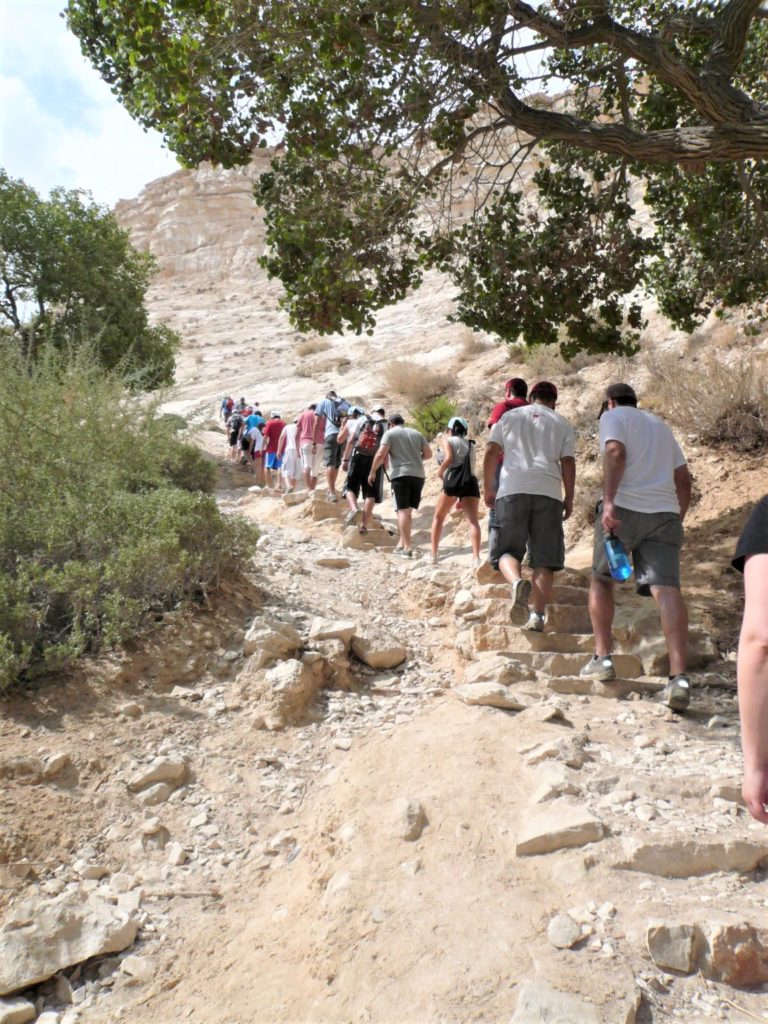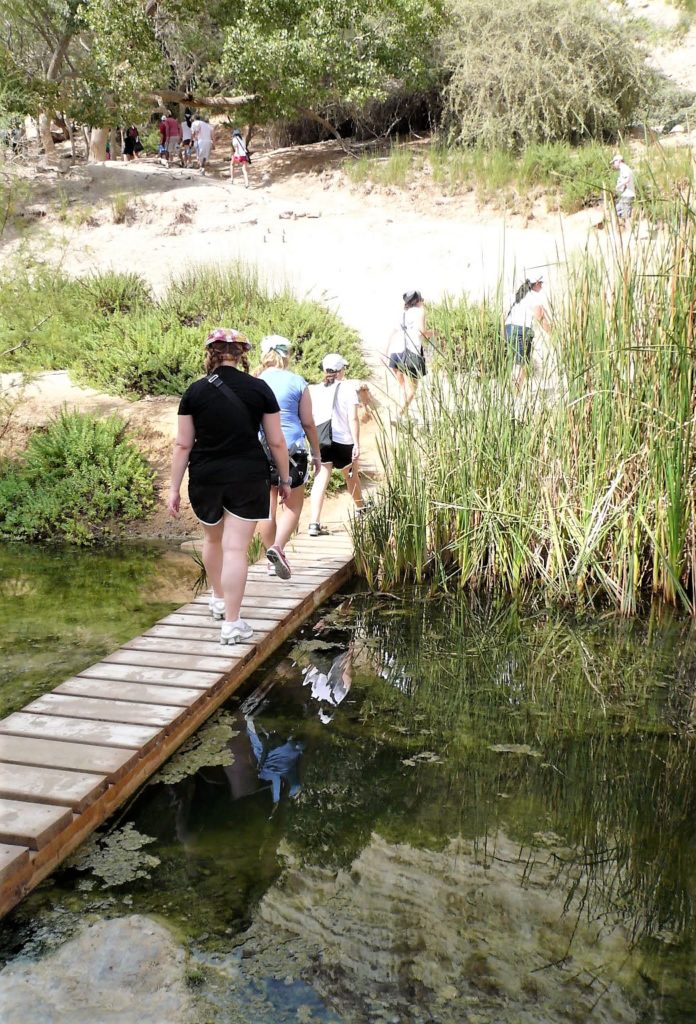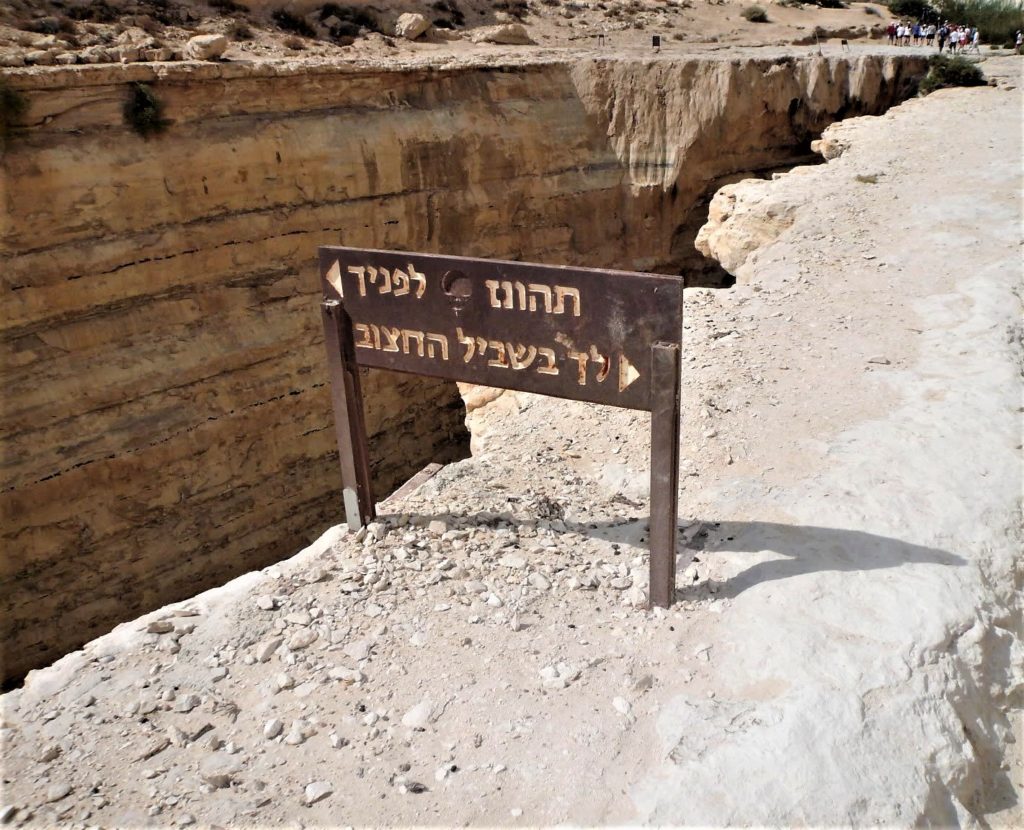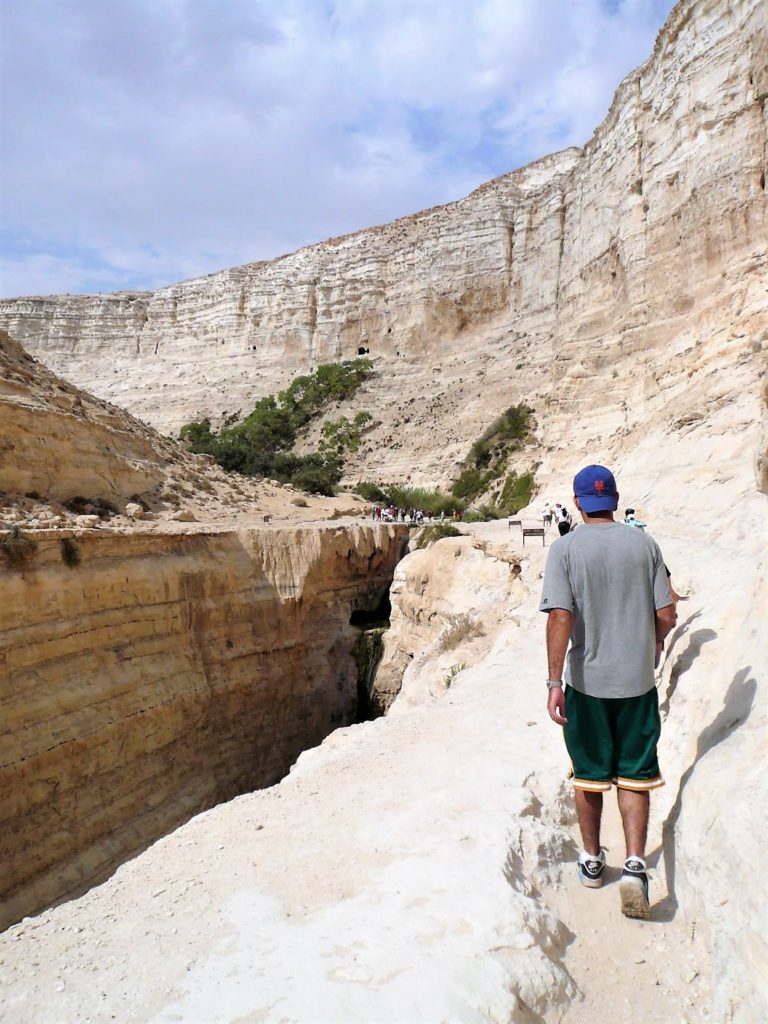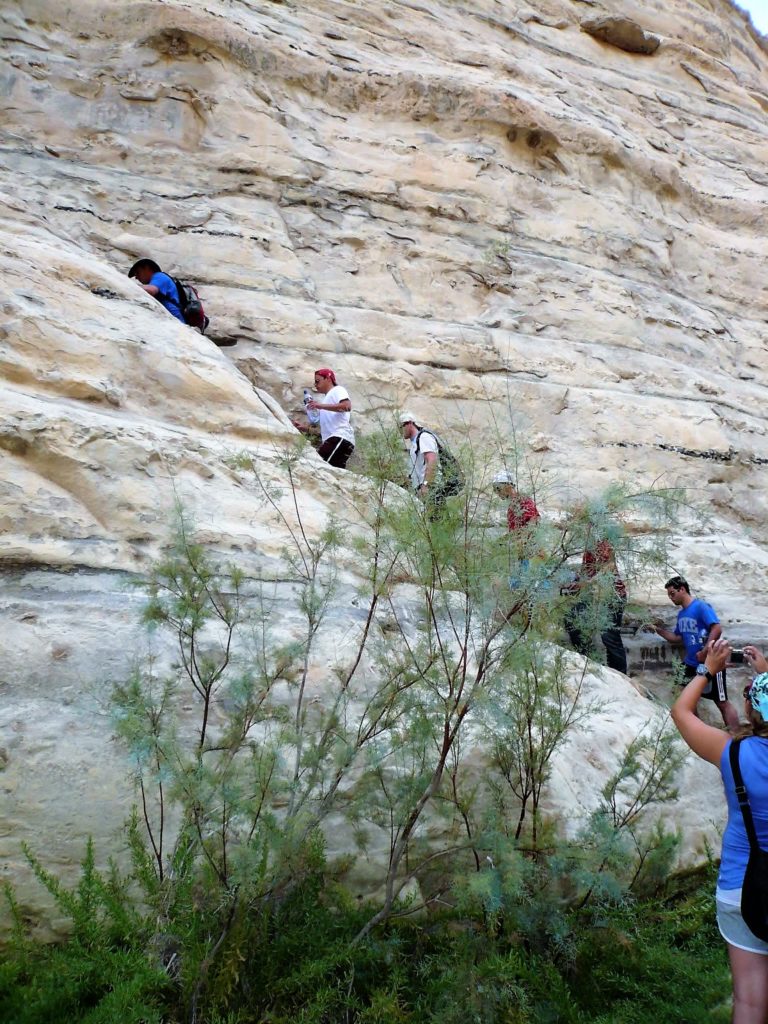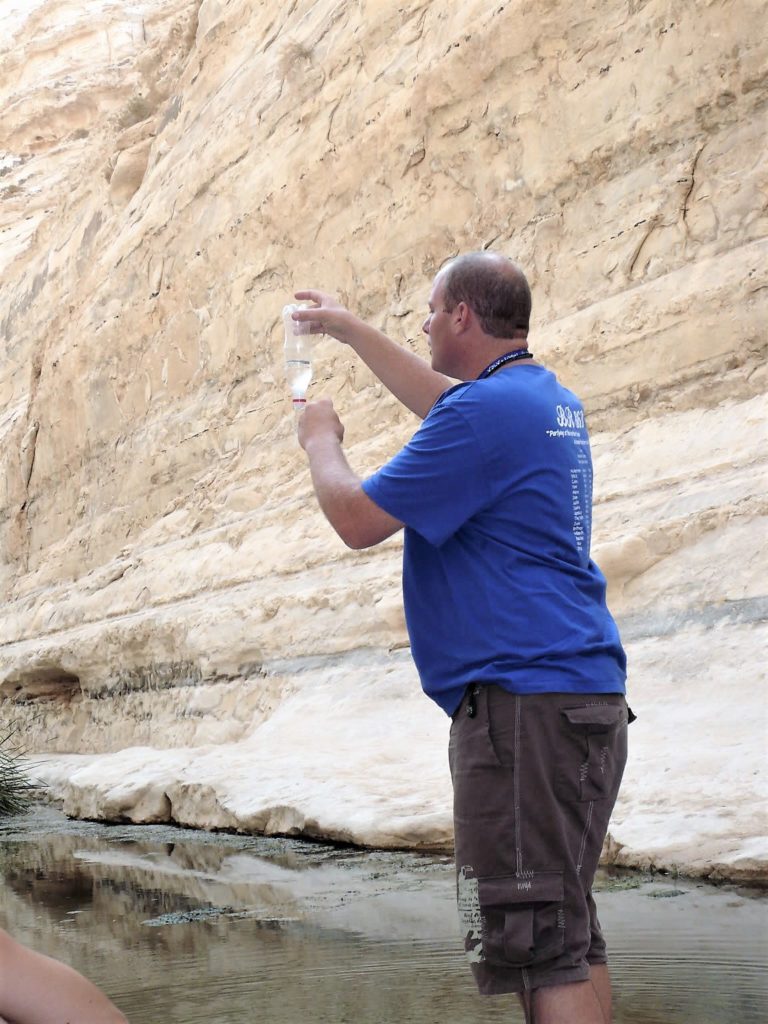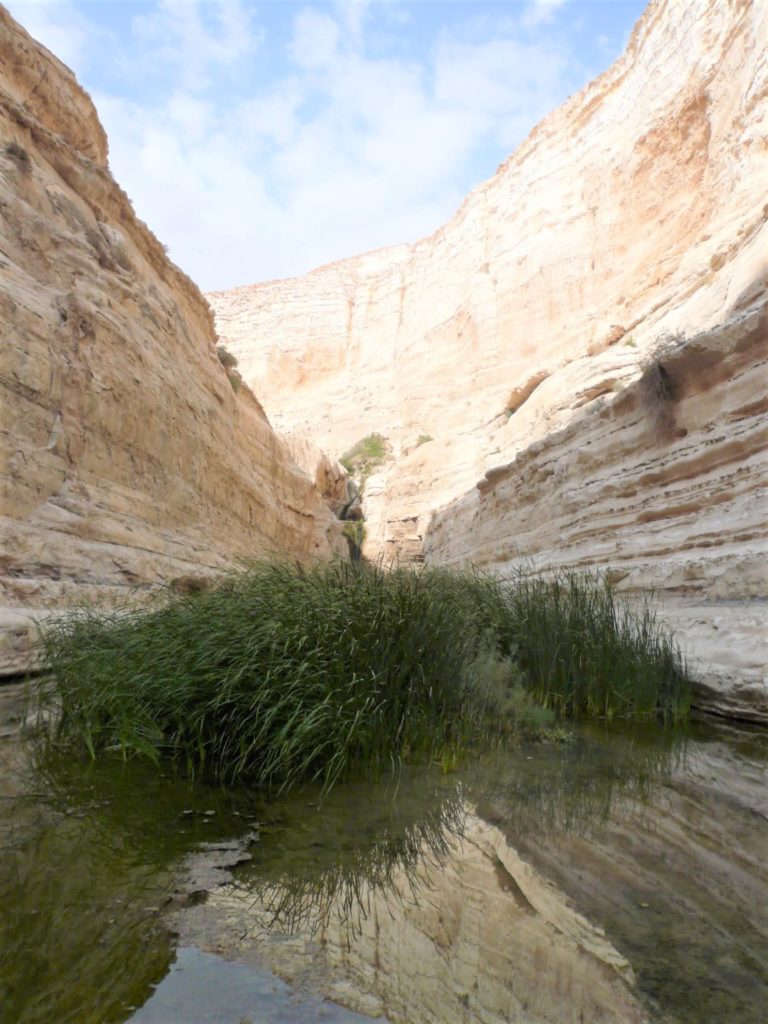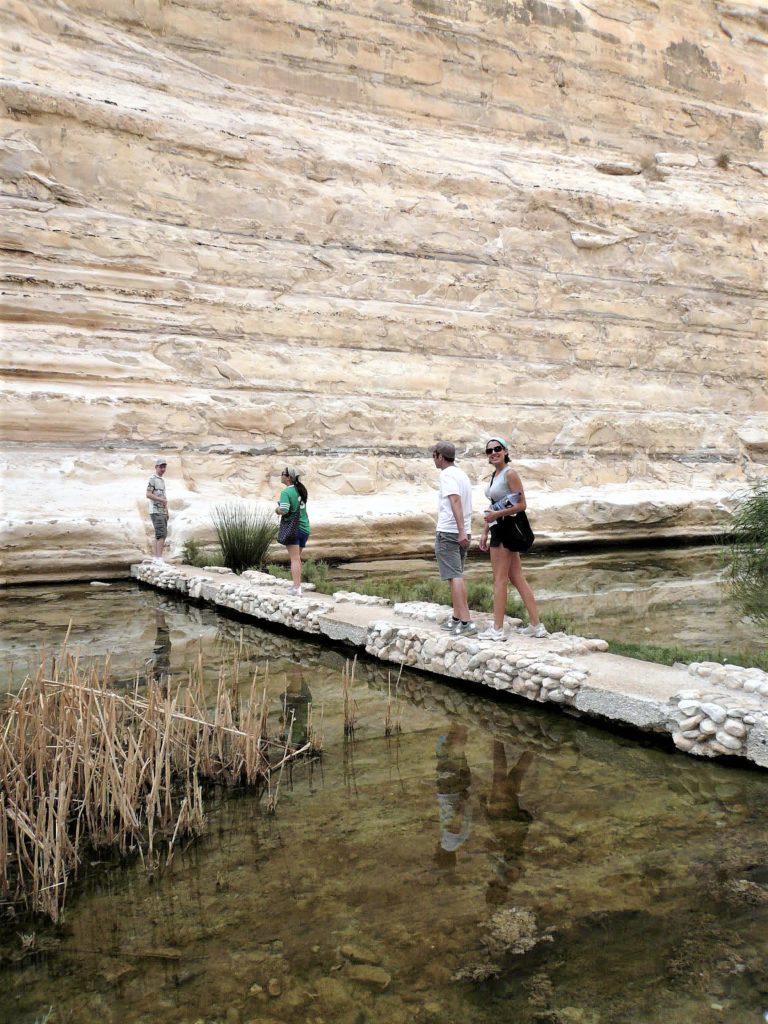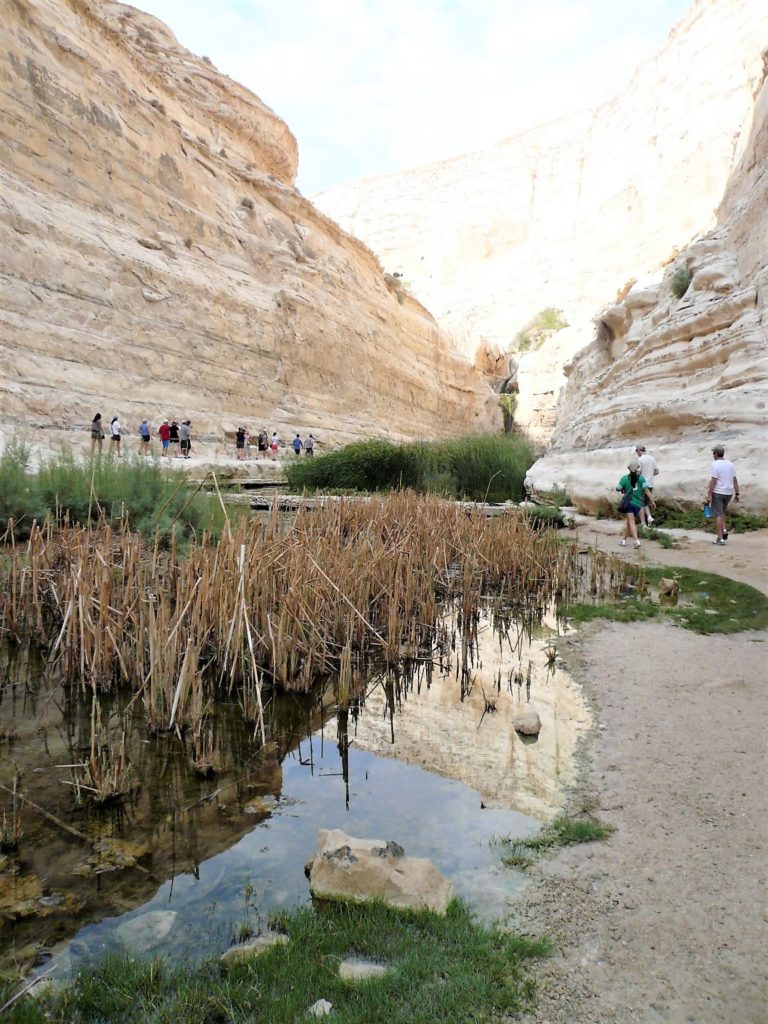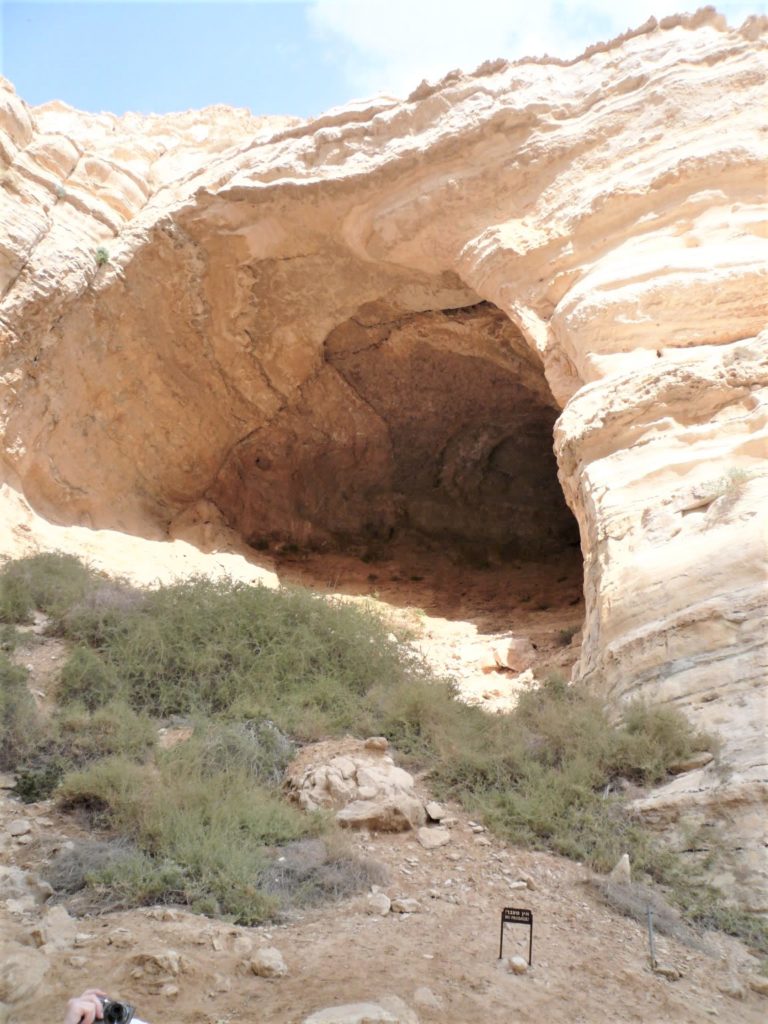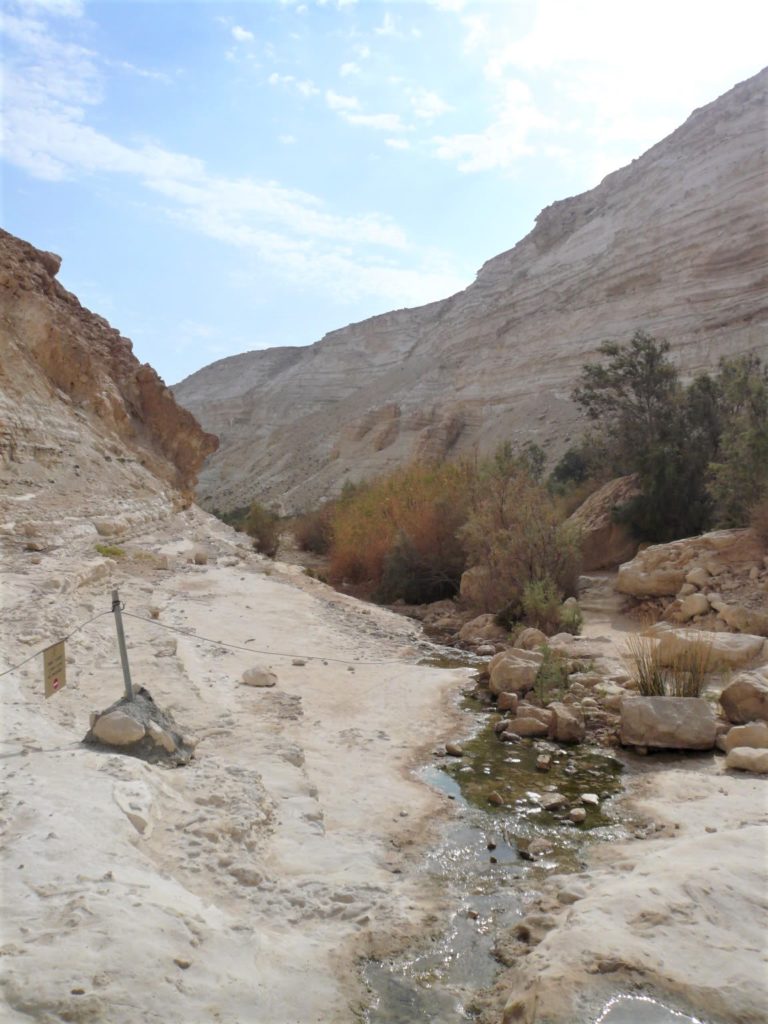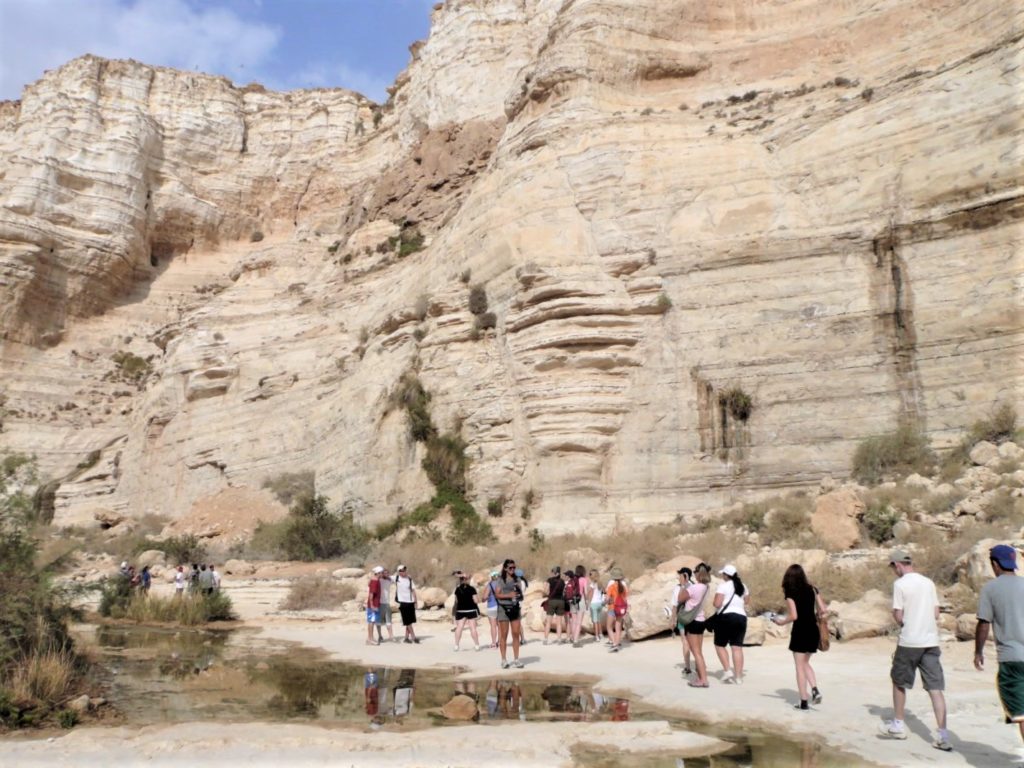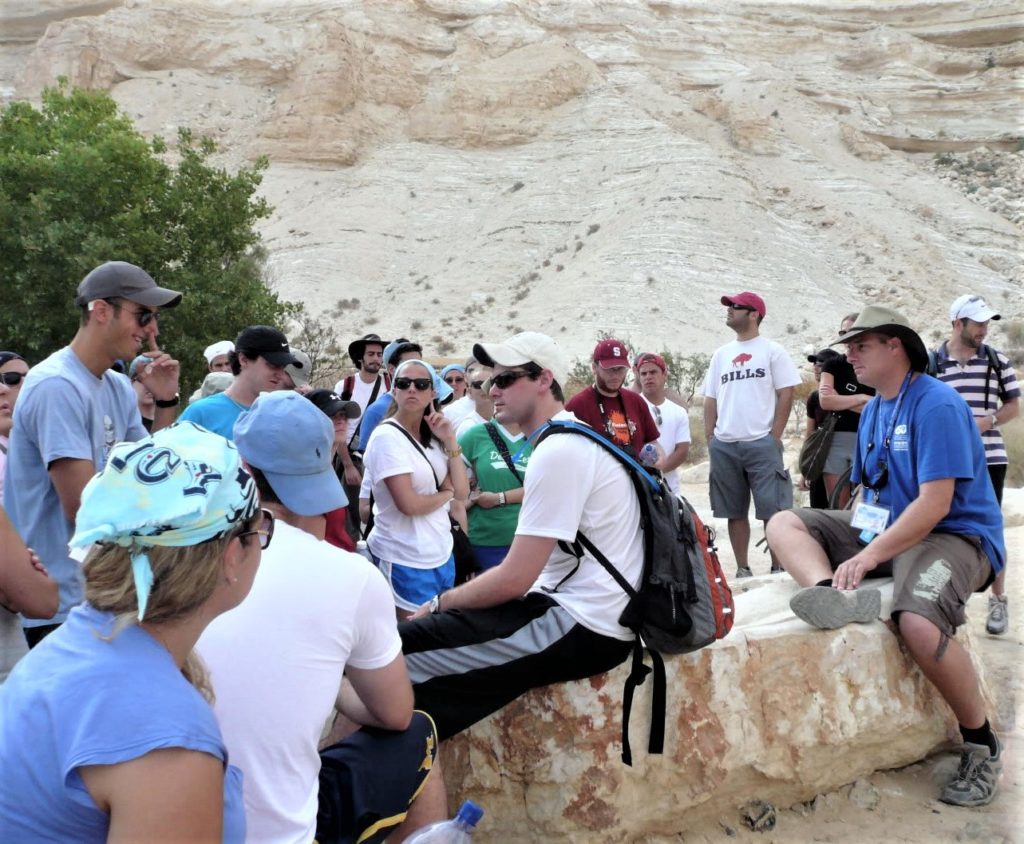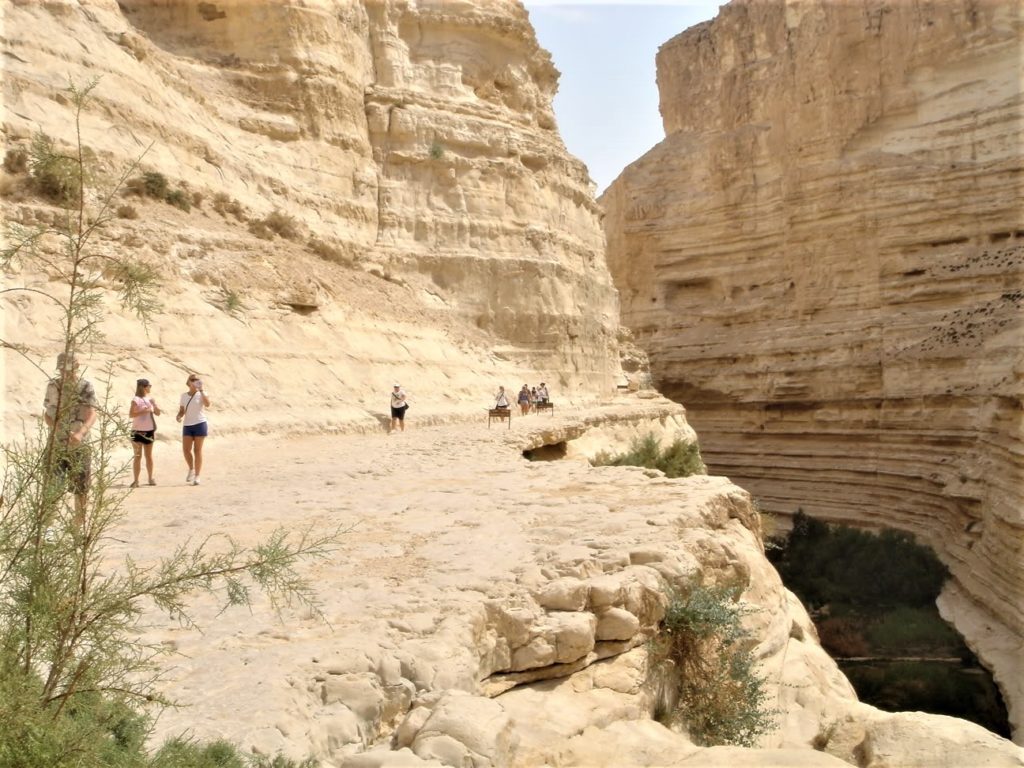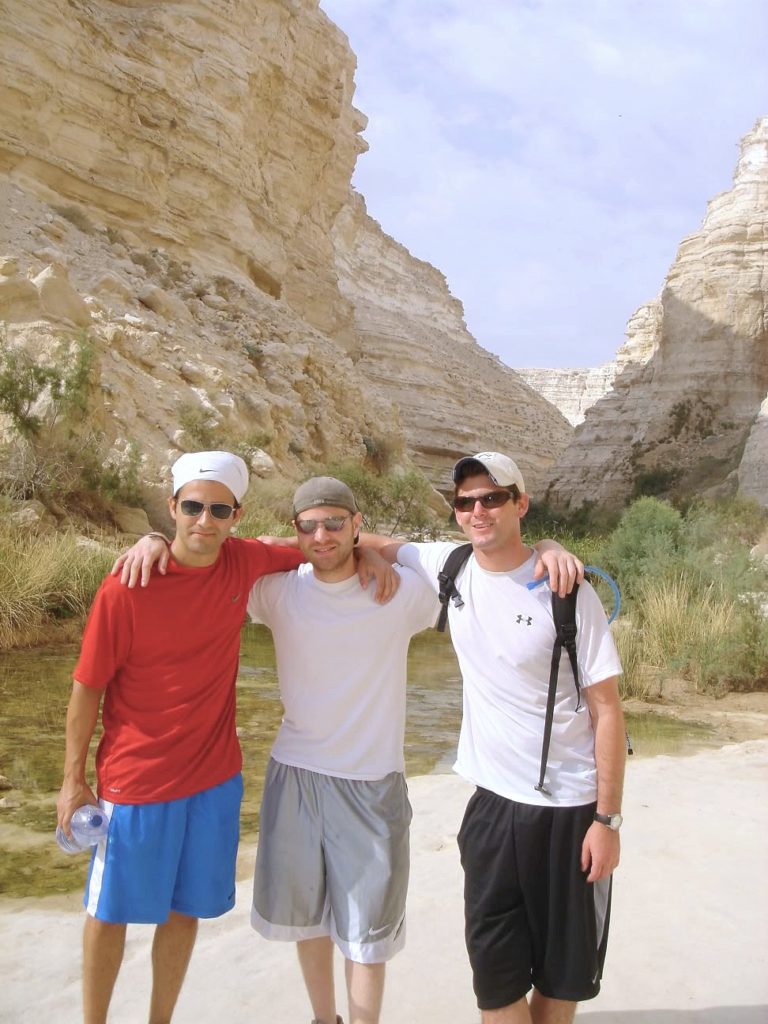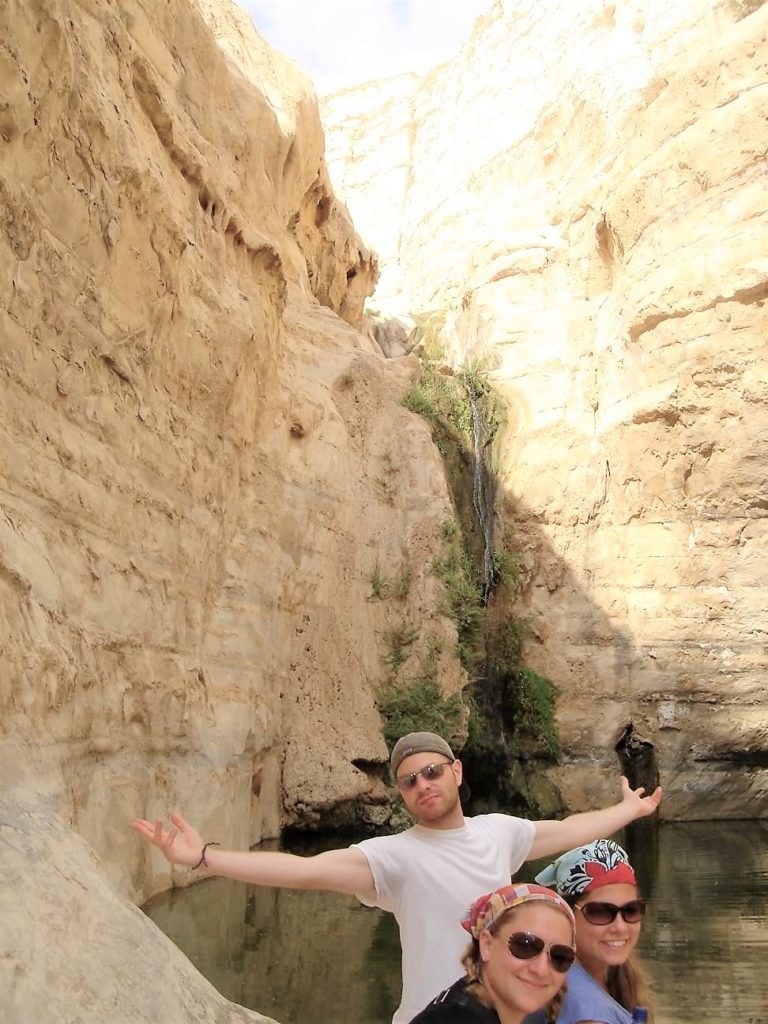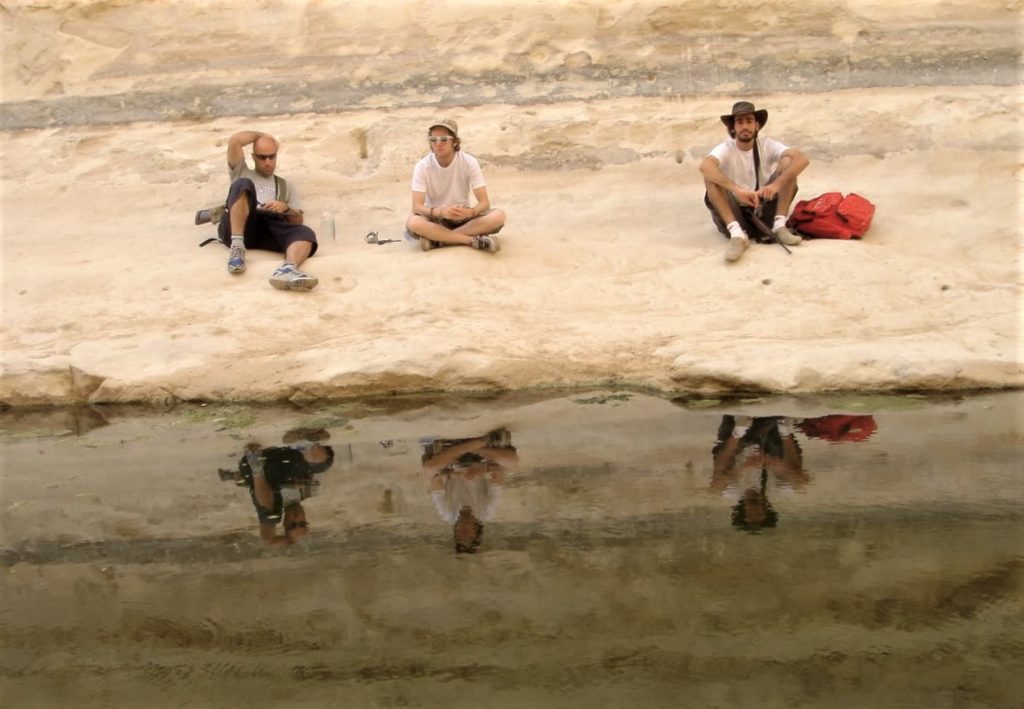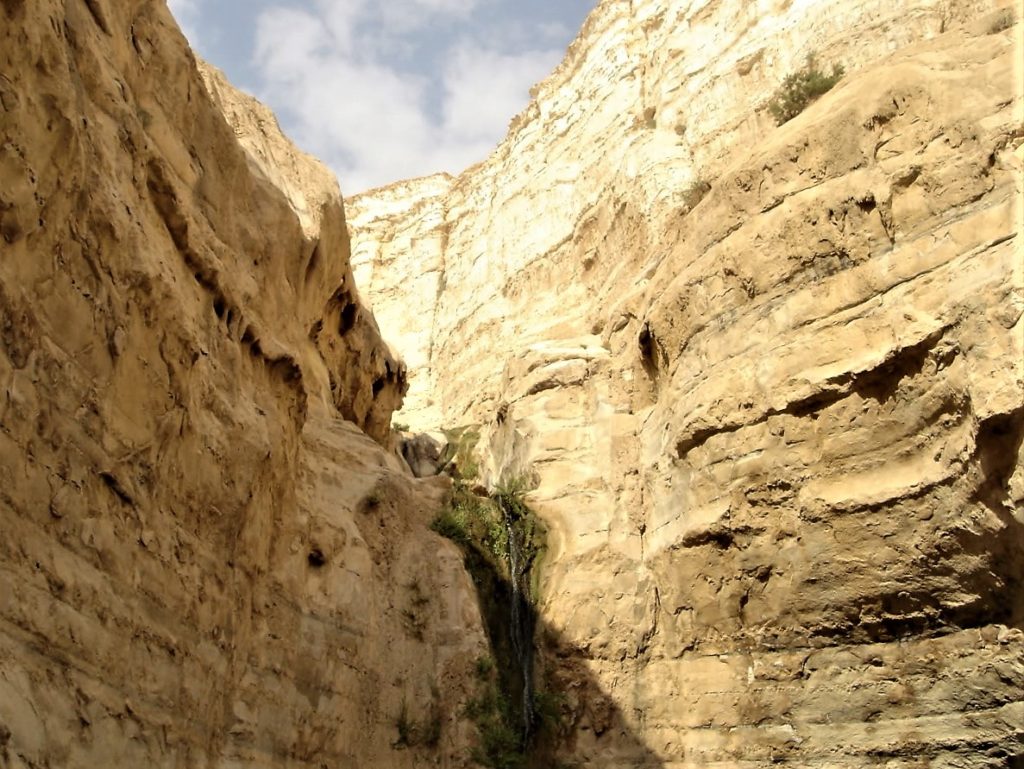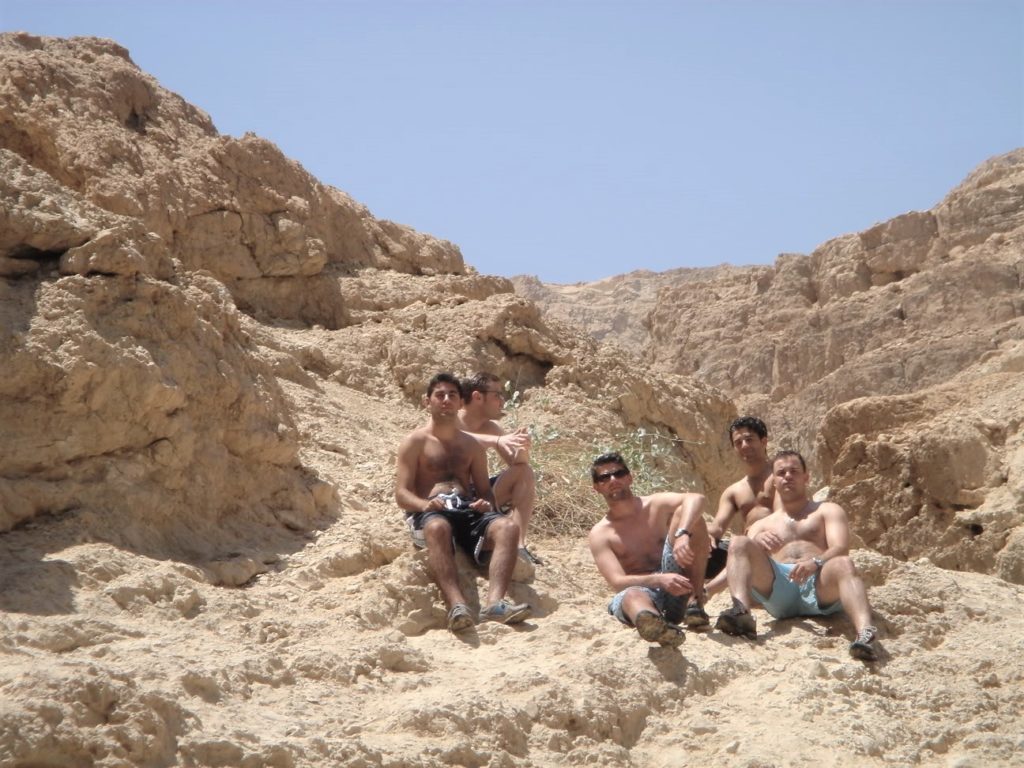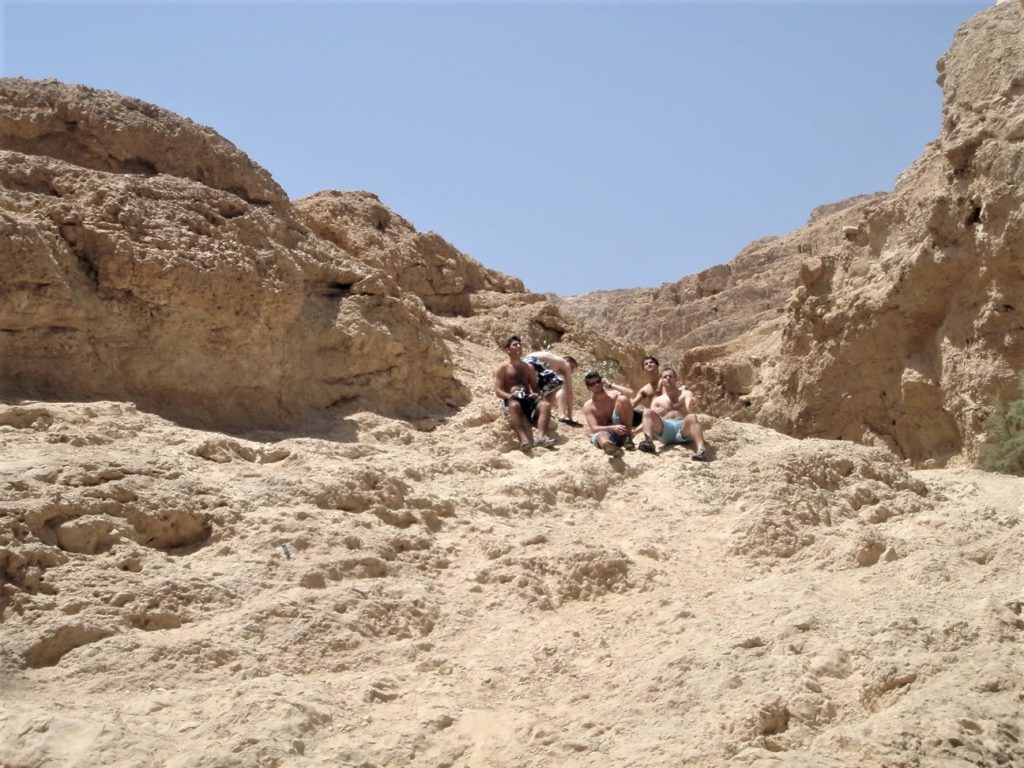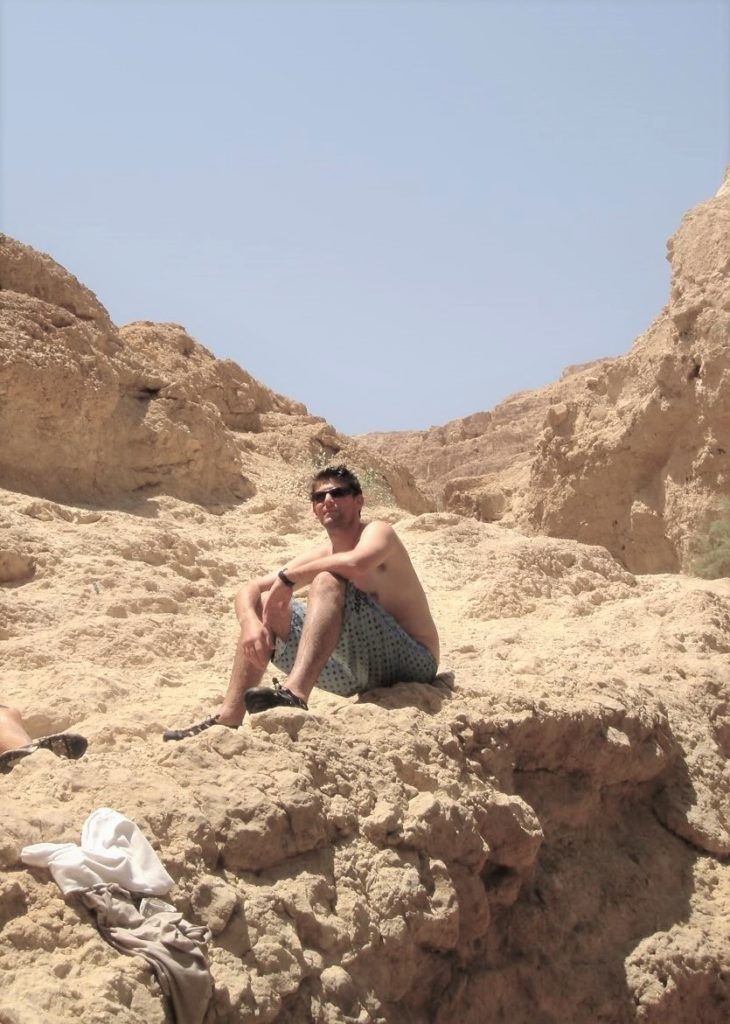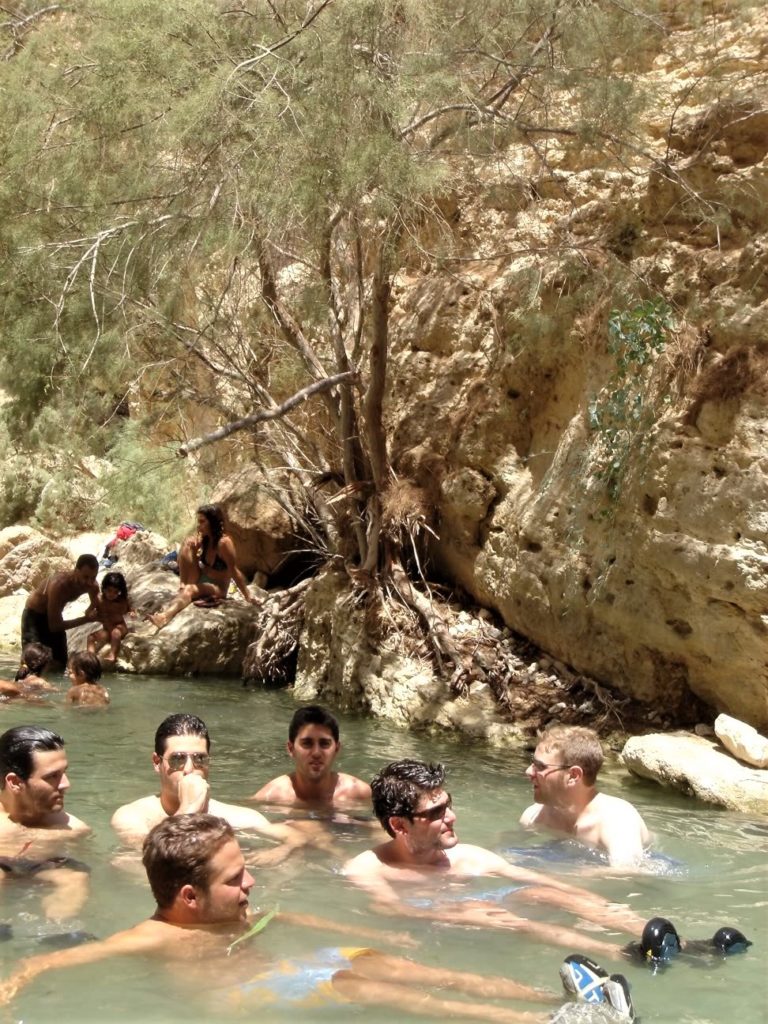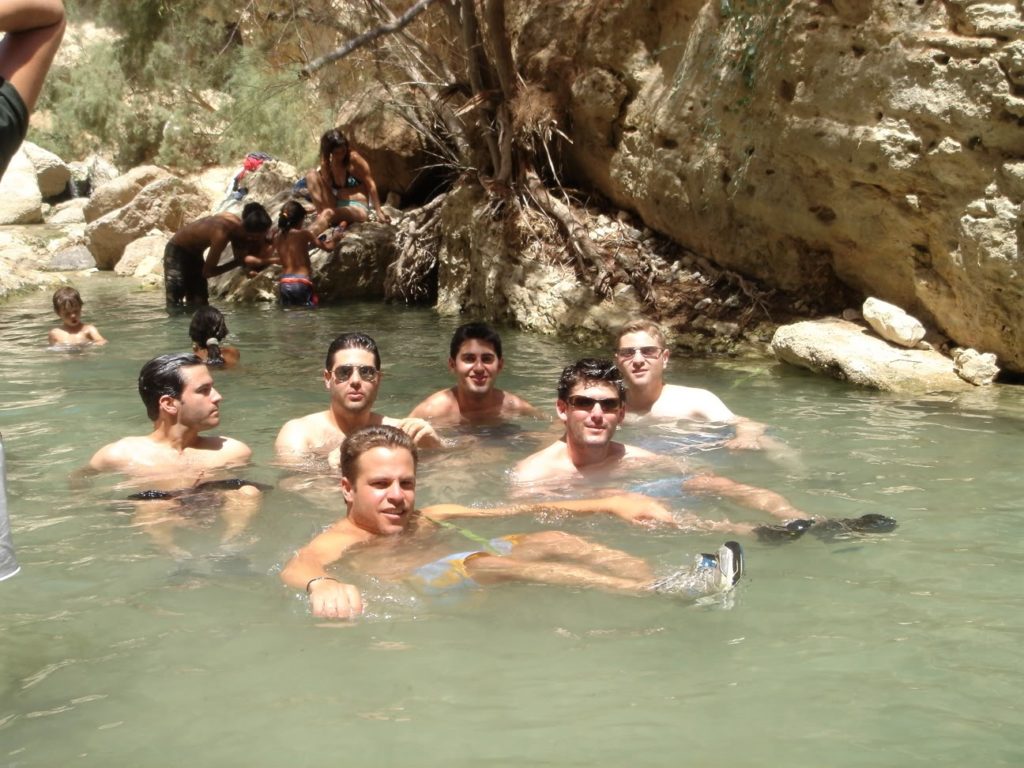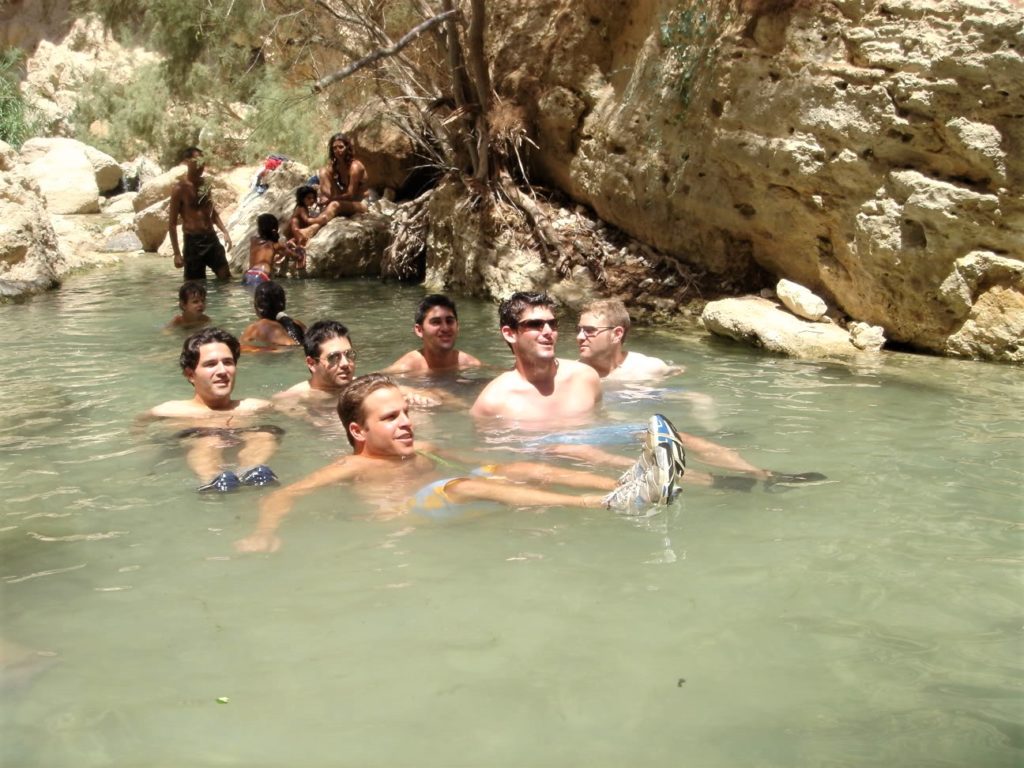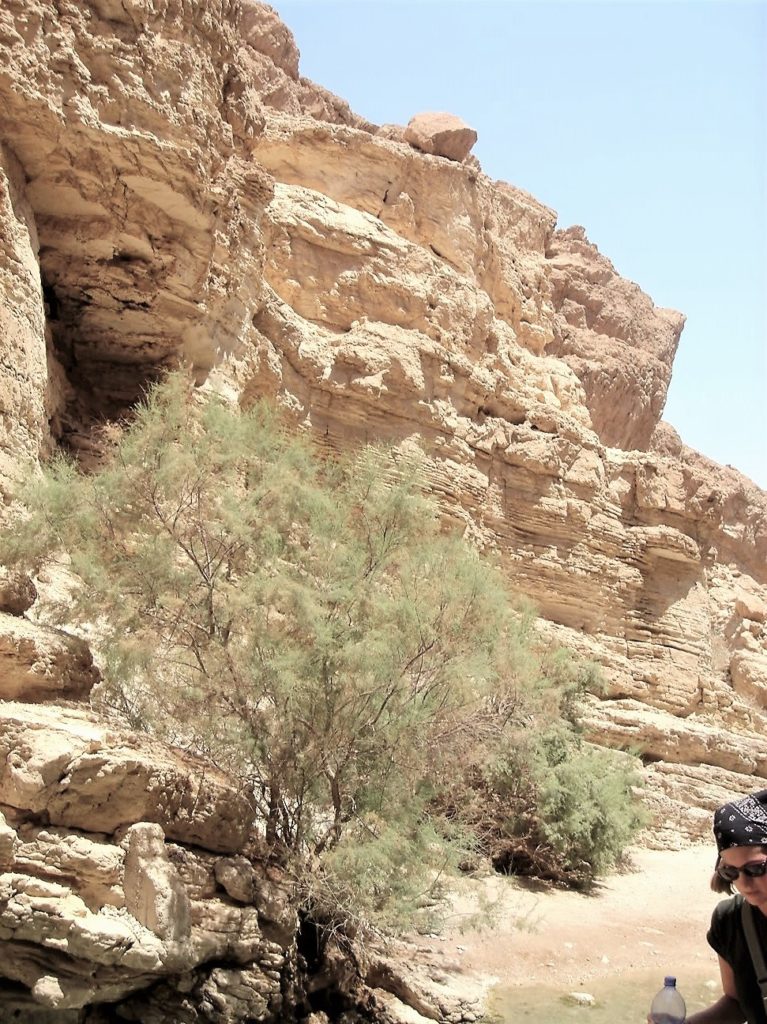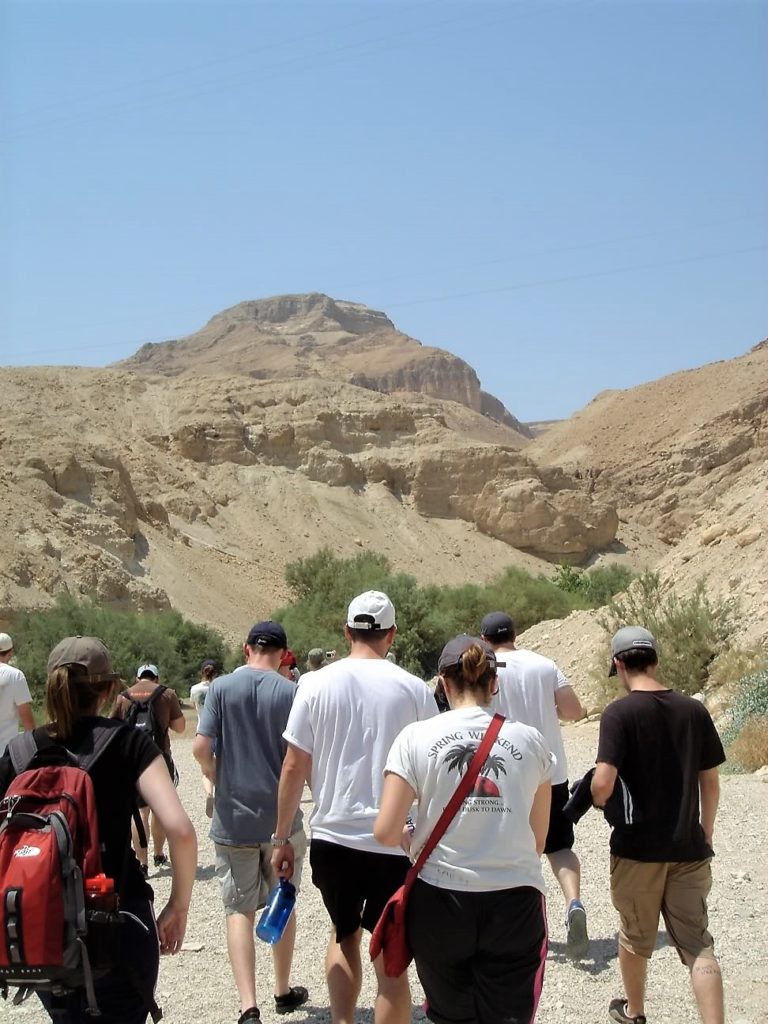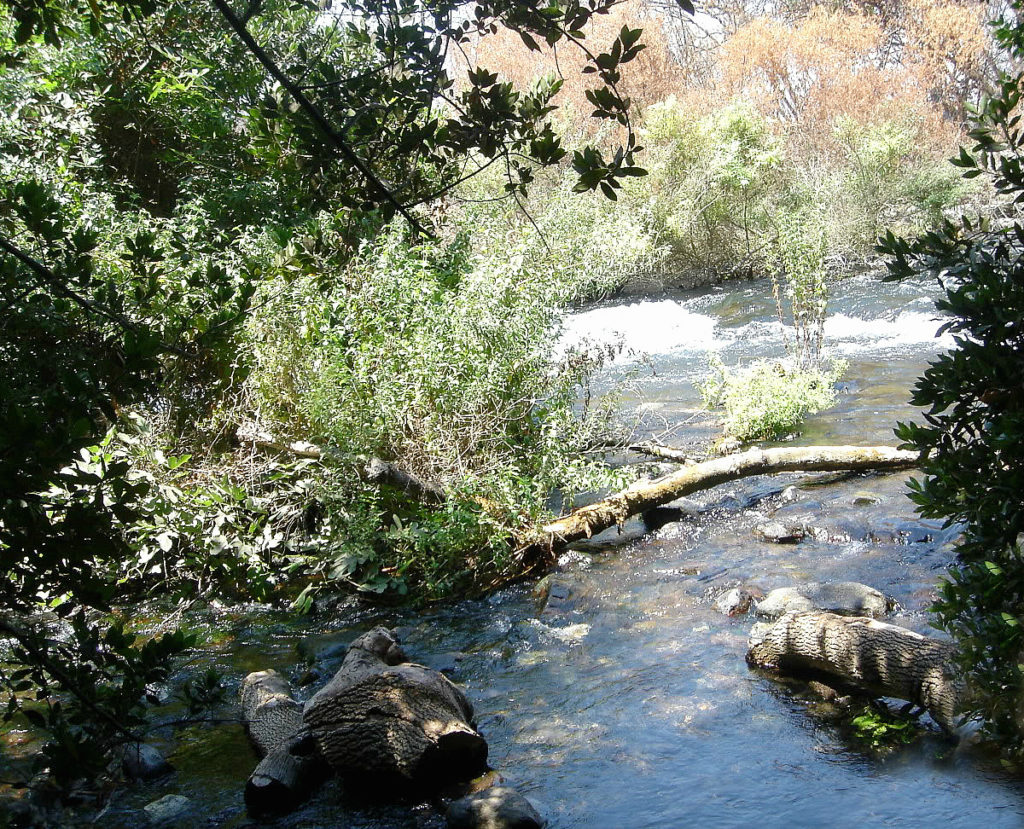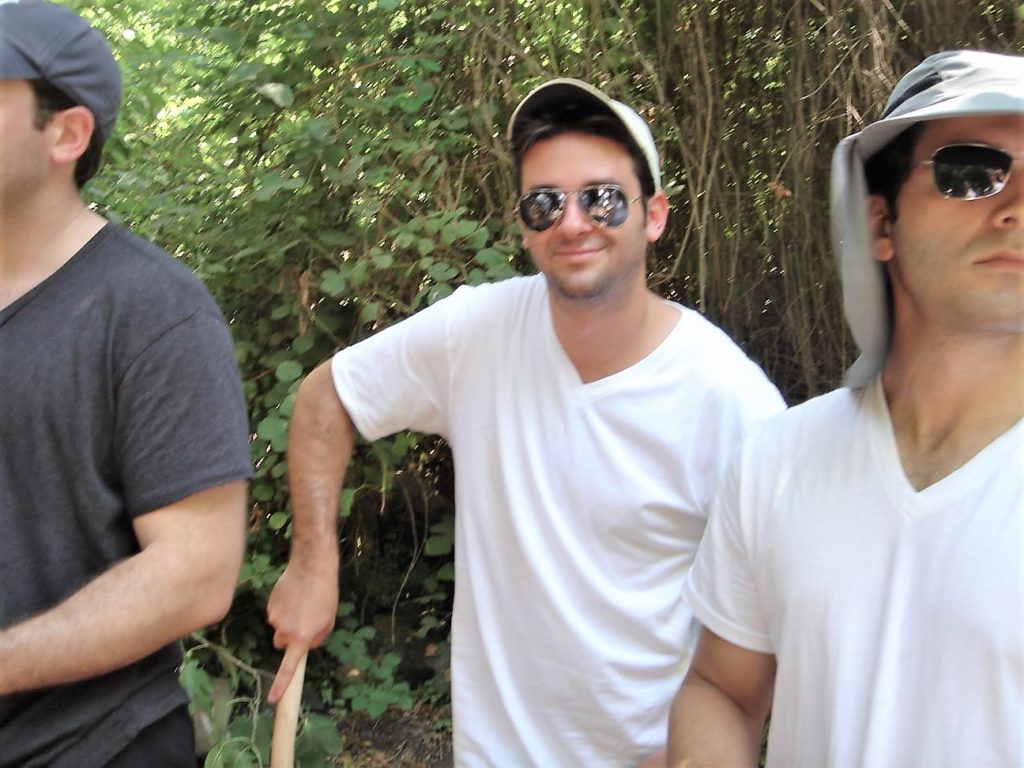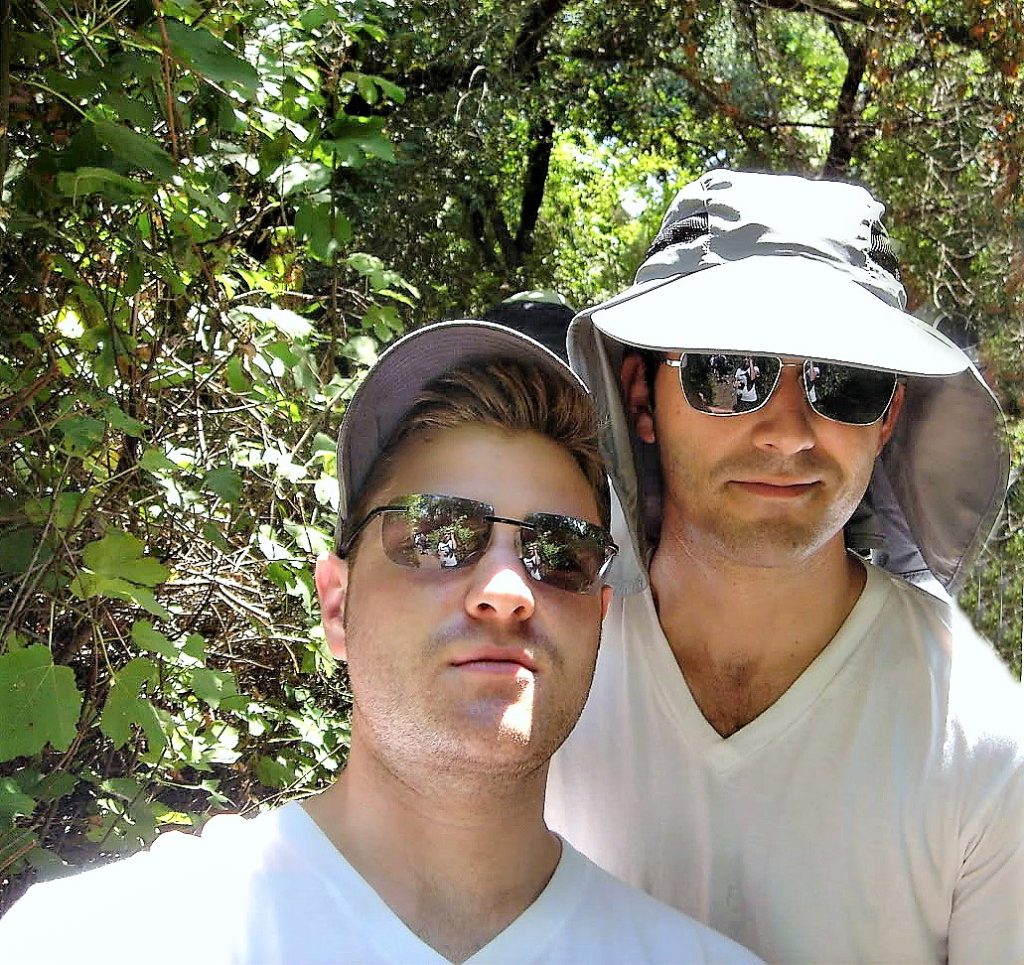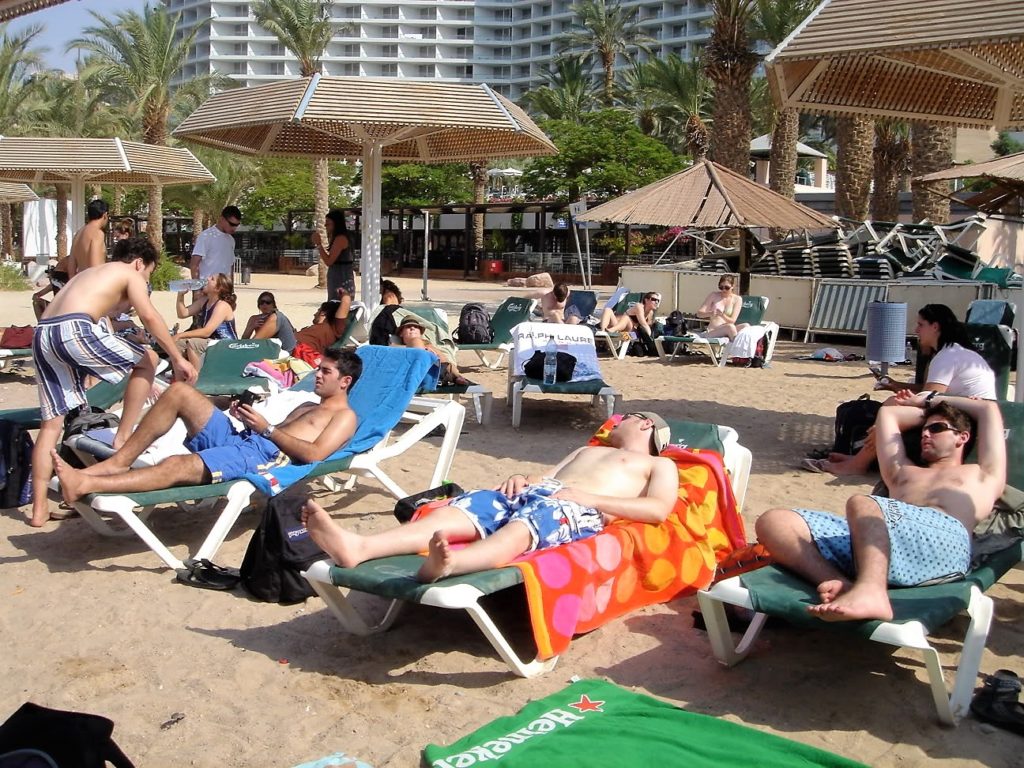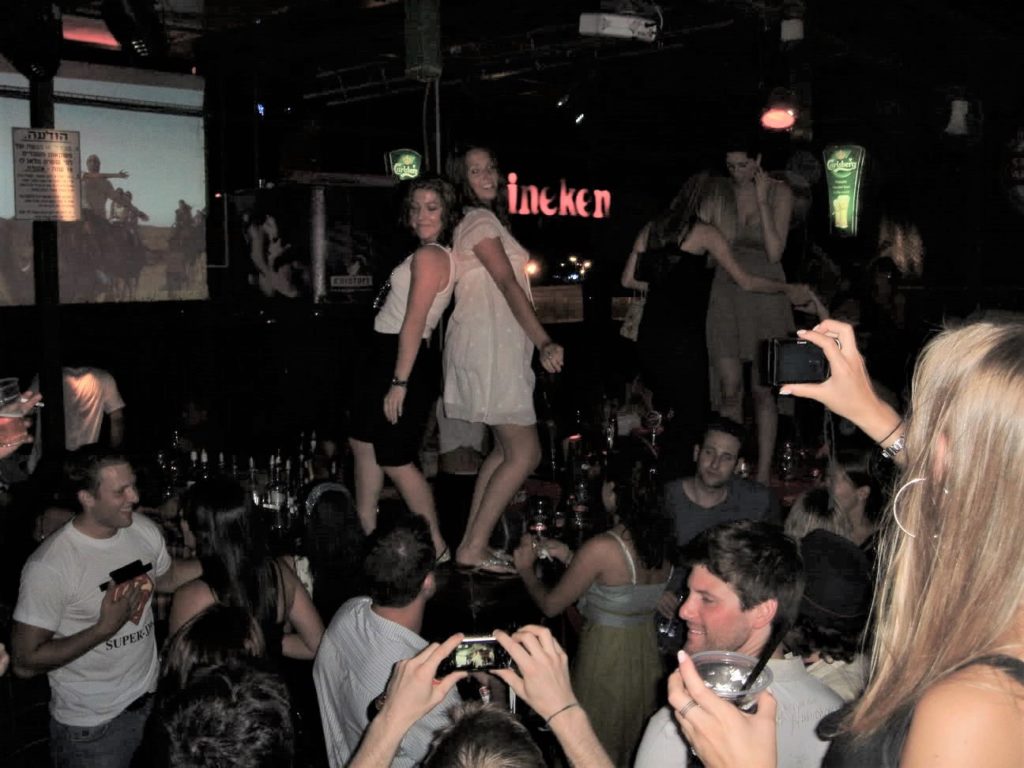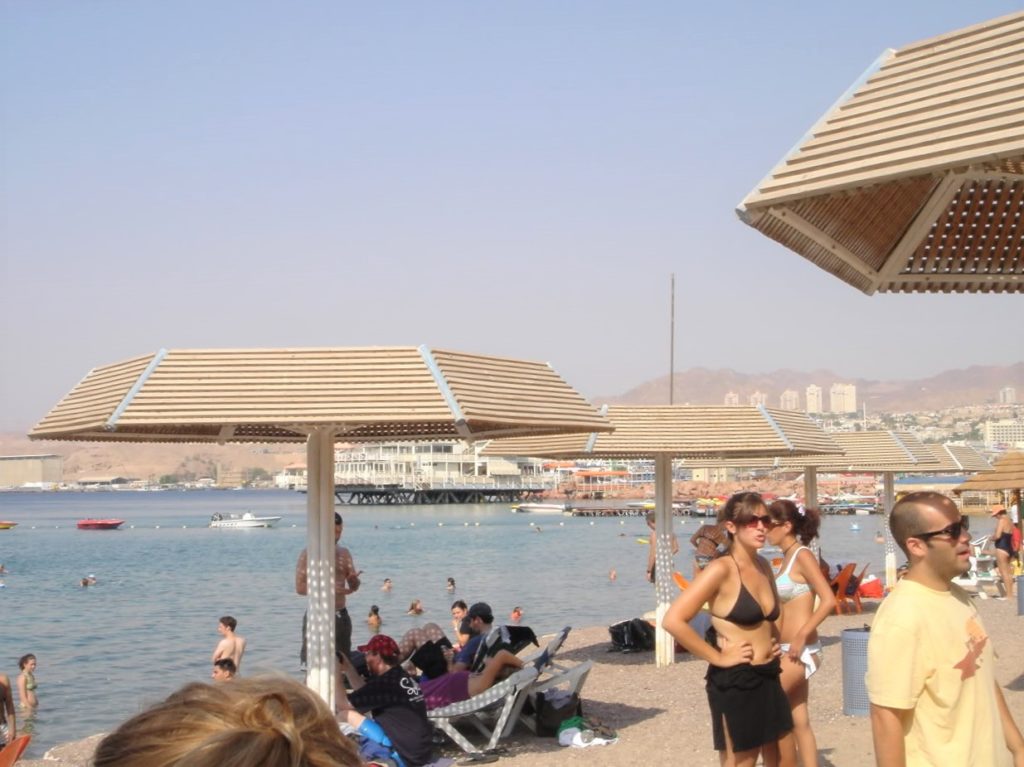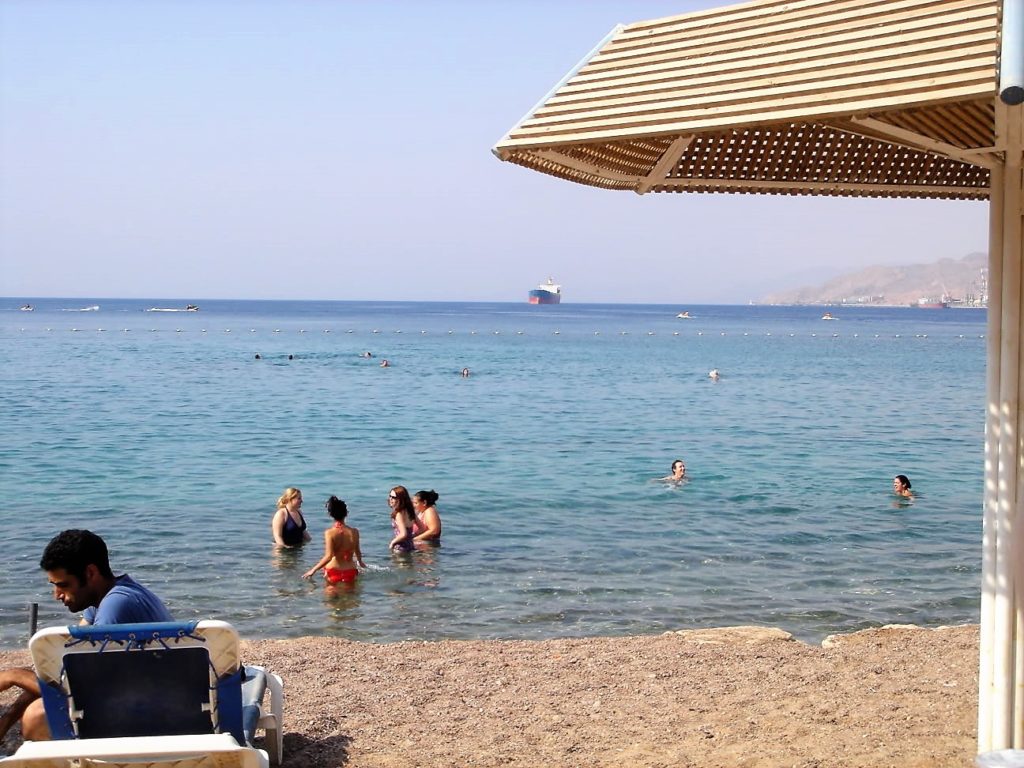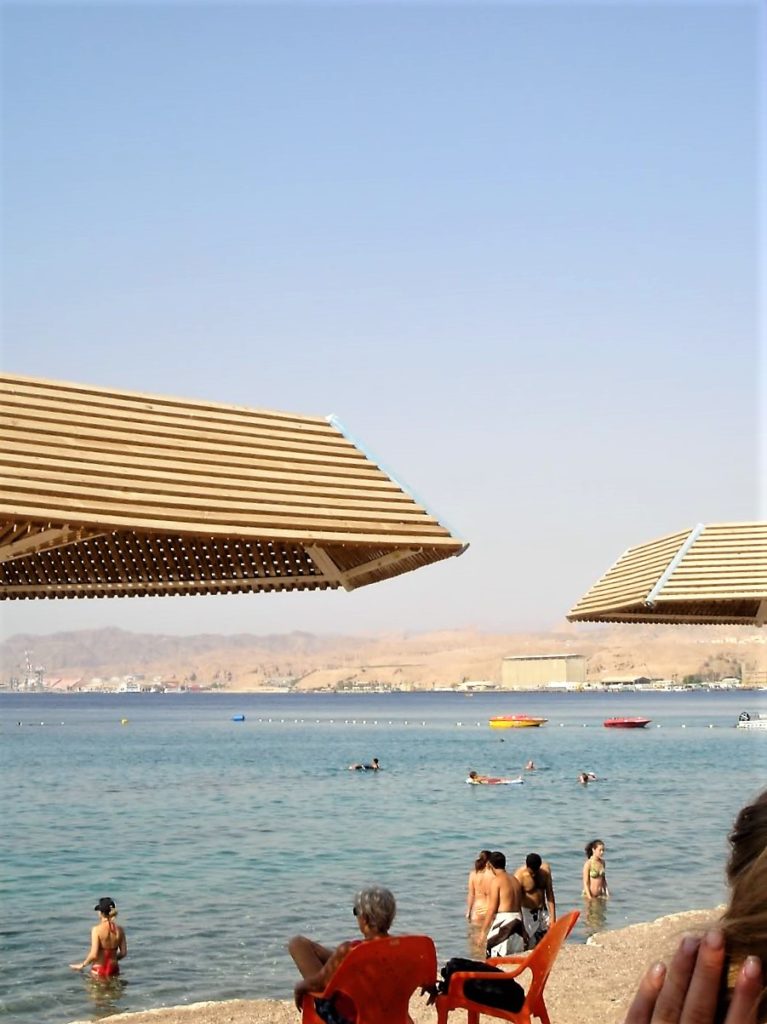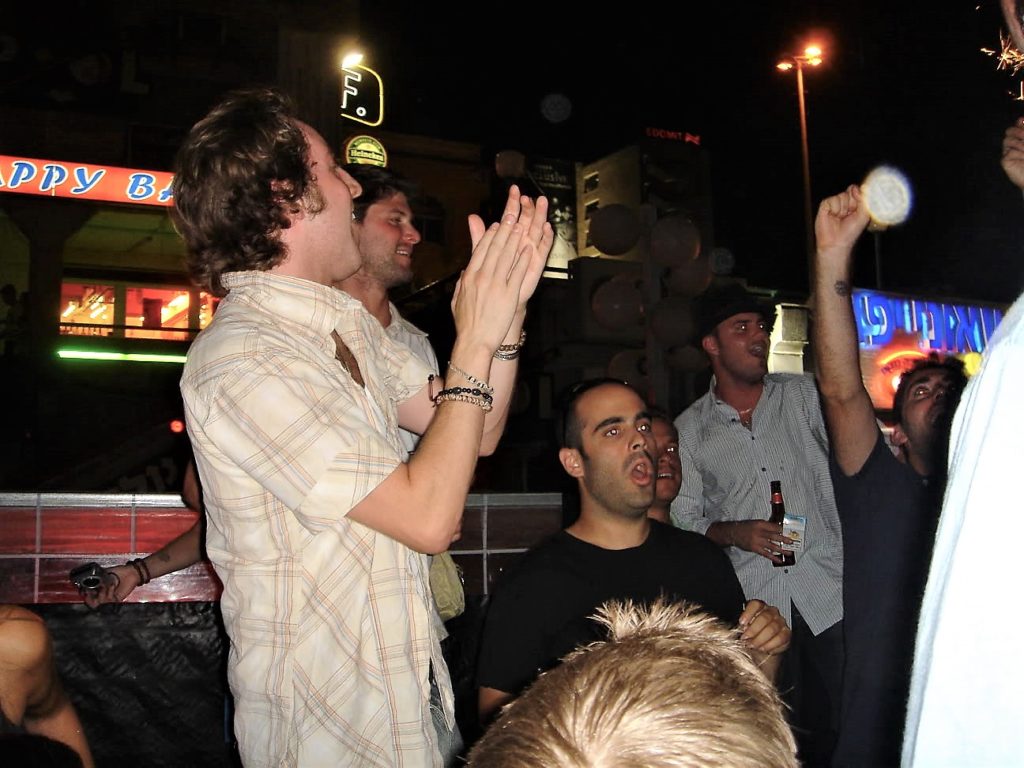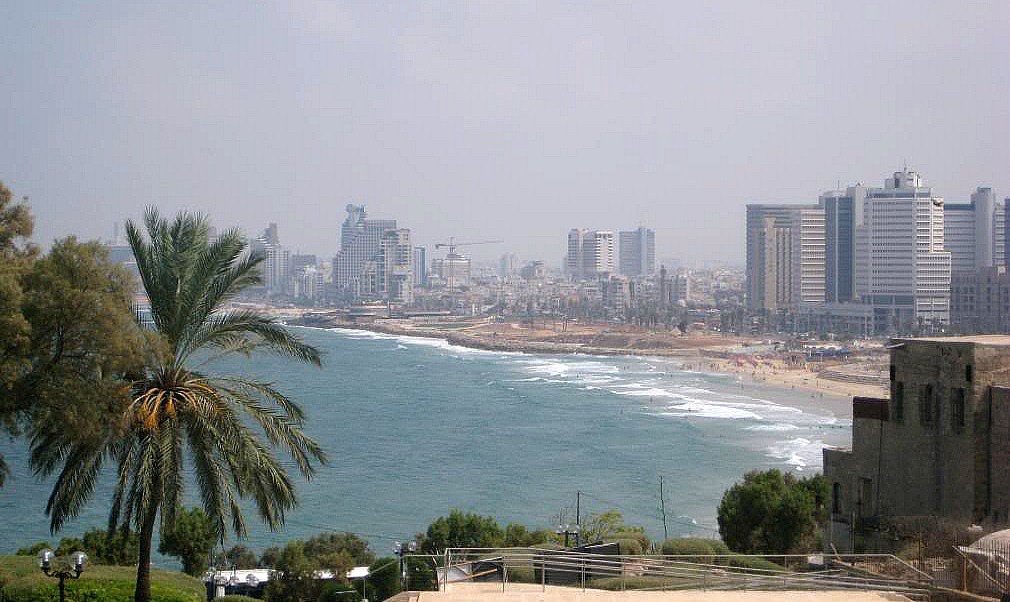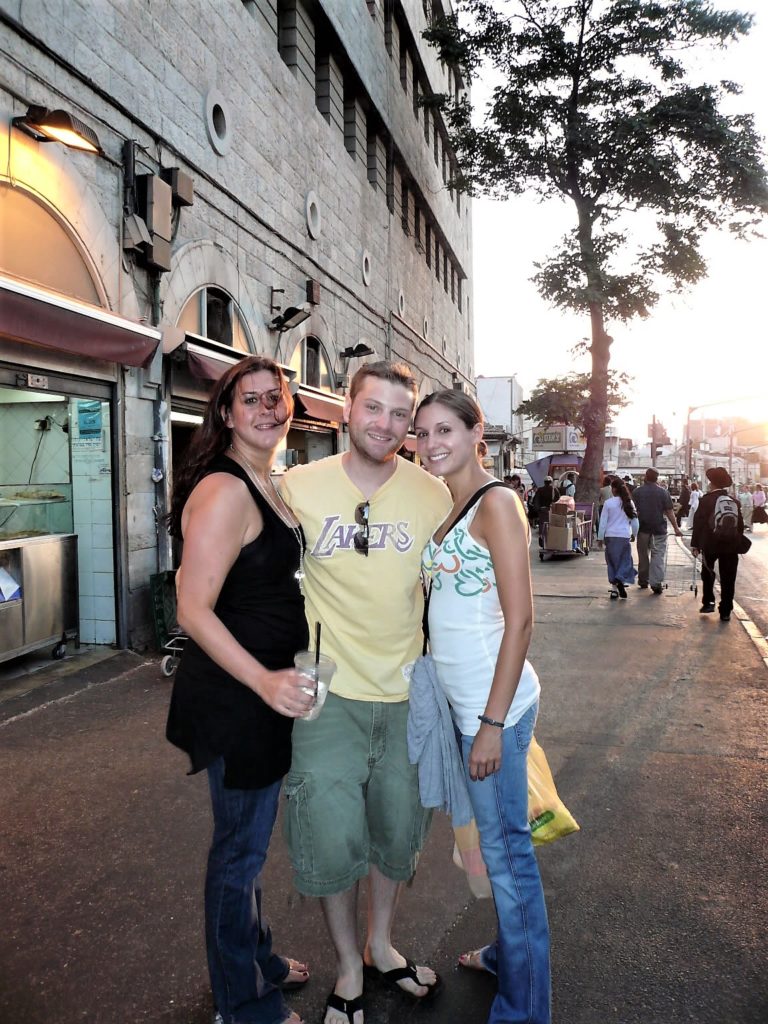August 14 – 26, 2008
Shalom! OR 658
Here is the information you’ve been waiting for! Print out this message and save it!
Your departure date is August 14, 2008. Your group is BR1018.
Click on a photo to enlarge photo.
Taglit-Birthright Israel: Orani
Click on a photo to enlarge.
In the summer of 2008, I was fortunate to go on my birthright trip to Israel with some of my best friends.
The nation of Israel was not born in the heart of man – it was conceived in the mind of God. He chose the land of Israel and found a man, Abraham, who was willing to leave everything familiar behind and travel to a place he did not know. (Genesis 12: 1 3)
THE OLD CITY OF JERUSALEM
The Western Wall, the Kotel, is the most significant site in the world for the Jewish people. Located in the Old City of Jerusalem we know that it is the last remnant of our Temple. Jews from around the world gather here to pray. People write notes to G-d and place them between the ancient stones of the Wall. It has also been called the “Wailing Wall” by European observers because for centuries Jews have gathered here to lament the loss of their temple.
CAESAREA
Caesarea is a city of the past and the future, the new opposite the ancient. Today, it is one of Israel’s major tourist attractions and an increasingly popular place for Israel’s elite to make their homes.
Caesarea (40km north of Tel Aviv) was the culminating vision of Herod the Great (37 b.c.–4 b.c.), who created a new, spectacular classical Roman city by the sea to rival Alexandria as the greatest metropolis of the Eastern Mediterranean. Since it had no natural port, he built a vast artificial harbor. On the empty sands, he constructed theaters facing the sea, temples, hippodromes, palaces, colonnaded avenues, and markets. A thousand years later, the city was reborn as a Crusader fortress, but after the Crusades, the ruins of the city were covered by sand and forgotten.
Today, the romantic ruins by the sea have become Israel’s most photogenic and lively archaeological site, dotted with great eateries smack dab in the middle of the ruins. Not far away is the ancient aqueduct that brought water to the ancient city of Caesarea, 9 kilometers.
KIBBUTZ
MOUNT BENTAL – GOLAN HEIGHTS
Mt. Bental is a dormant volcano located in the Golan Heights. In 1973 this area was the site of the Yom Kippur War between the Israelis and the Syrians, with Israel winning the fight over the land. Looking into Syria. The green pasture is Israel and off in the distance, the barren land is Syria.
Signpost on Mount Bental showing the different distances to Washington D.C., Jerusalem, Baghdad, Damascus, and other locations.
Inside the tunnel of abandoned army bunker in Golan Heights, Israel.
Flat metal cut-out statues of soldiers pointing machine guns at Israel Defense Forces stronghold on Mount Bental, Israel, close to the Syrian border.
SAFED
Safed is one of Judaism’s “four holy cities of Israel” along with Jerusalem, Hebron, and Tiberias. The term “four holy cities of Israel” was coined in the 16th century when these cities banded together for charitable purposes under the leadership of Rabbi Moshe Alshich, together with Rabbi Yosef Caro, Rabbi Yitzchak Luria, and Rabbi David ibn Zimra (Radbaz). The Ari Sephardic Synagogue, the oldest synagogue in Safed, was built in the sixteenth century on the northern edge of the Sephardic neighborhood.
MASADA
The siege of Masada was one of the final events in the First Jewish–Roman War, occurring from 73 to 74 CE on and around a large hilltop in current-day Israel.
“When you glance at it from the highway, Masada looks much like any other mountain in the Judean desert. Yet it was on these heights, and in the middle of this dreary landscape, that King Herod the Great erected a luxurious desert fortress. And it was here, as well, that a group of besieged and desperate Jews fought the Romans with inhuman valor, then placed their belongings in a corner, set each pile afire, and committed a well-publicized mass suicide.”
Sunrise at Masada
Sunrise at Masada is distinct and separate from first light. As the sun slowly rose in the east, the valley below and the Dead Sea lit up.
“Masada is also an archaeological site of great significance. The remains of Herod’s palaces are outstanding and very intact examples of this type of architecture, whilst the untouched siegeworks are the finest and most complete anywhere in the Roman world.”
https://whc.unesco.org/en/list/1040/
https://www.timesofisrael.com/masada-tragic-fortress-in-the-sky/
THE DEAD SEA
The Dead Sea, known in Hebrew as Yam Ha-Melakh (the Sea of Salt) is the lowest point on earth, surrounded by the stunning landscape of the Negev Desert. No fish can survive in the salty waters.
The Dead Sea is part of the long border between Israel and Jordan whose towering mountains can be seen from the Israeli side, part of the Judean and Negev deserts. Just a one-hour drive from Jeruselum. People cover themselves in the mineral-rich mud and float in the salty waters at its beaches. The slaty waters are known to have healing properties.
THE NEGEV
The Negev desert is a vast and sparsely populated piece of land which accounts for over half of Israel’s Area.
Avdat National Park
EIN GEDI
The oasis of Ein Gedi is a strip of three miles along the steep slopes of the Judean Desert curving down to meet the western coast of the Dead Sea.
EILAT
The beaches in Eilat run along the Red Sea from the Jordanian border on the Northeast to the Egyptian border on the Southwest around Eilat Bay. The northern end features most of the swimming beaches set in front of large luxurious hotels while the southern end is where you will find the best coral reefs and most of the scuba and skin diving.

